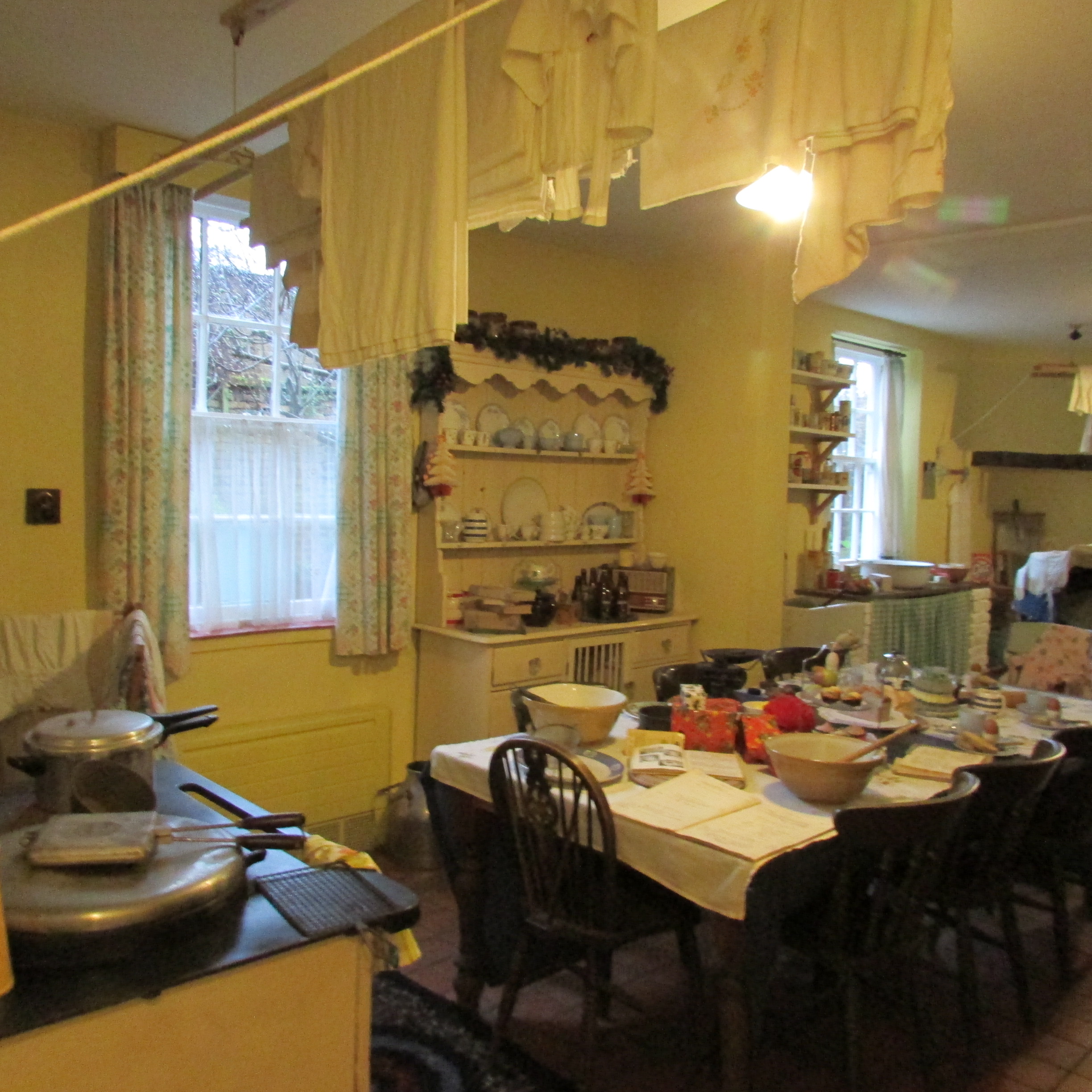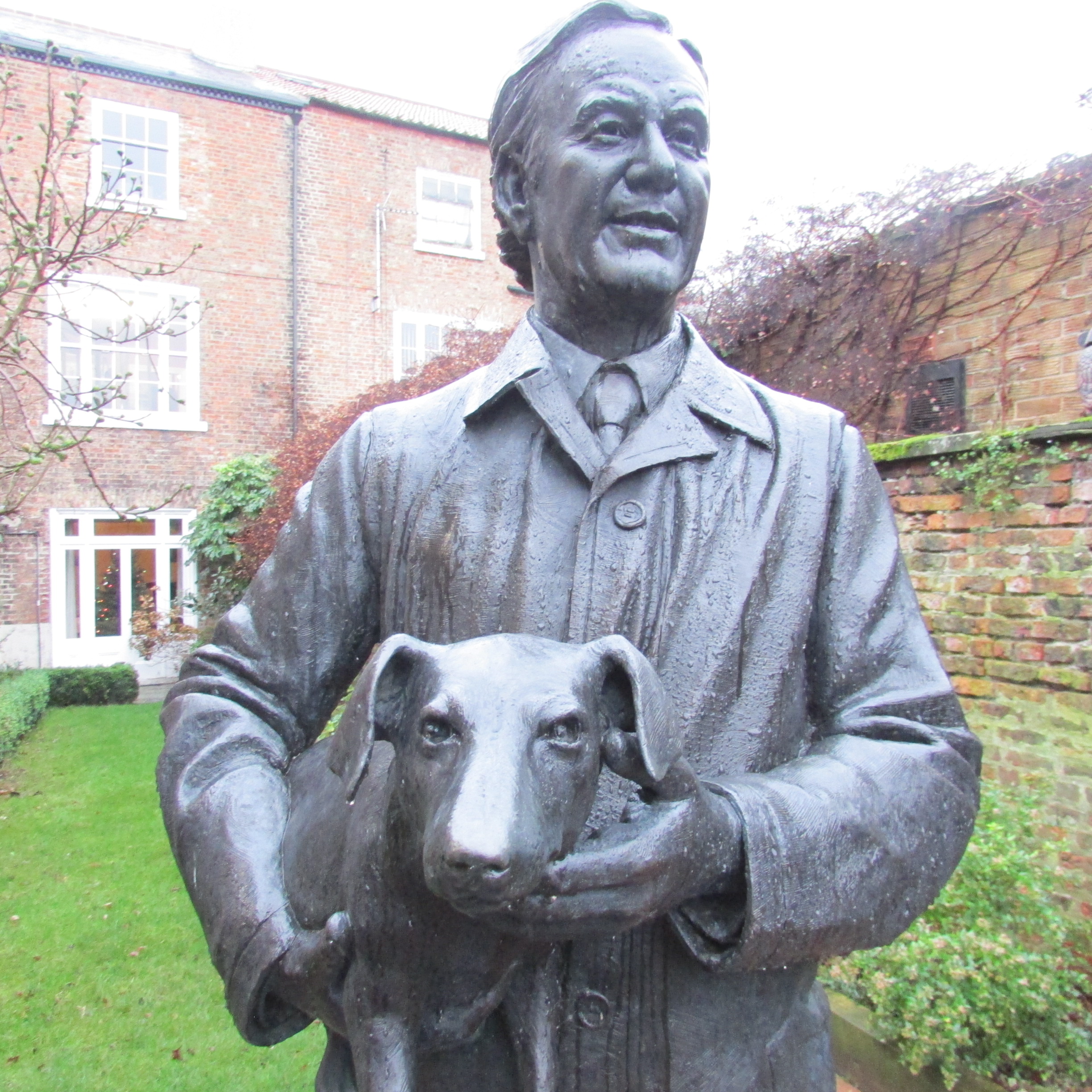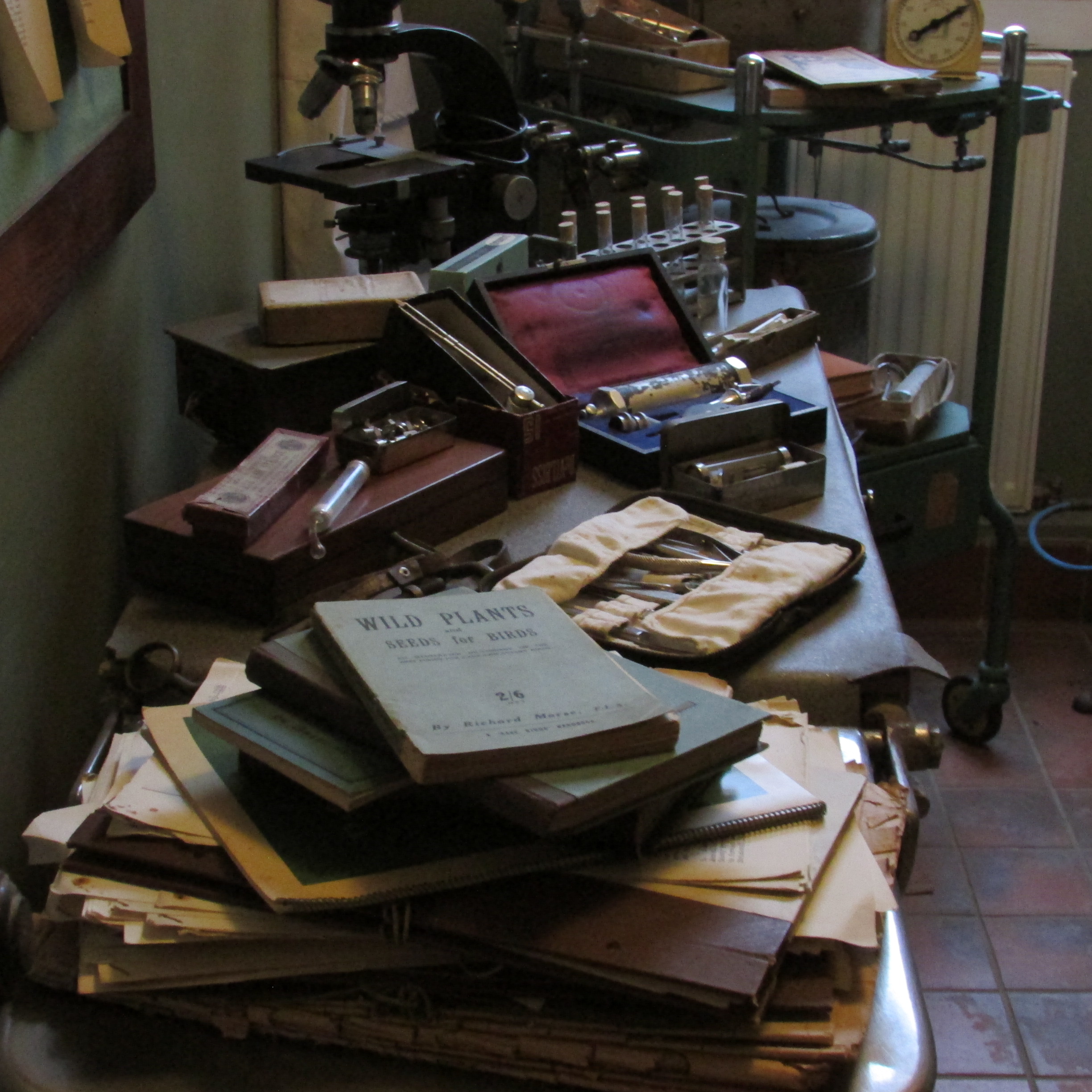
Be a rainbow explorer - 2024
Fairfax House
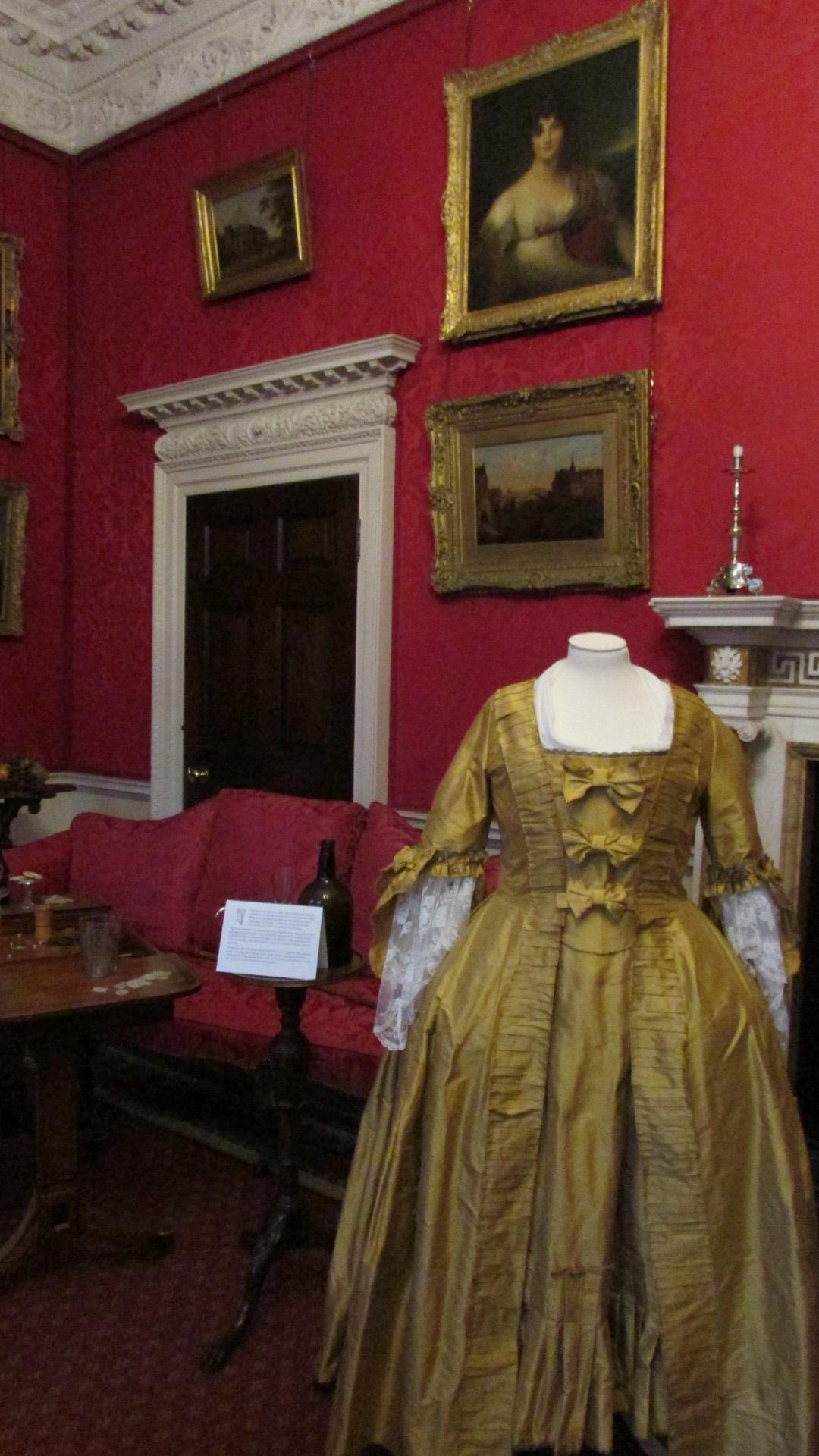
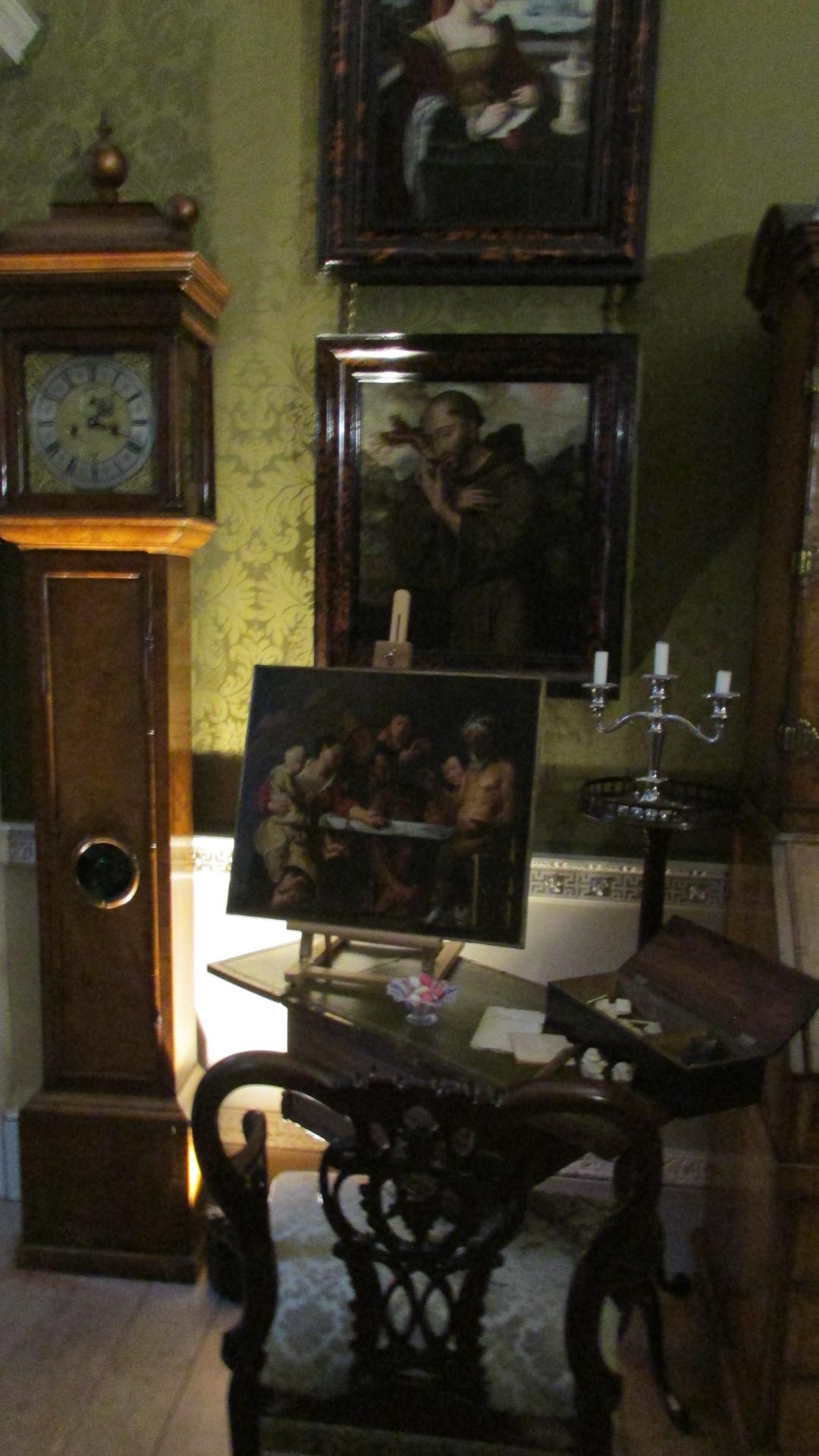
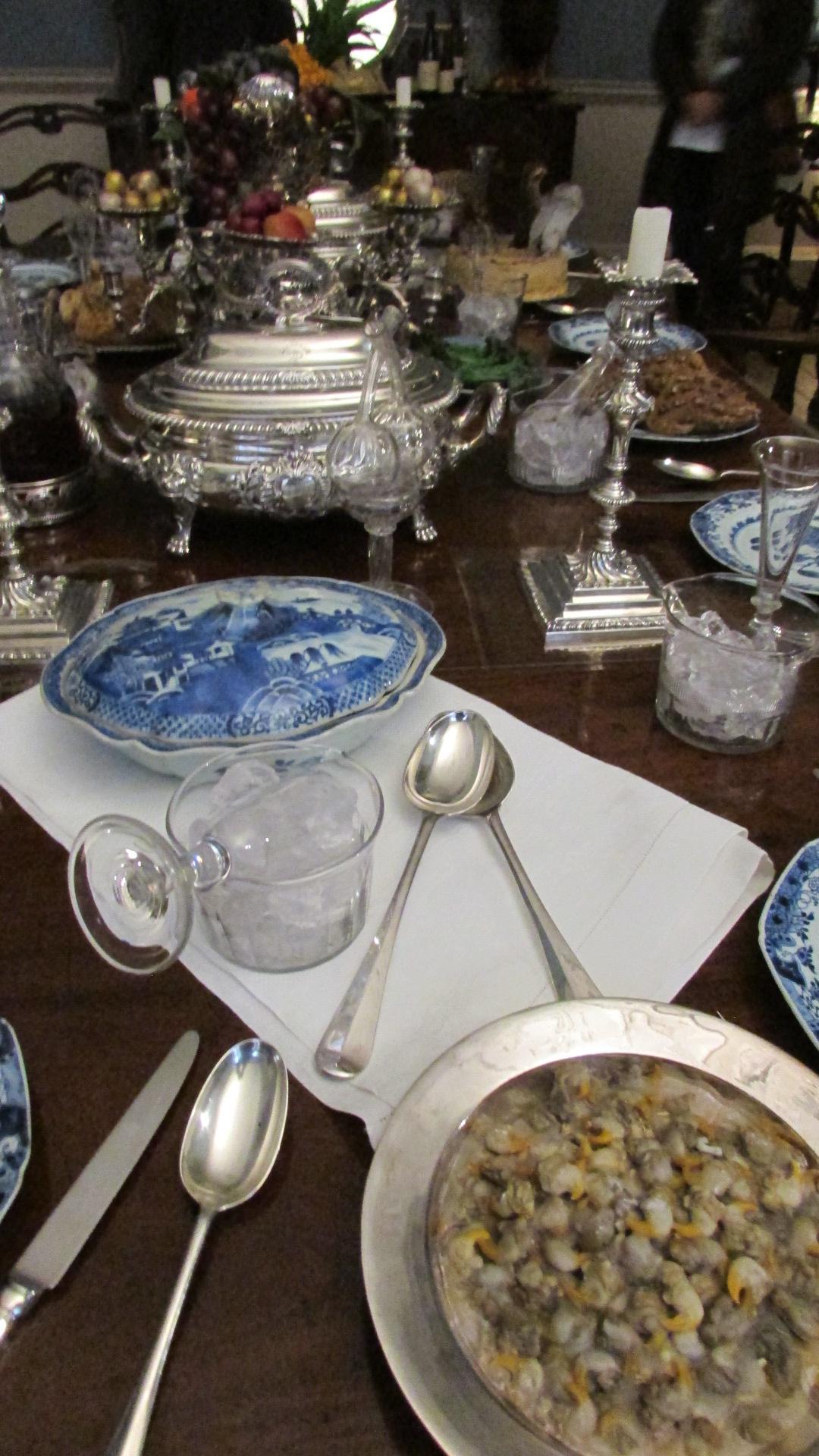
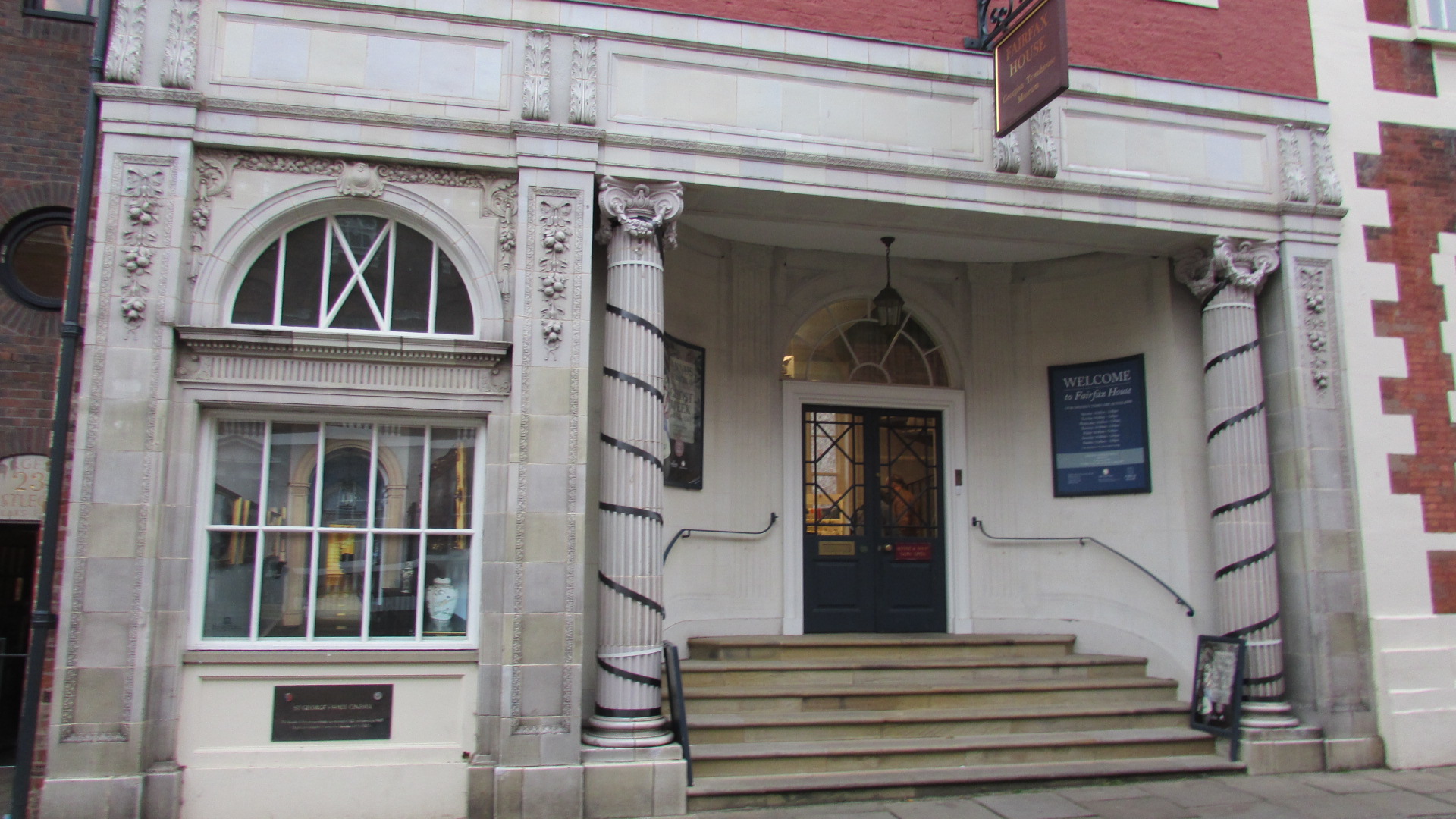
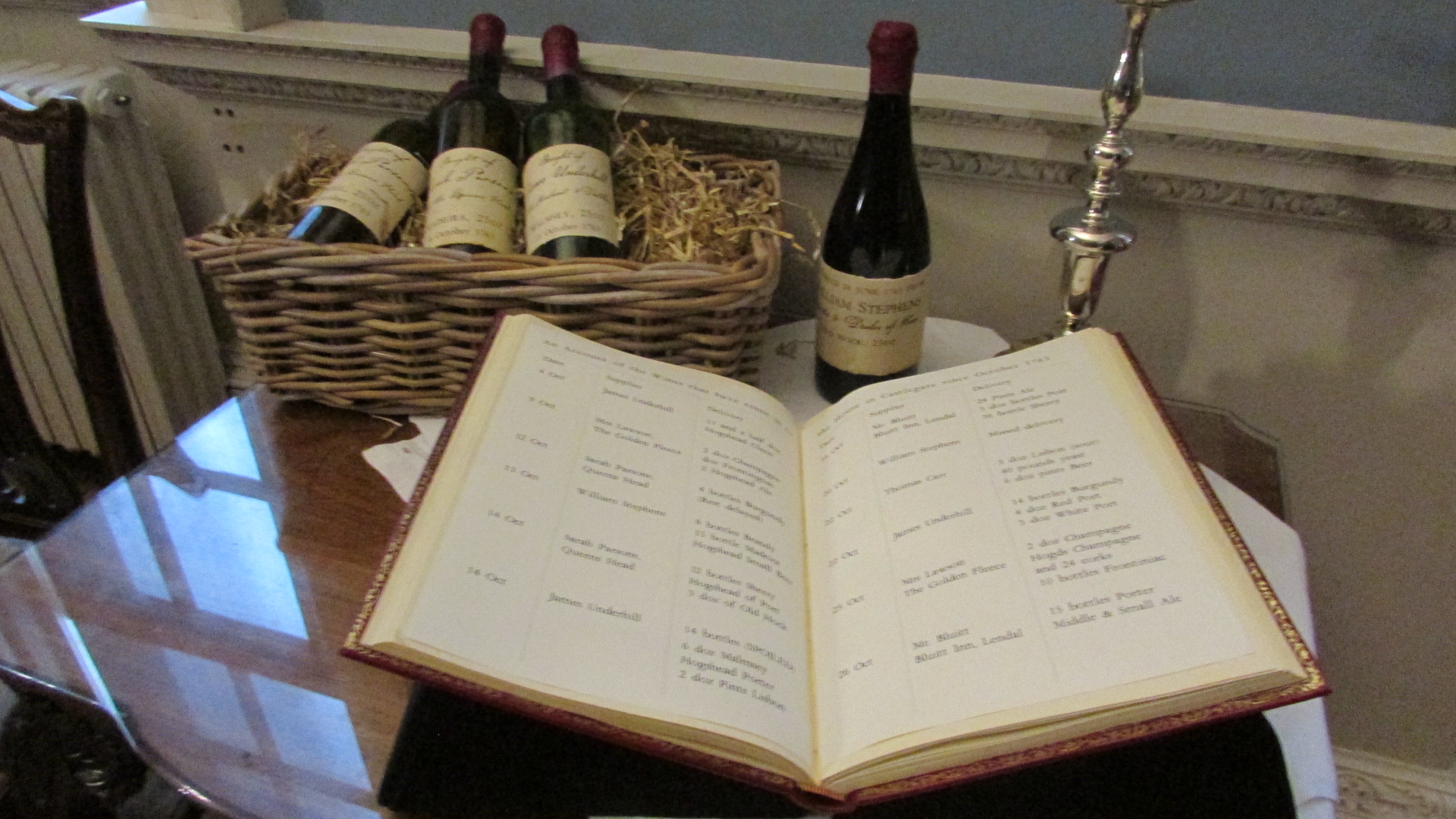
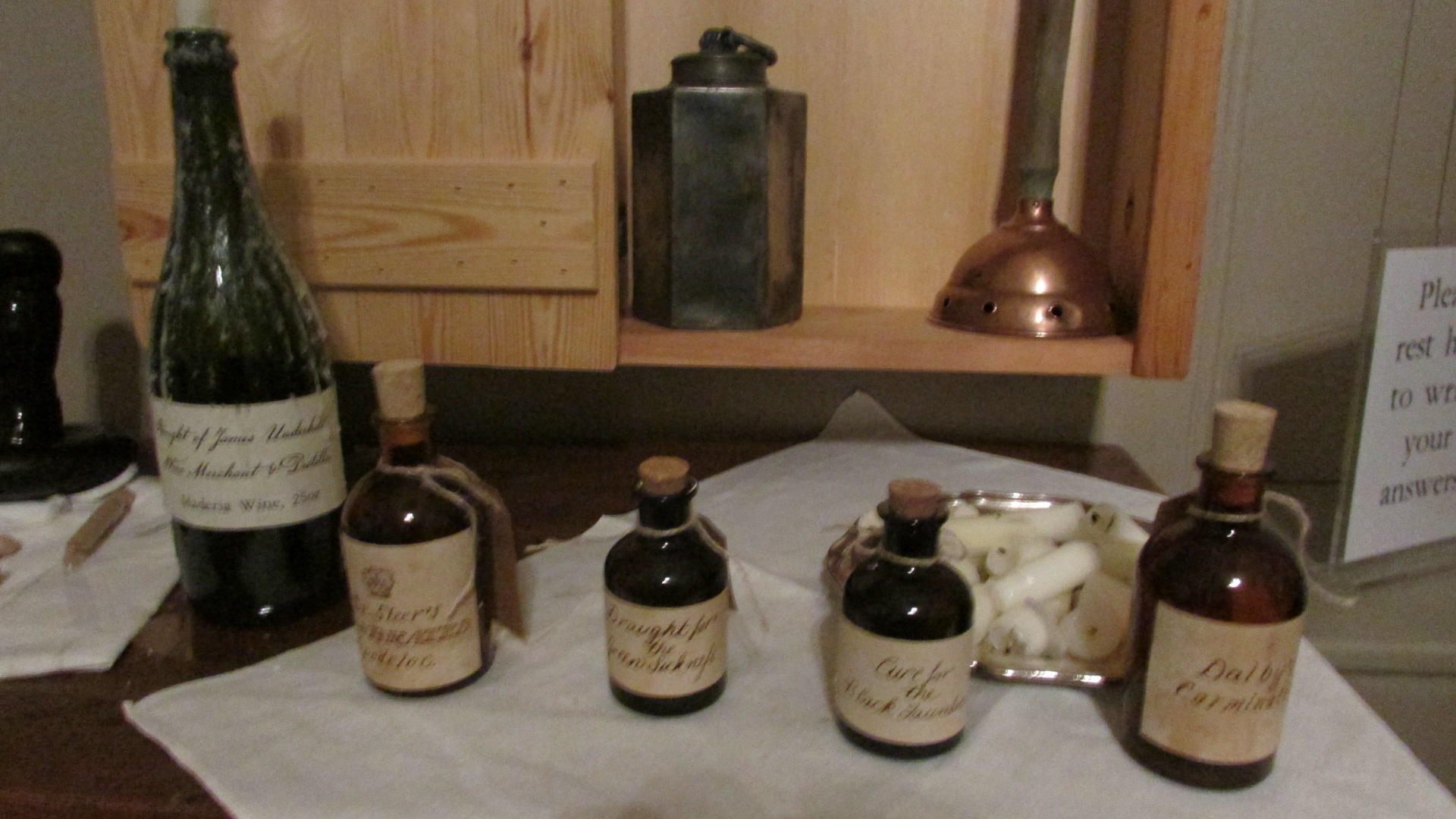
Milestone’s Museum
Leisure Park
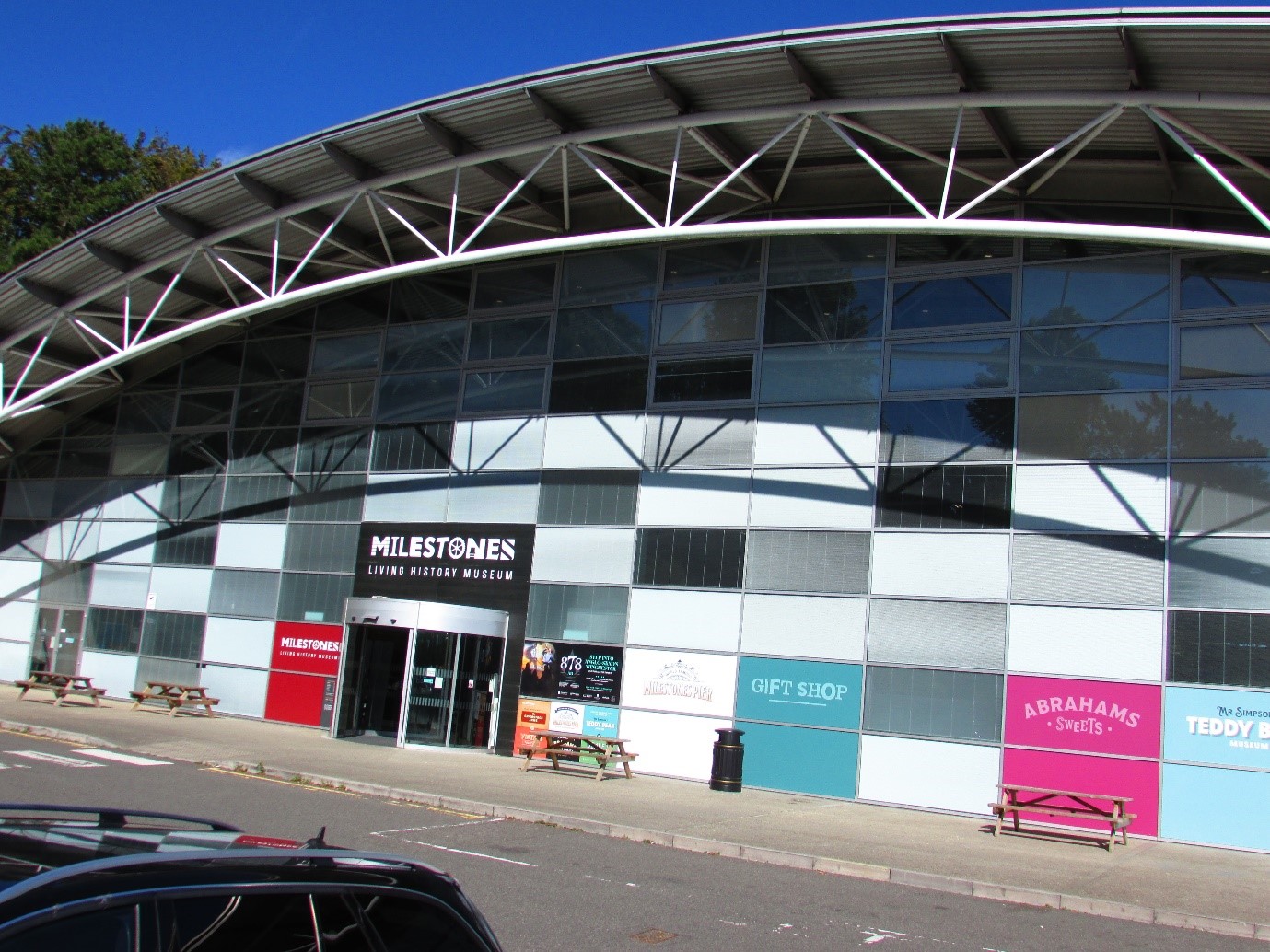
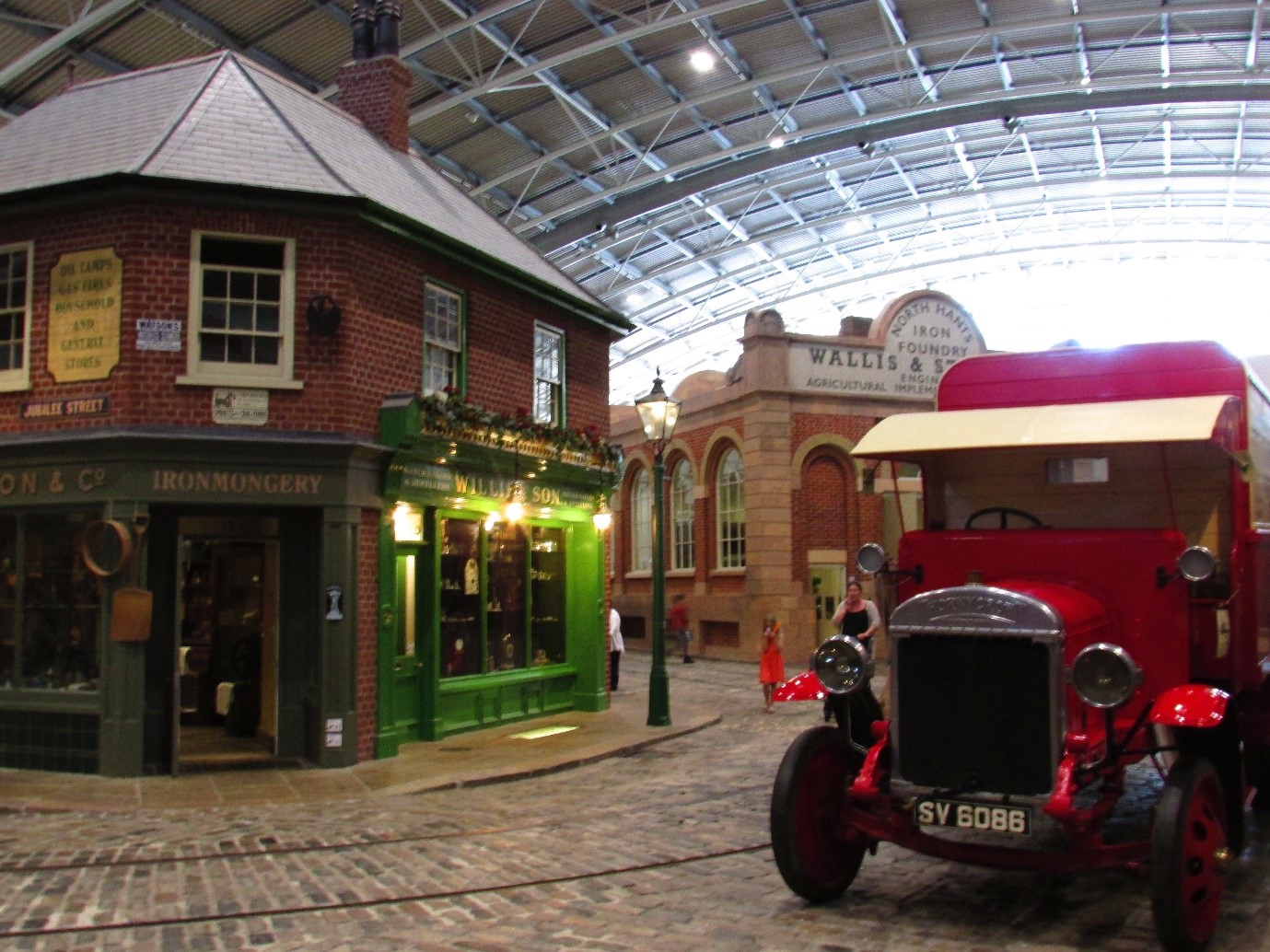
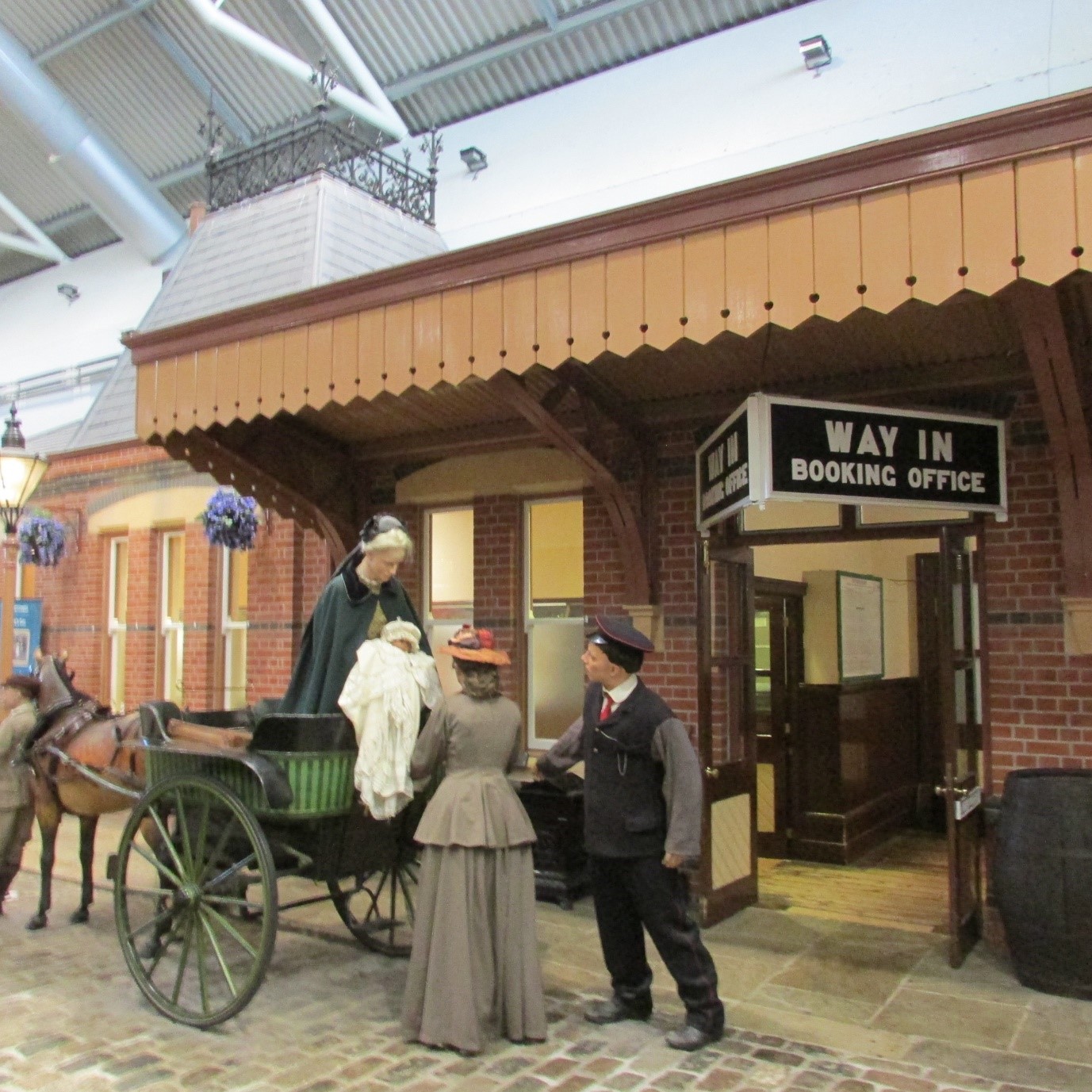
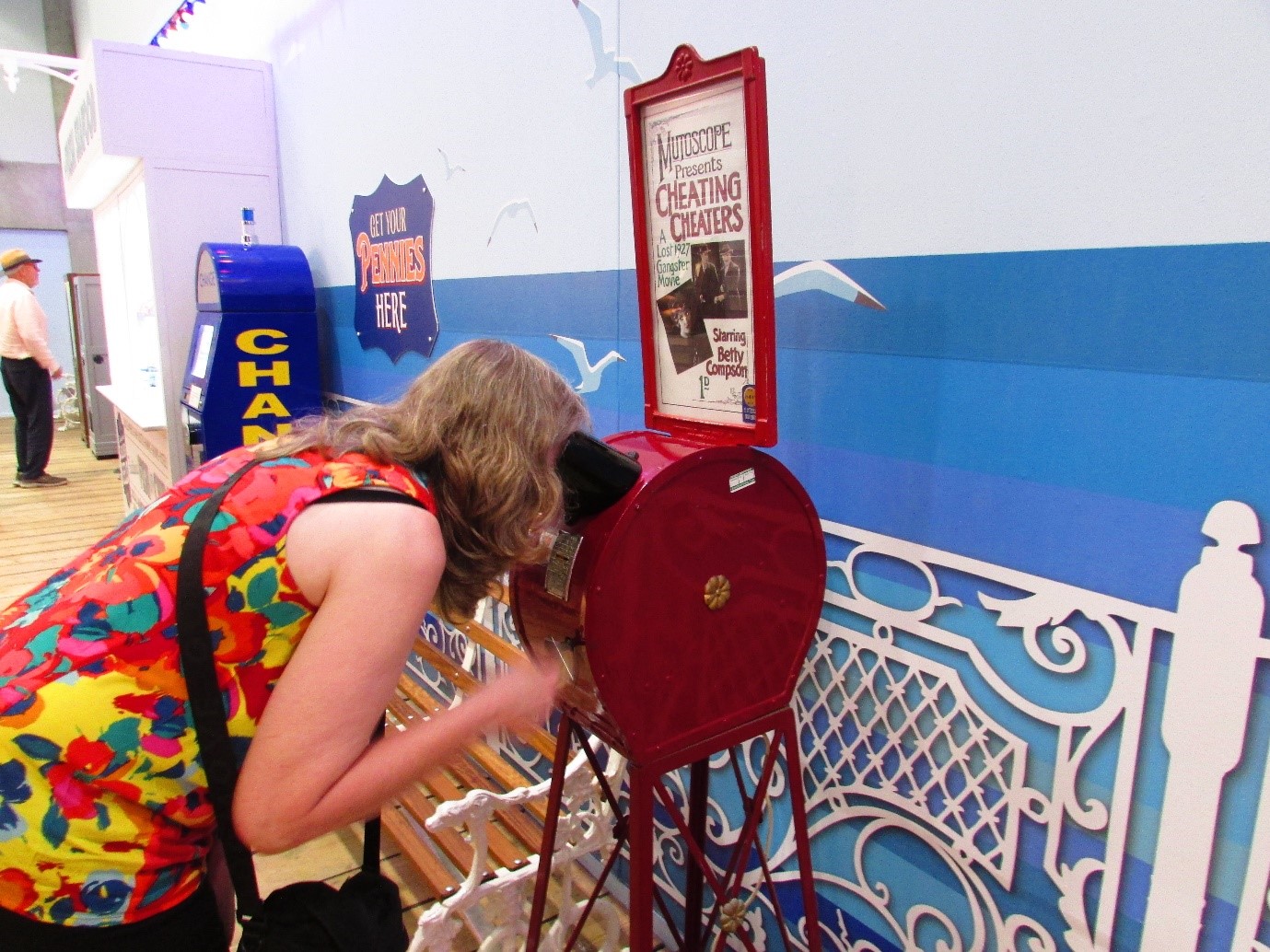
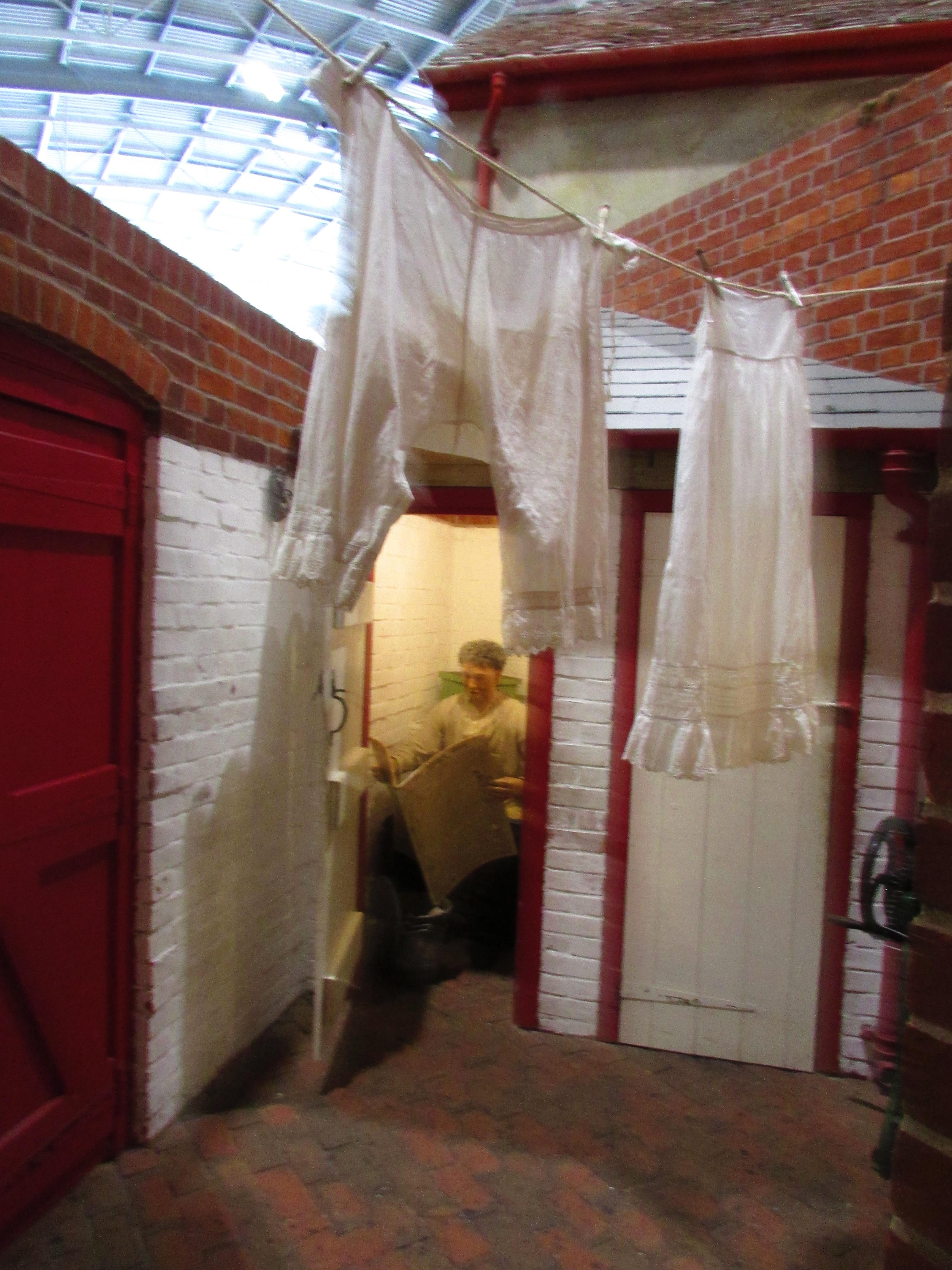
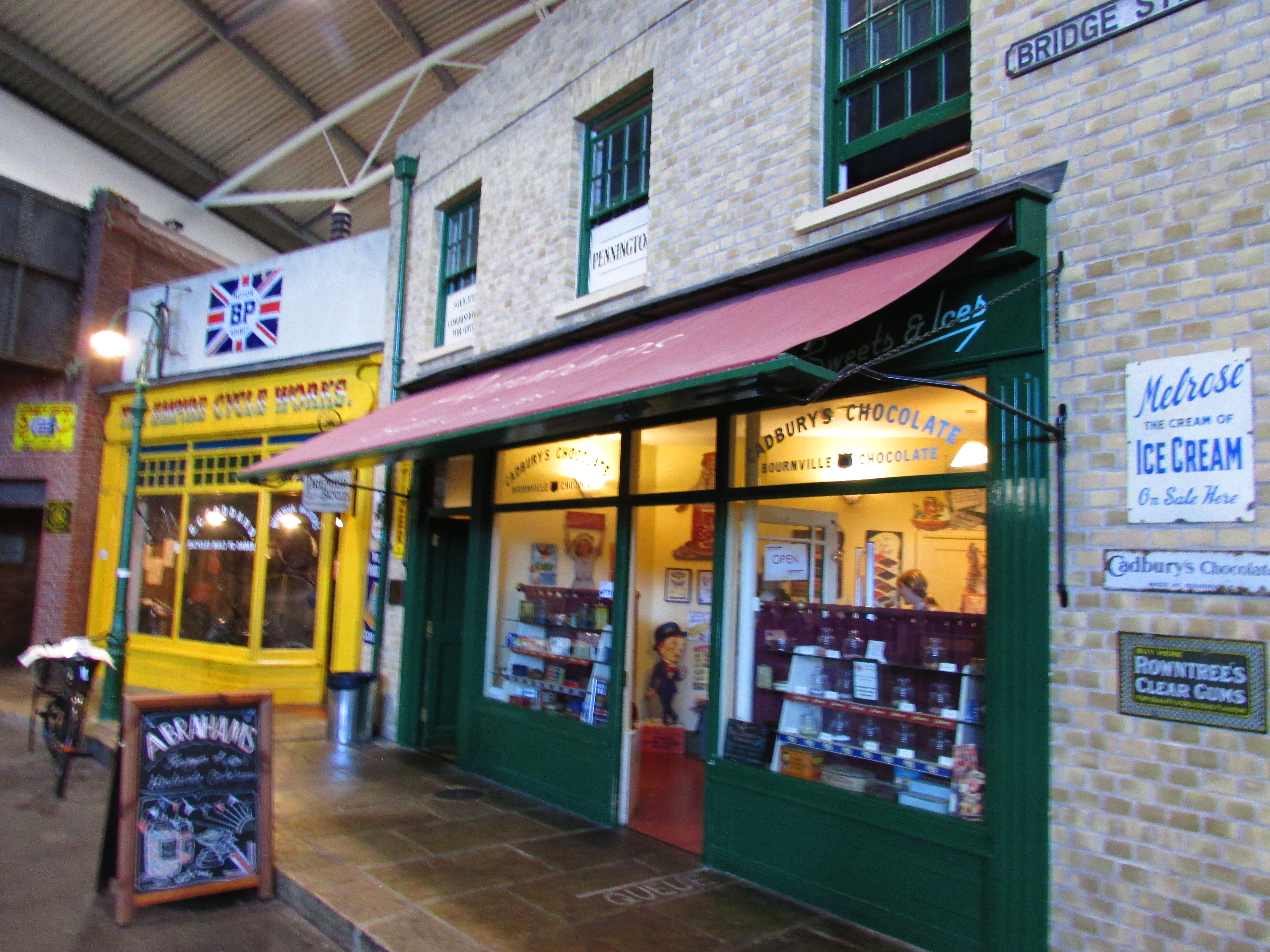
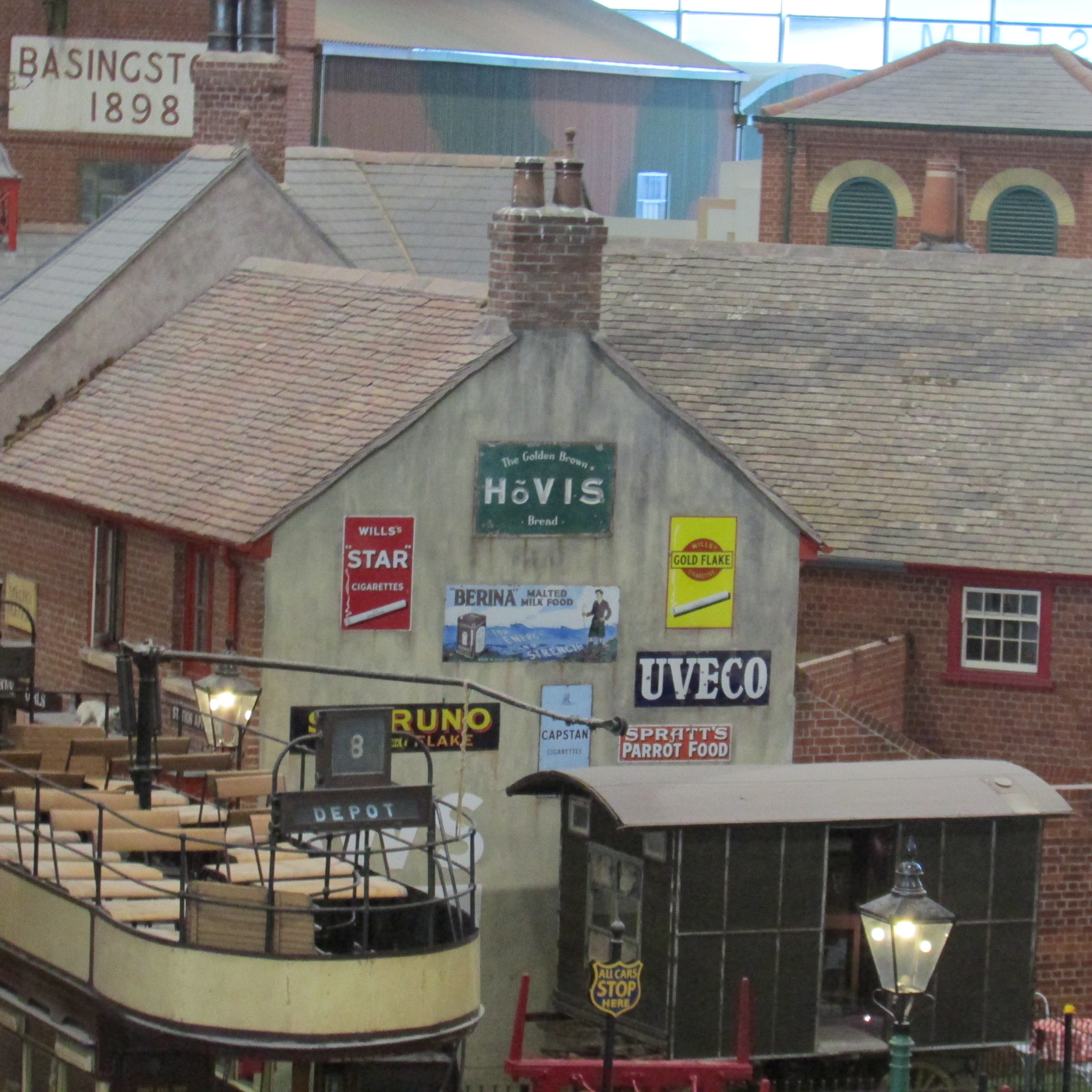
Barter Books
Alnwick Station
Northumberland
NE66 2NP
01665 604888
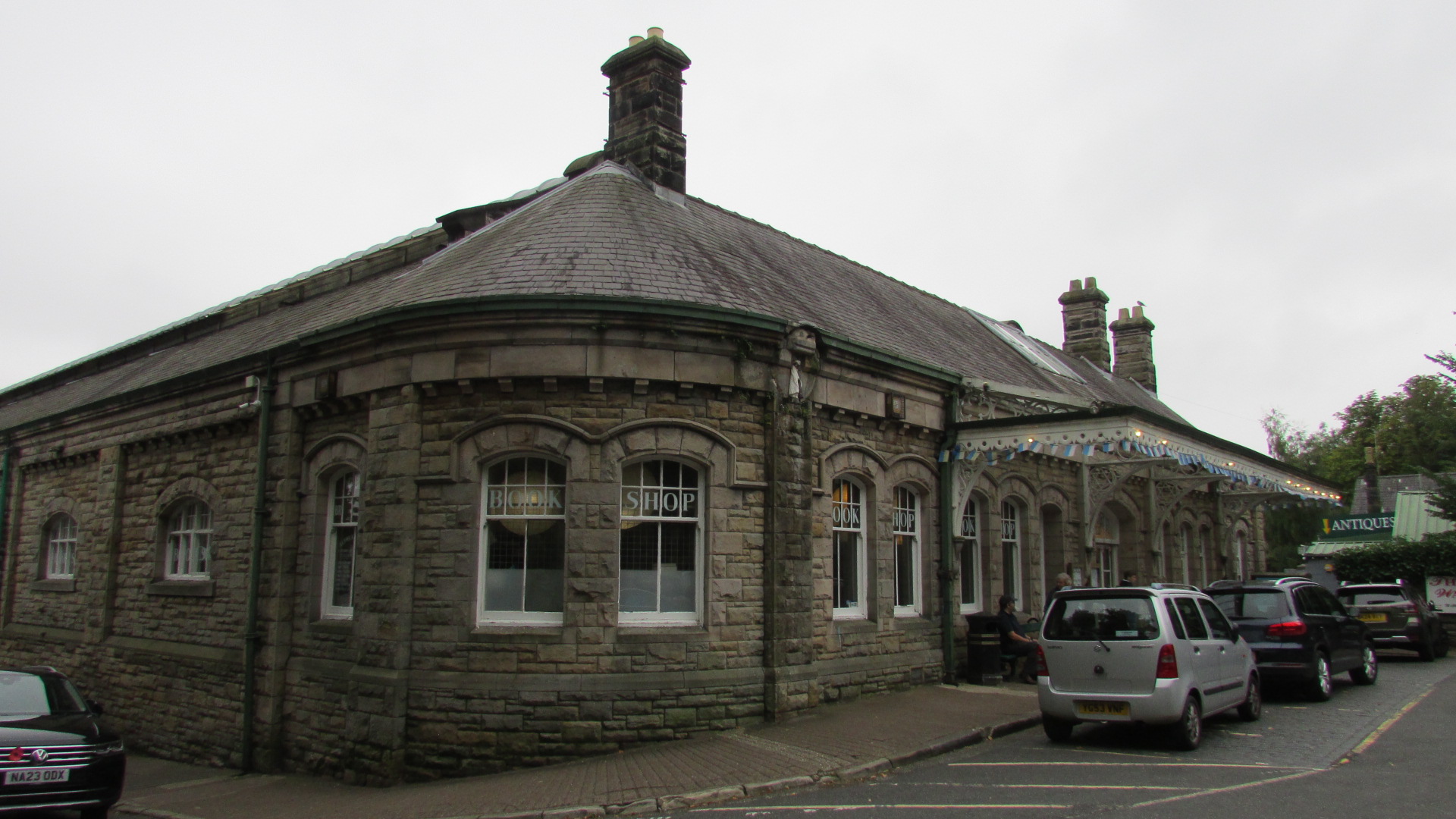
I have chosen somewhere a little unusual for the explorers section this month, not a place of historical interest or impressive scenery or a
beautiful garden, instead I have chosen a shop!
But Barter Books is not just any shop – it is an amazing shop filled
with books of every kind imaginable!
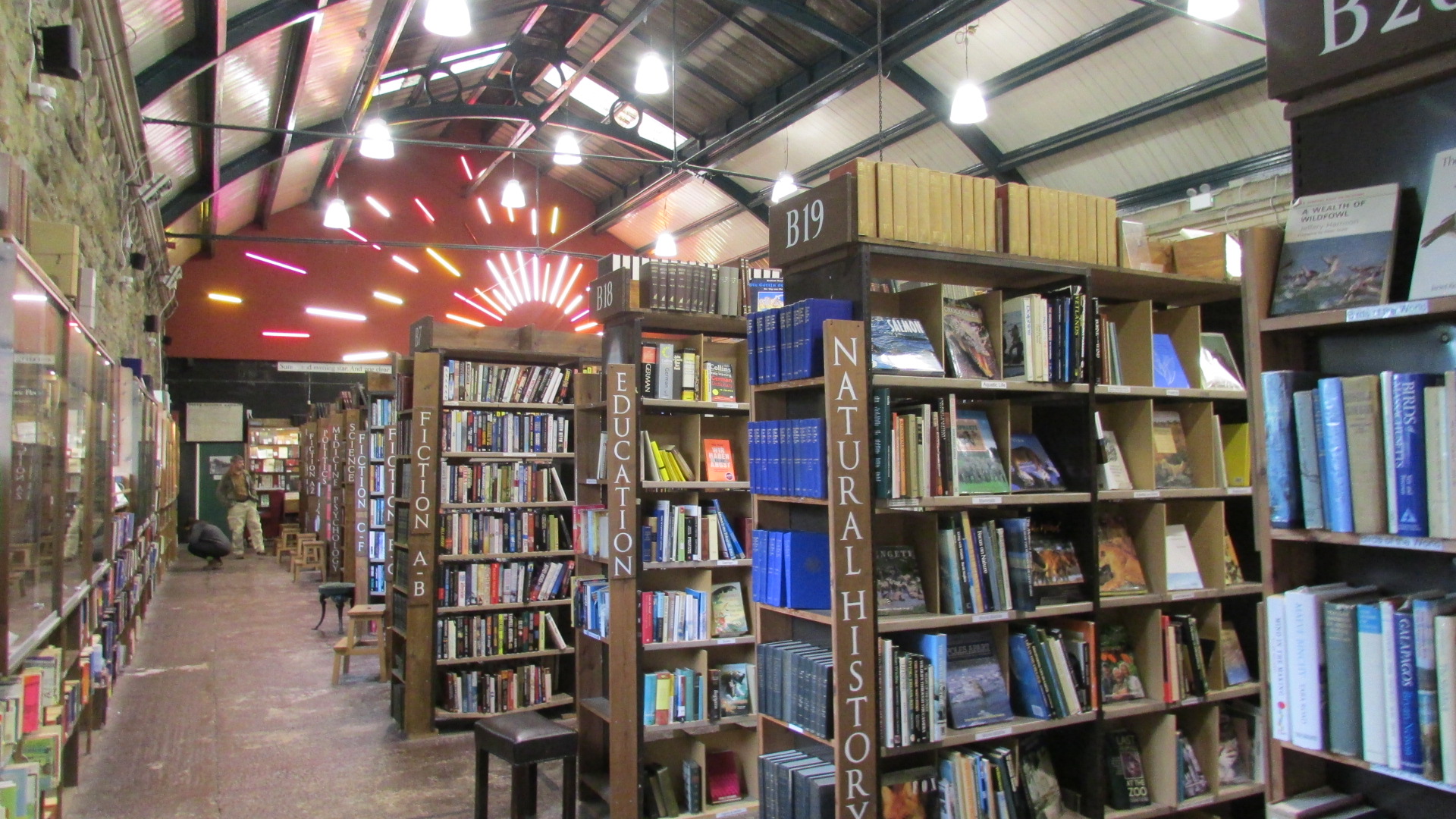
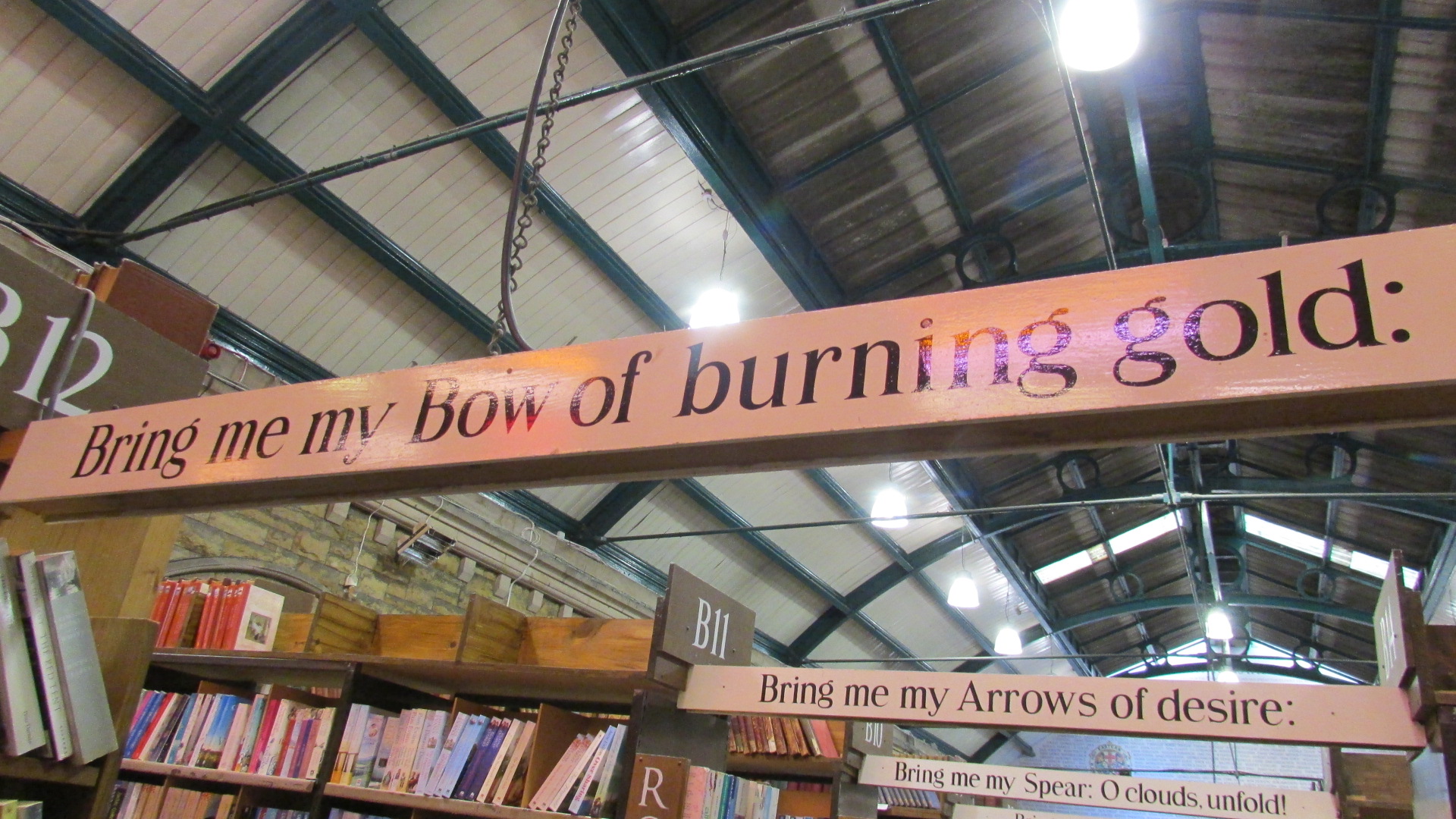
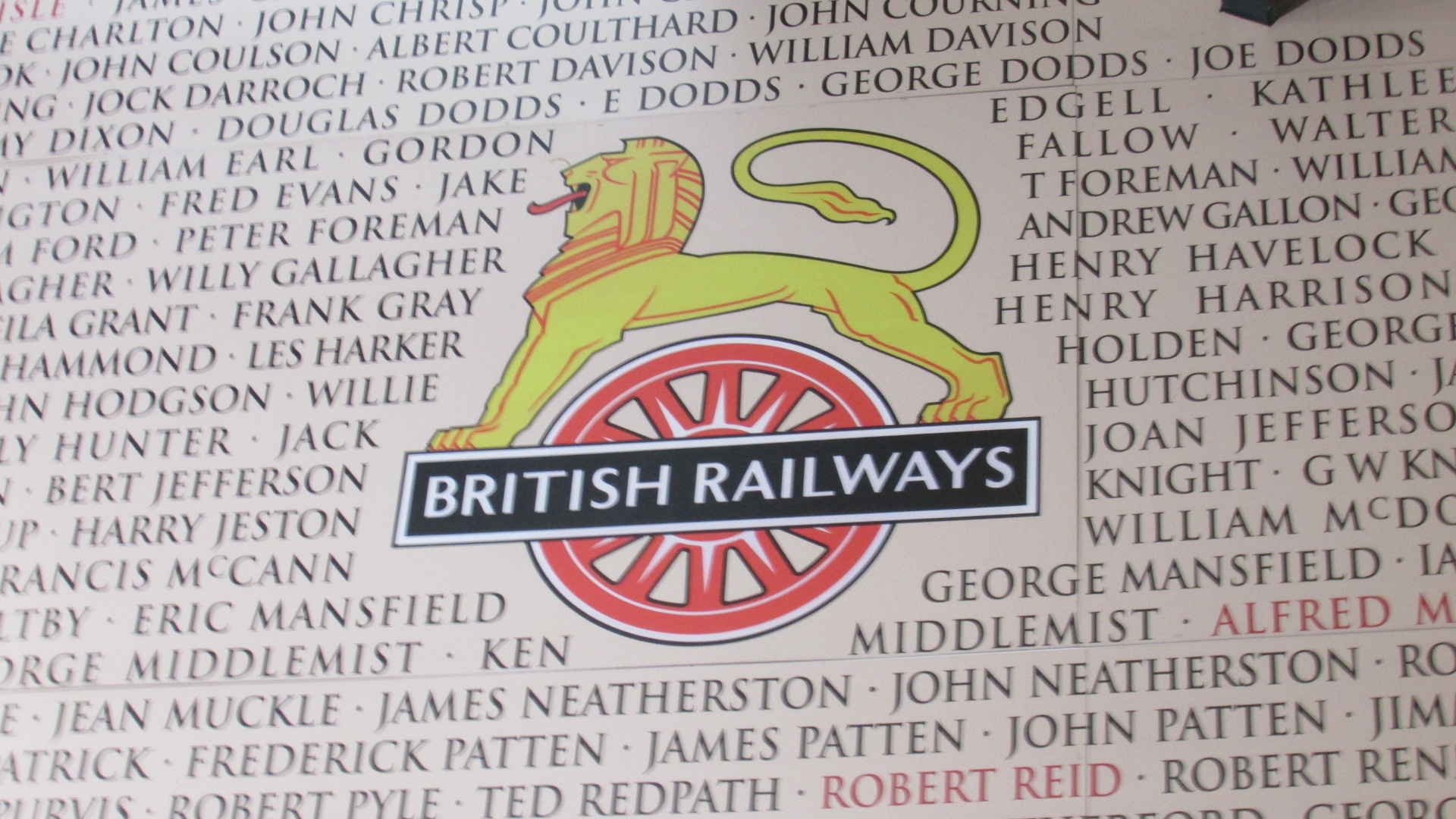
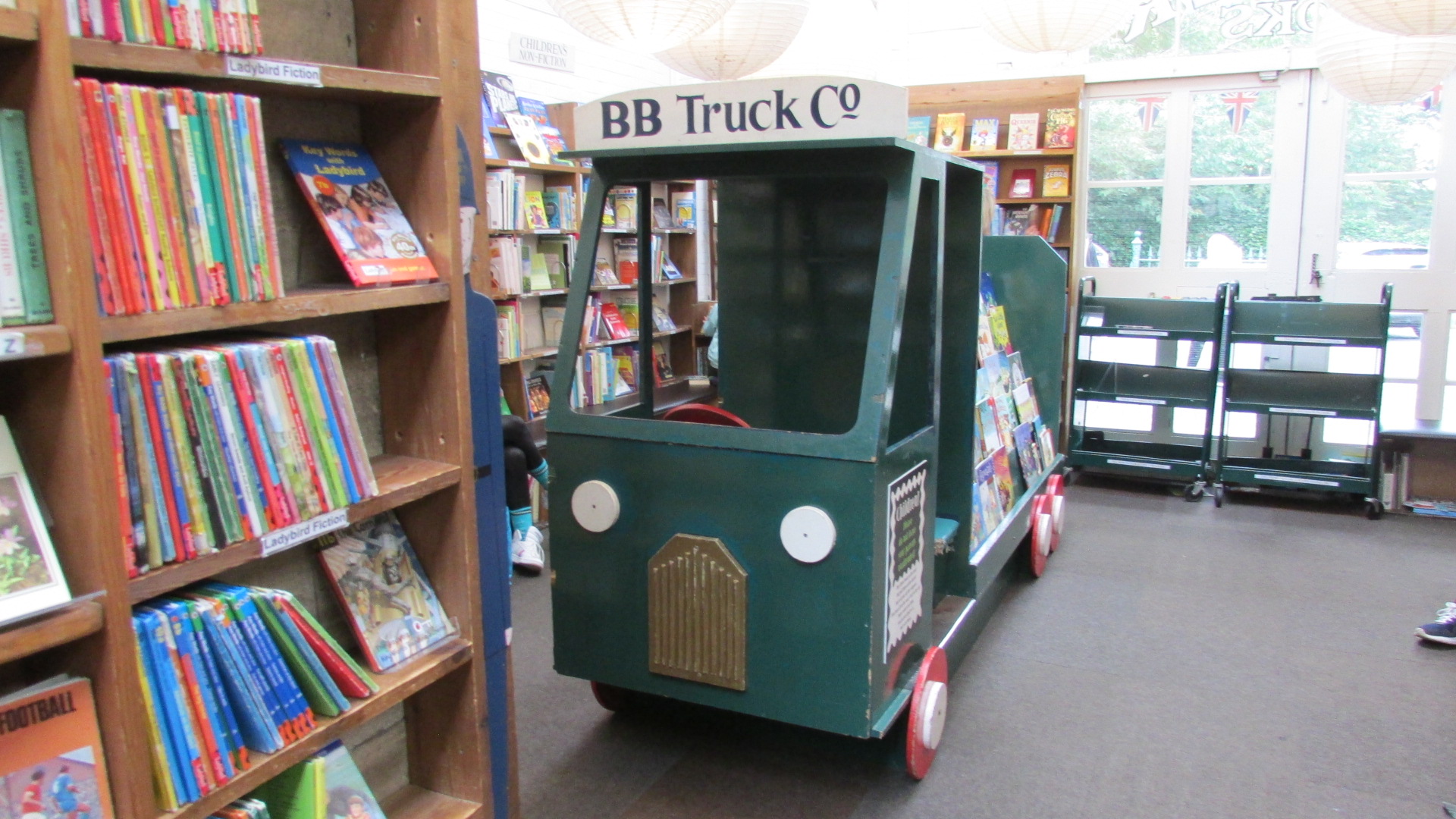
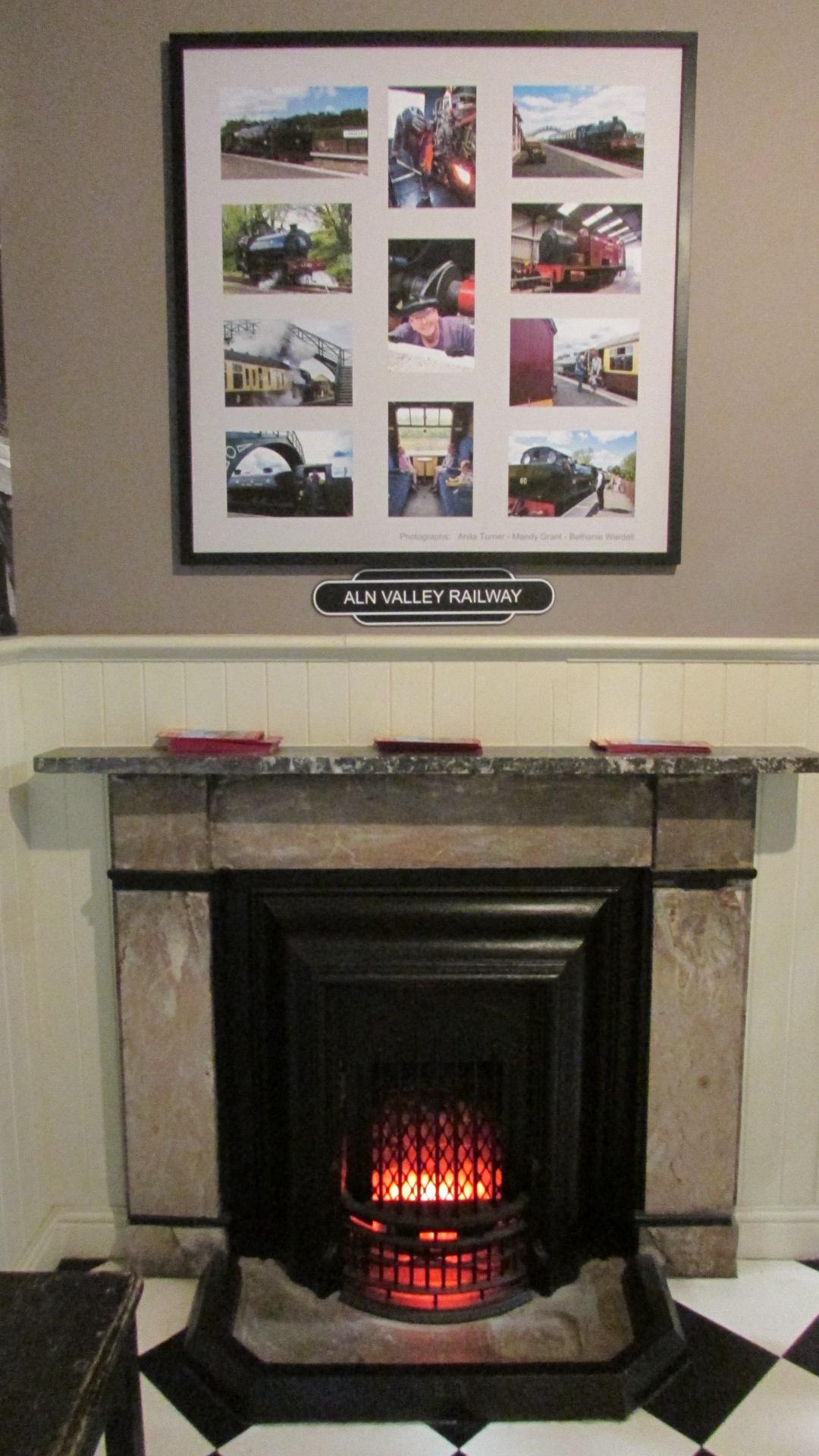
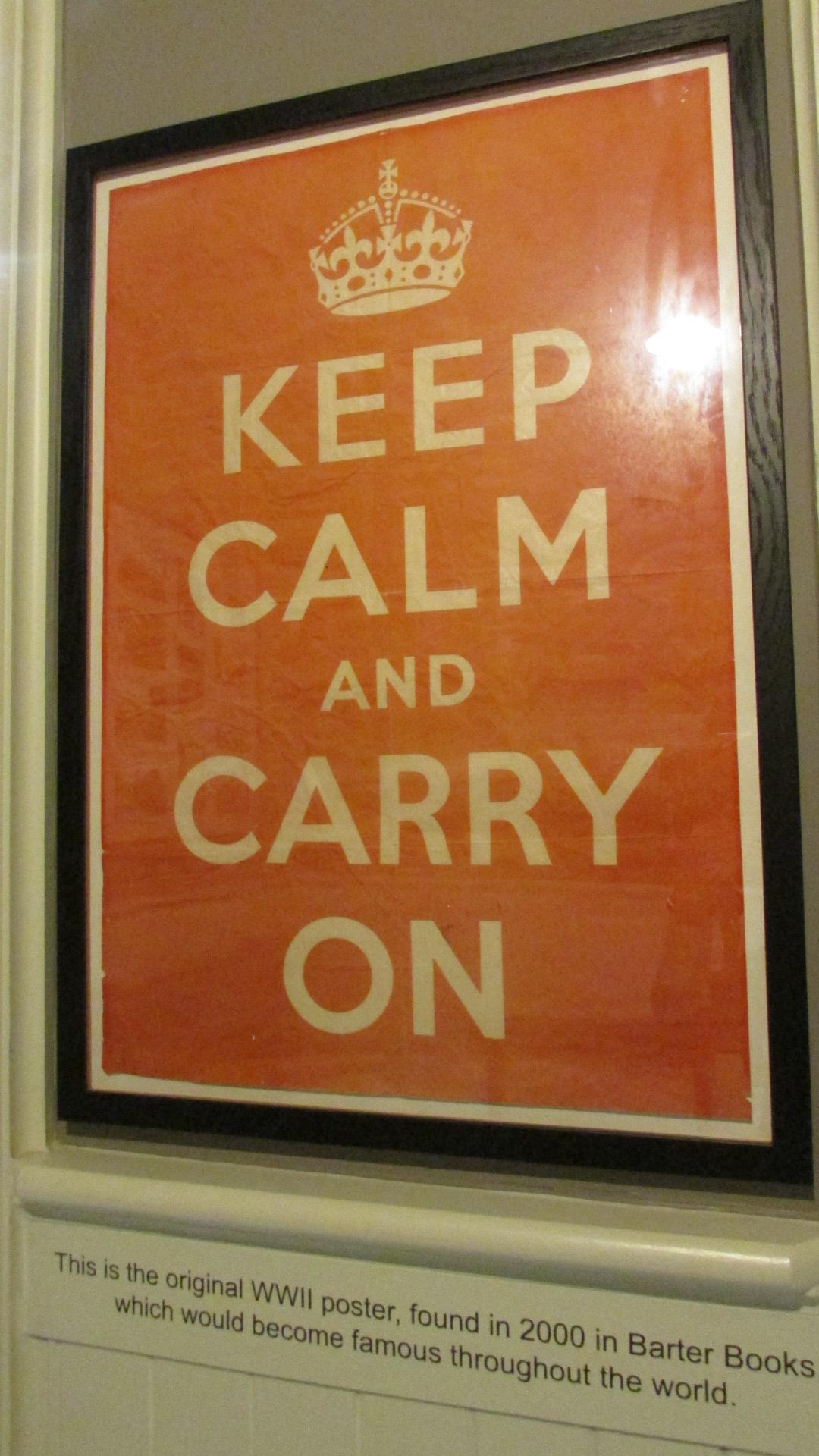
Merrivale Model Village
Marine Parade
Great Yarmouth
NR30 3JG
www.merrivalemodelvillage.co.uk
Tel: 01493 842097
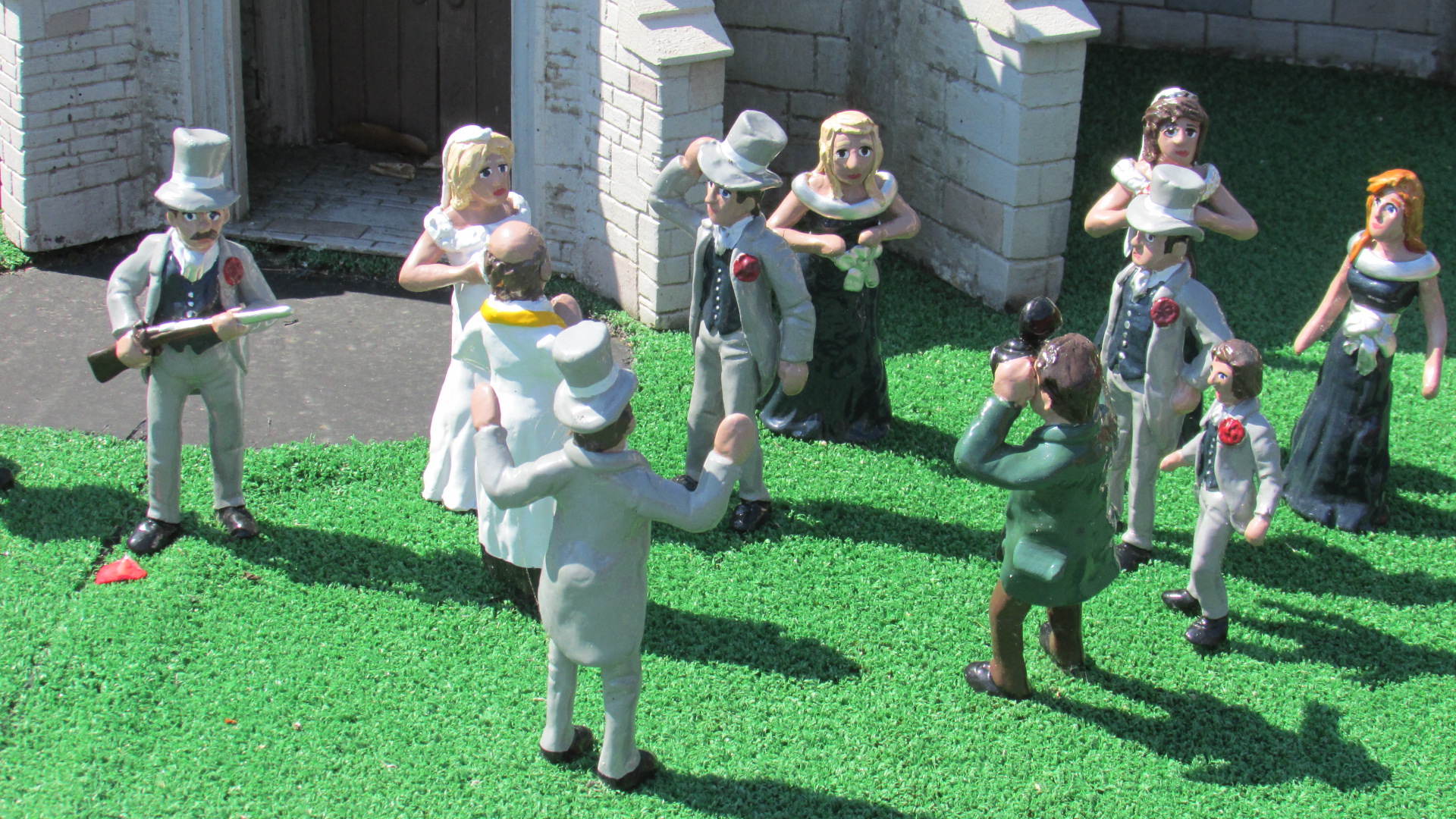
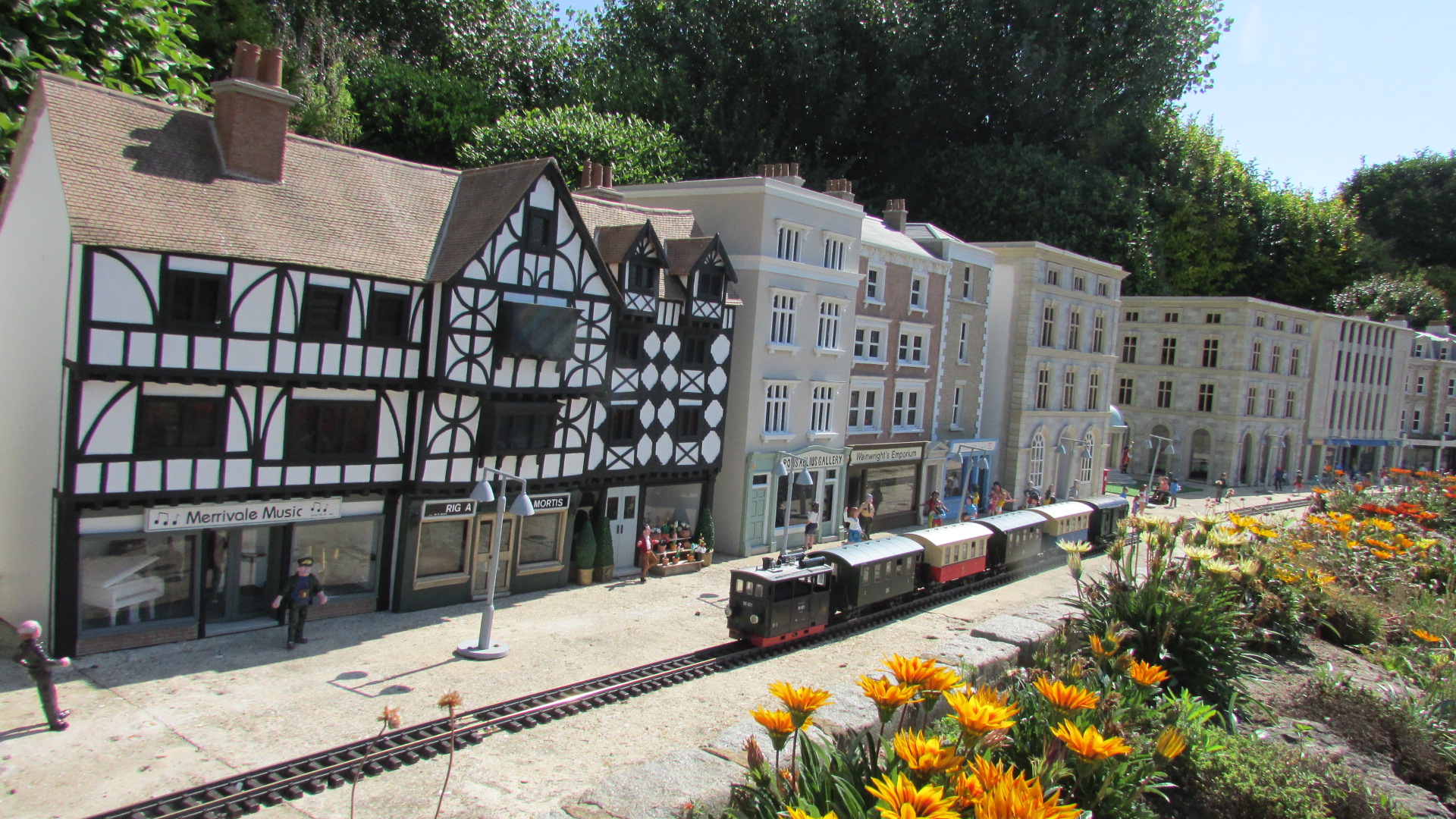
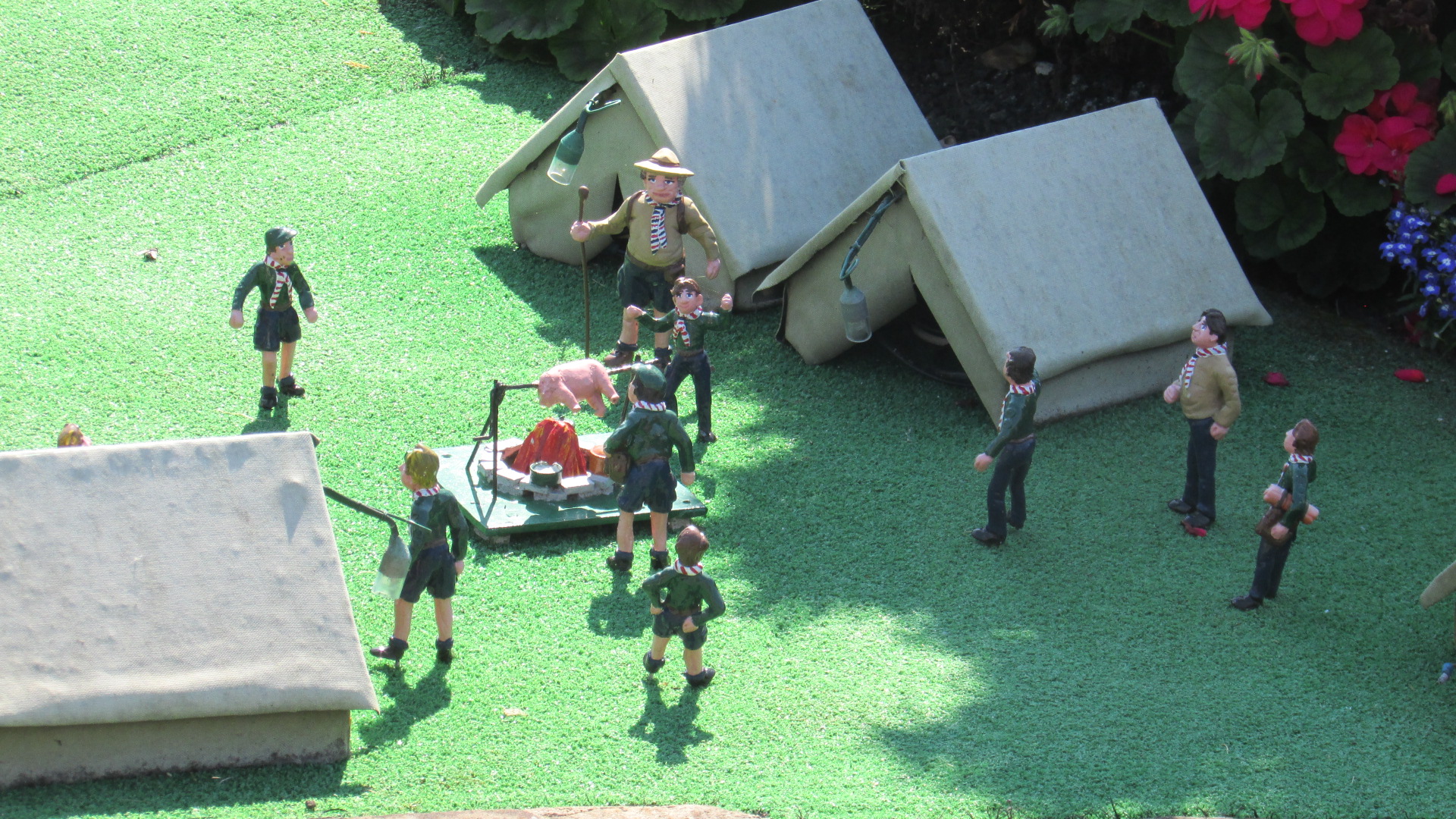
I can’t help myself! If I
see the sign for a model village, I just have to pay it a visit. Anything
miniature appeals, so when I saw a leaflet for the Merrivale Model Village in
Great Yarmouth on a recent break in Norfolk, I just knew that we would have to go.
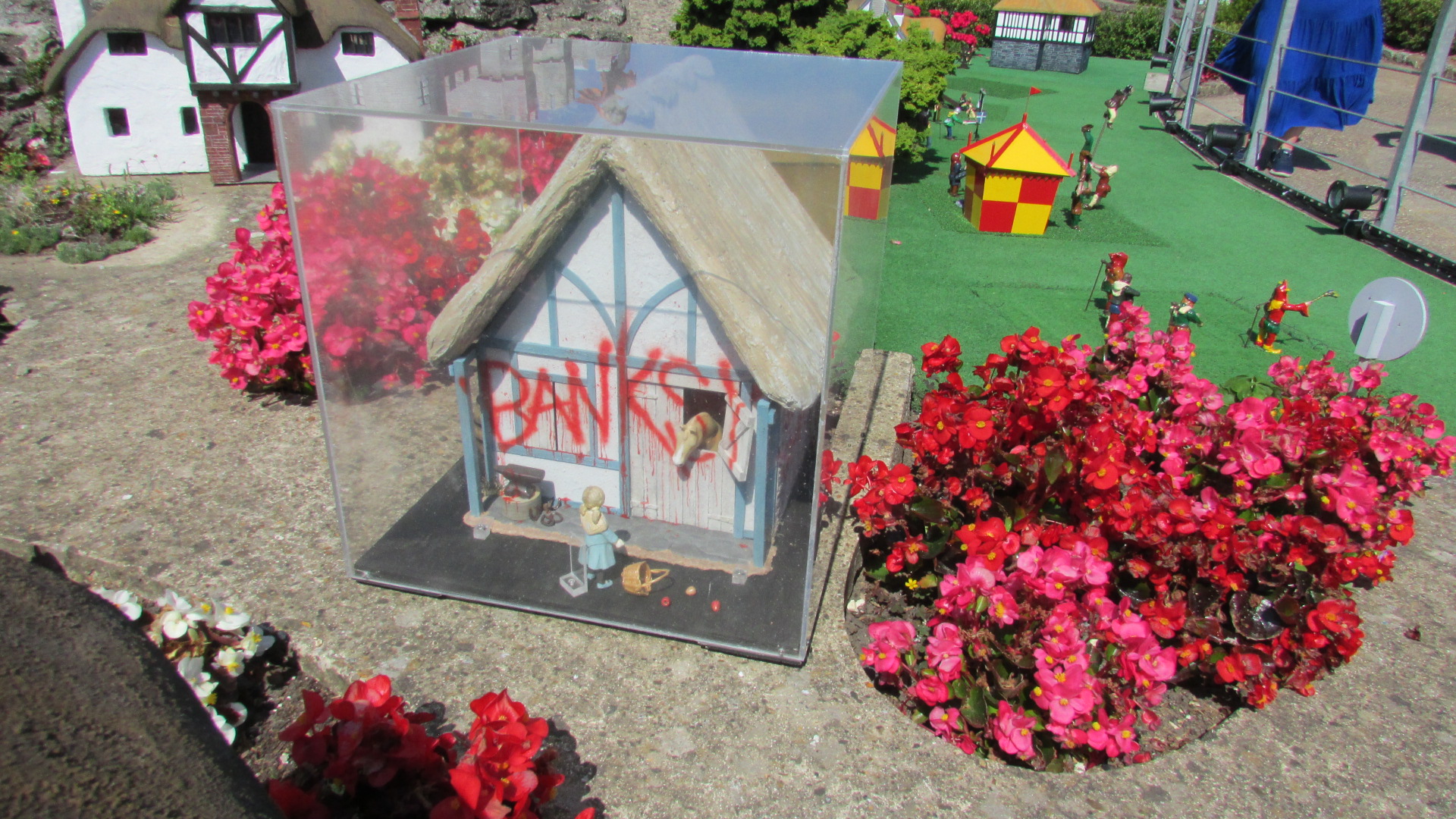
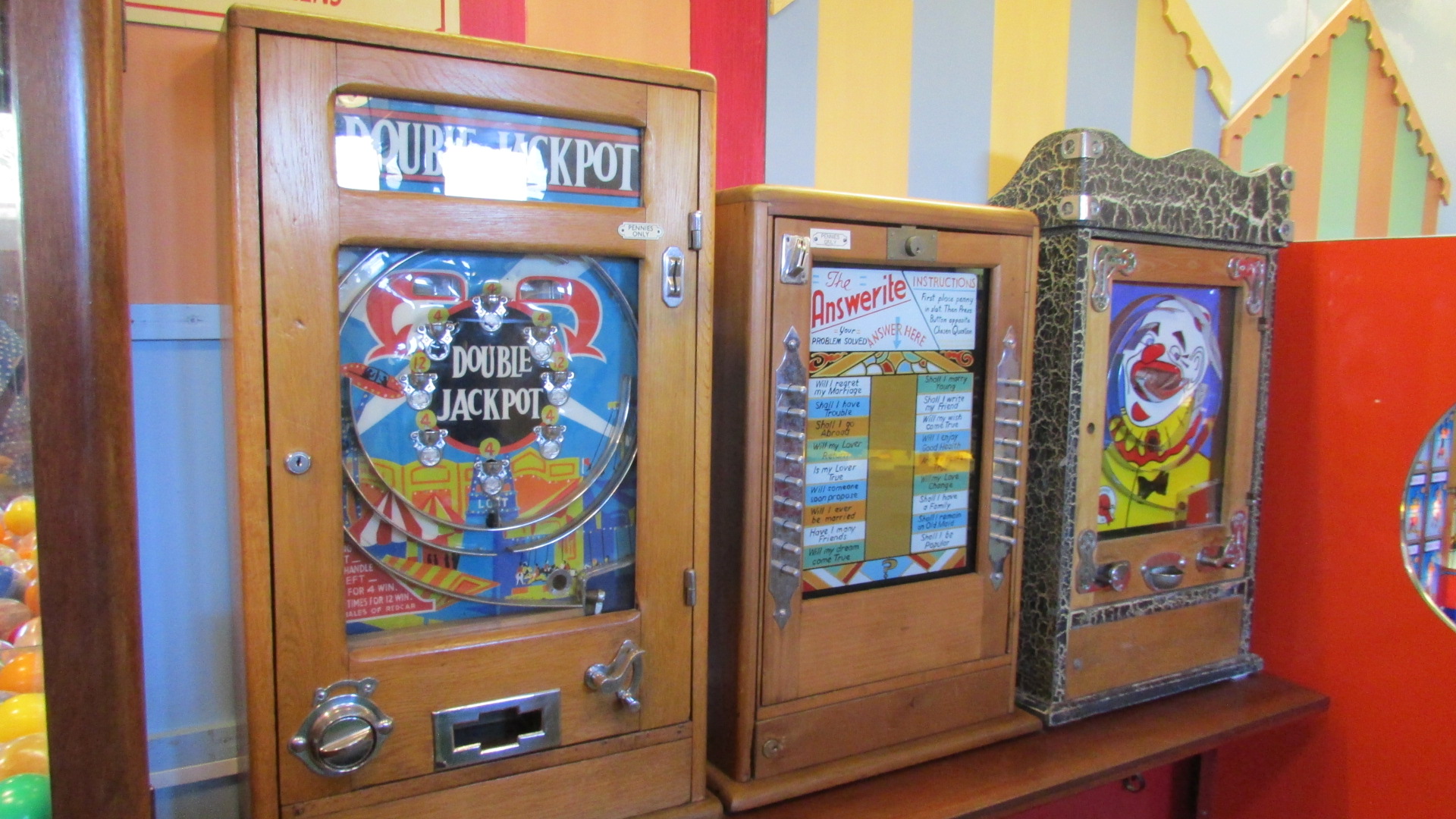
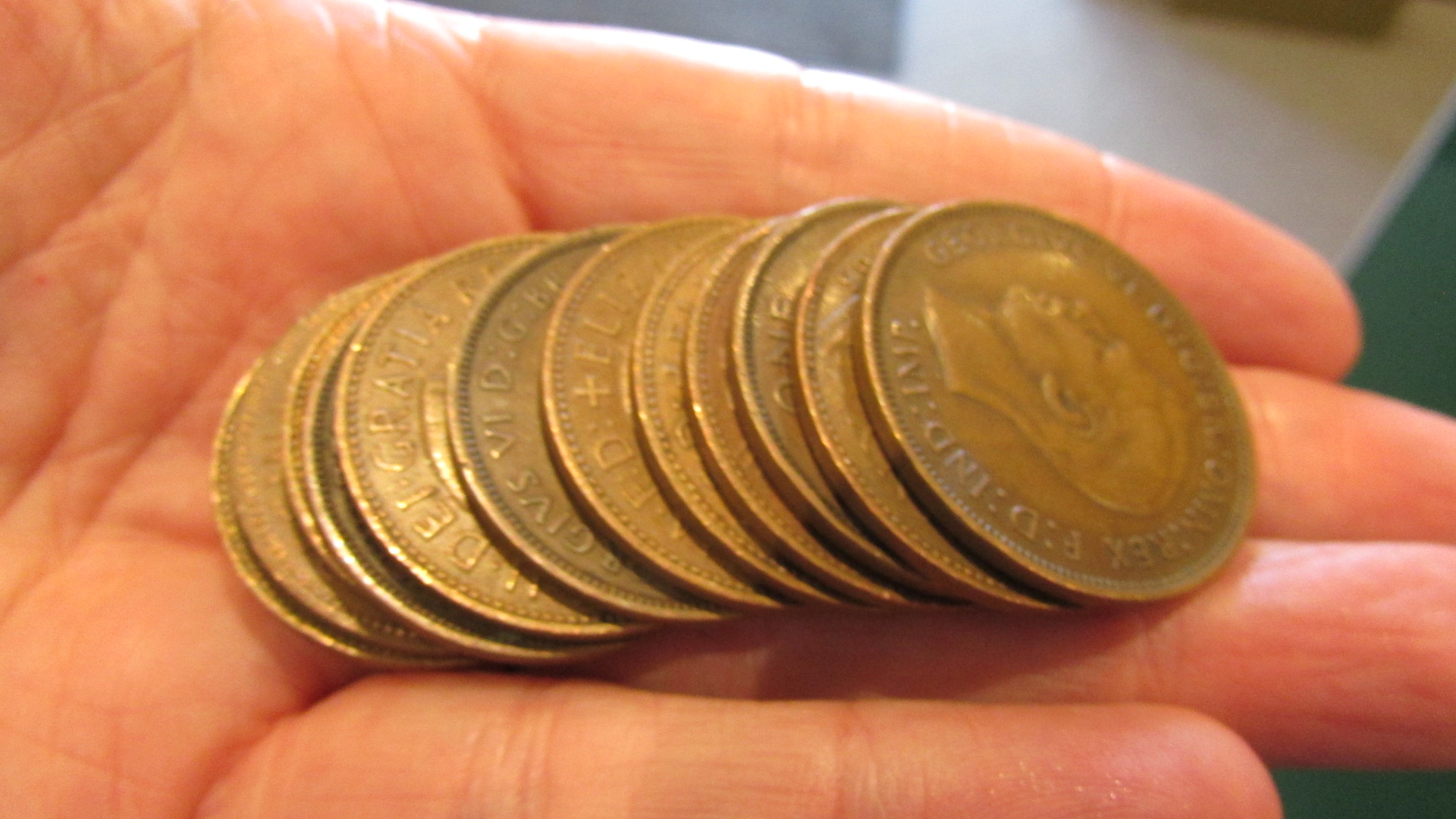
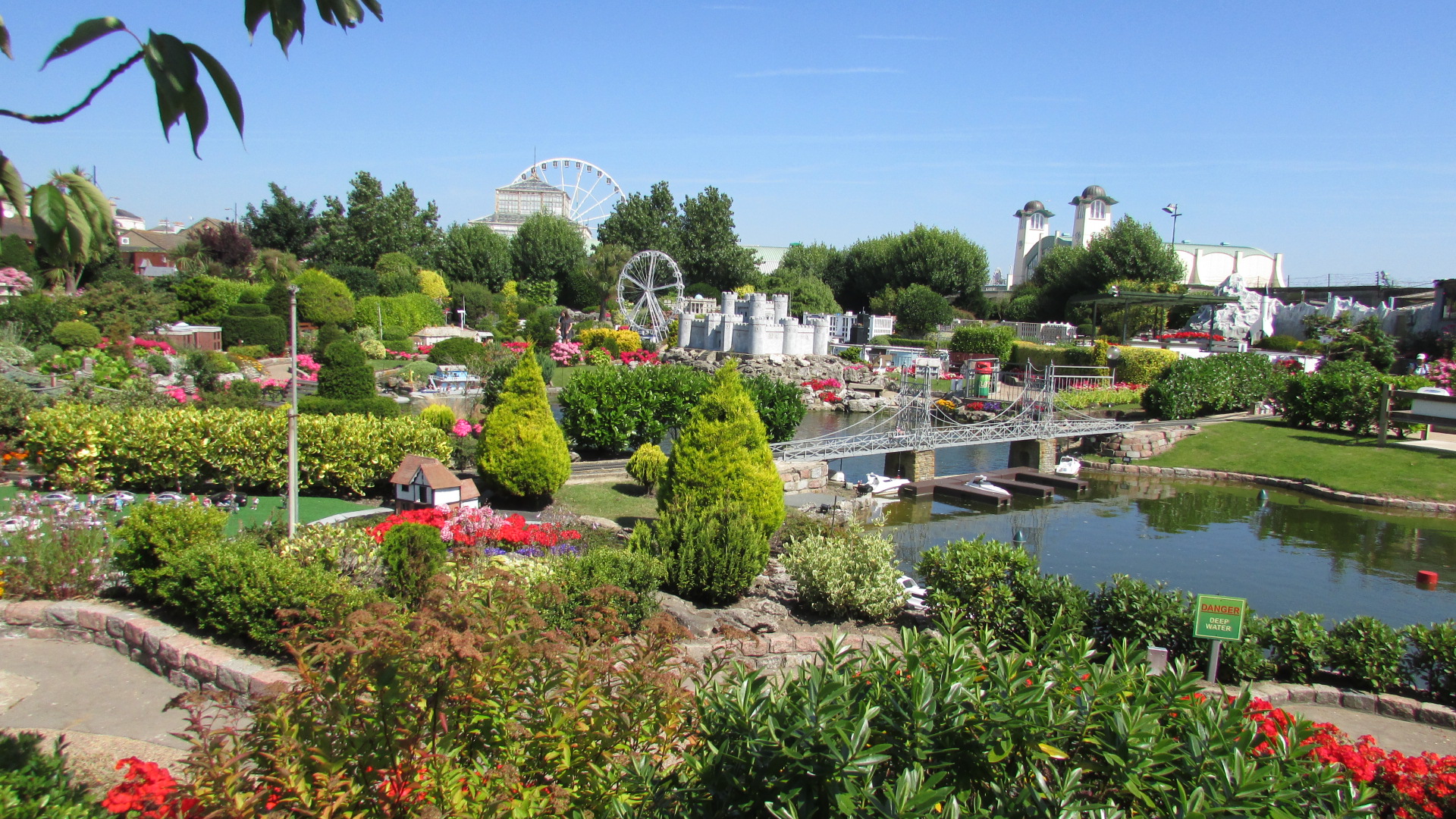
Brownsea Island
Poole Harbour
Poole
Dorset
BH13 7EE
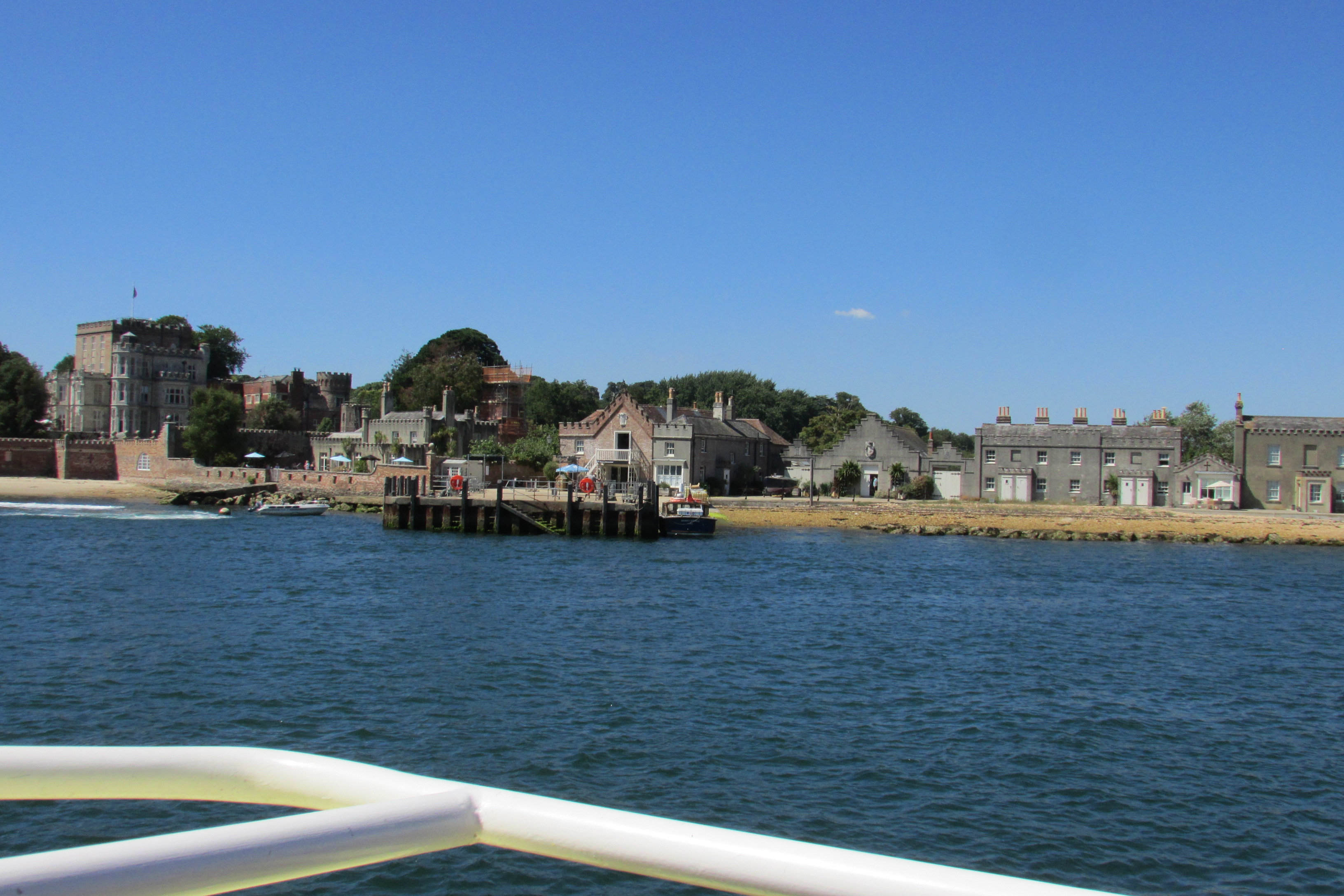
It may only be a tiny island, 11/2 miles long by ¾ mile
wide, but Brownsea Island, the largest of the islands situated in Poole
Harbour, consistently attracts over 110,00 visitors each year.
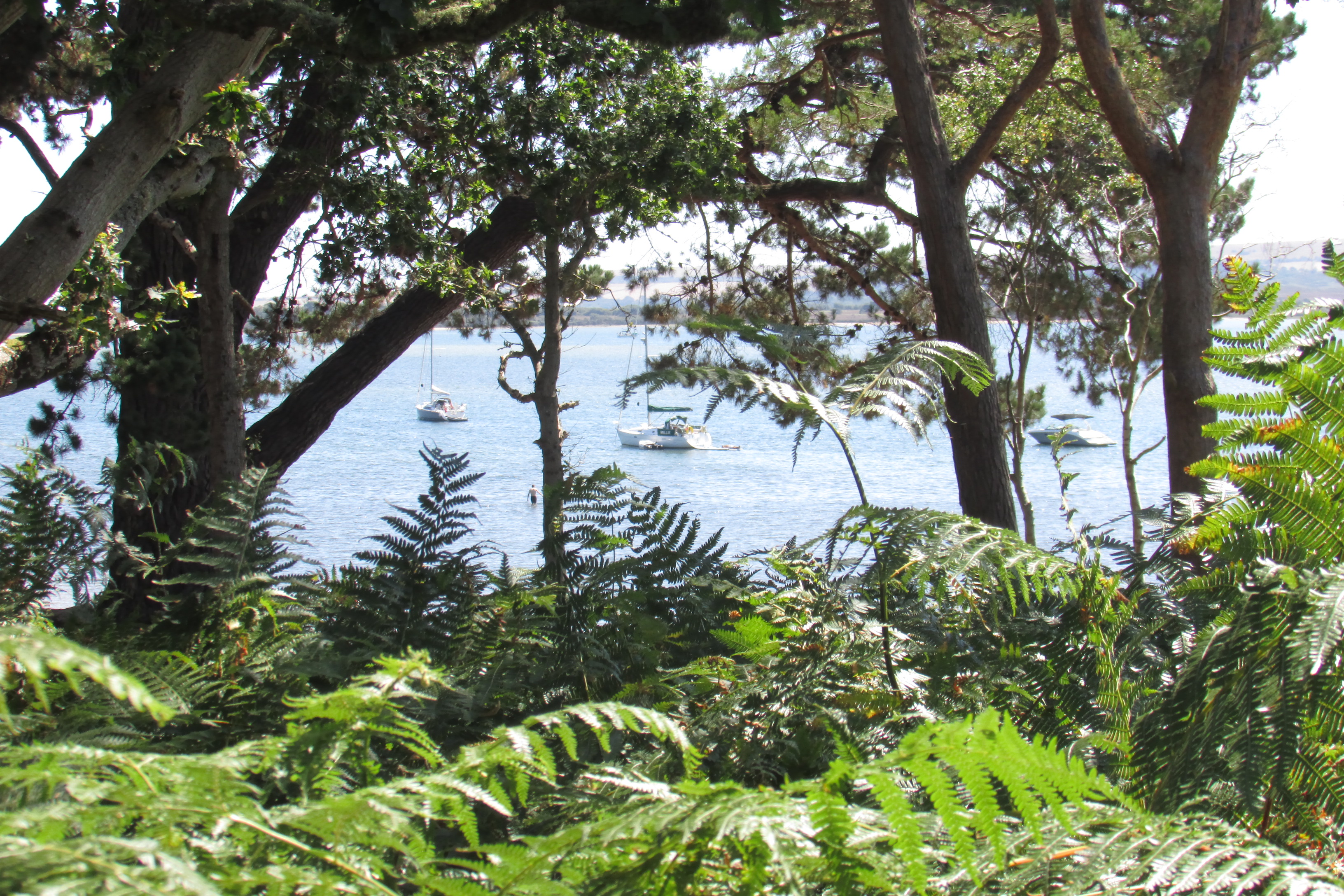
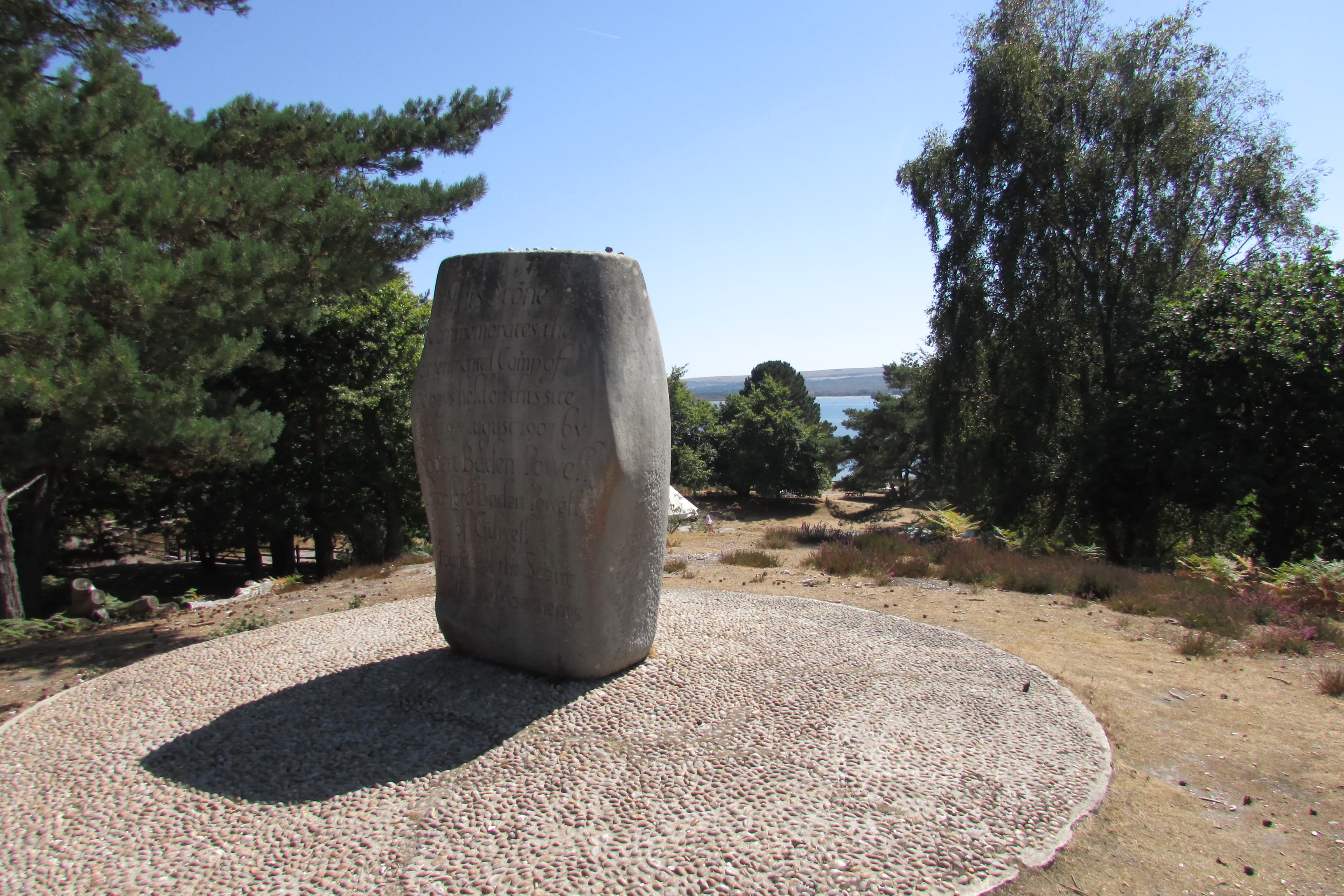
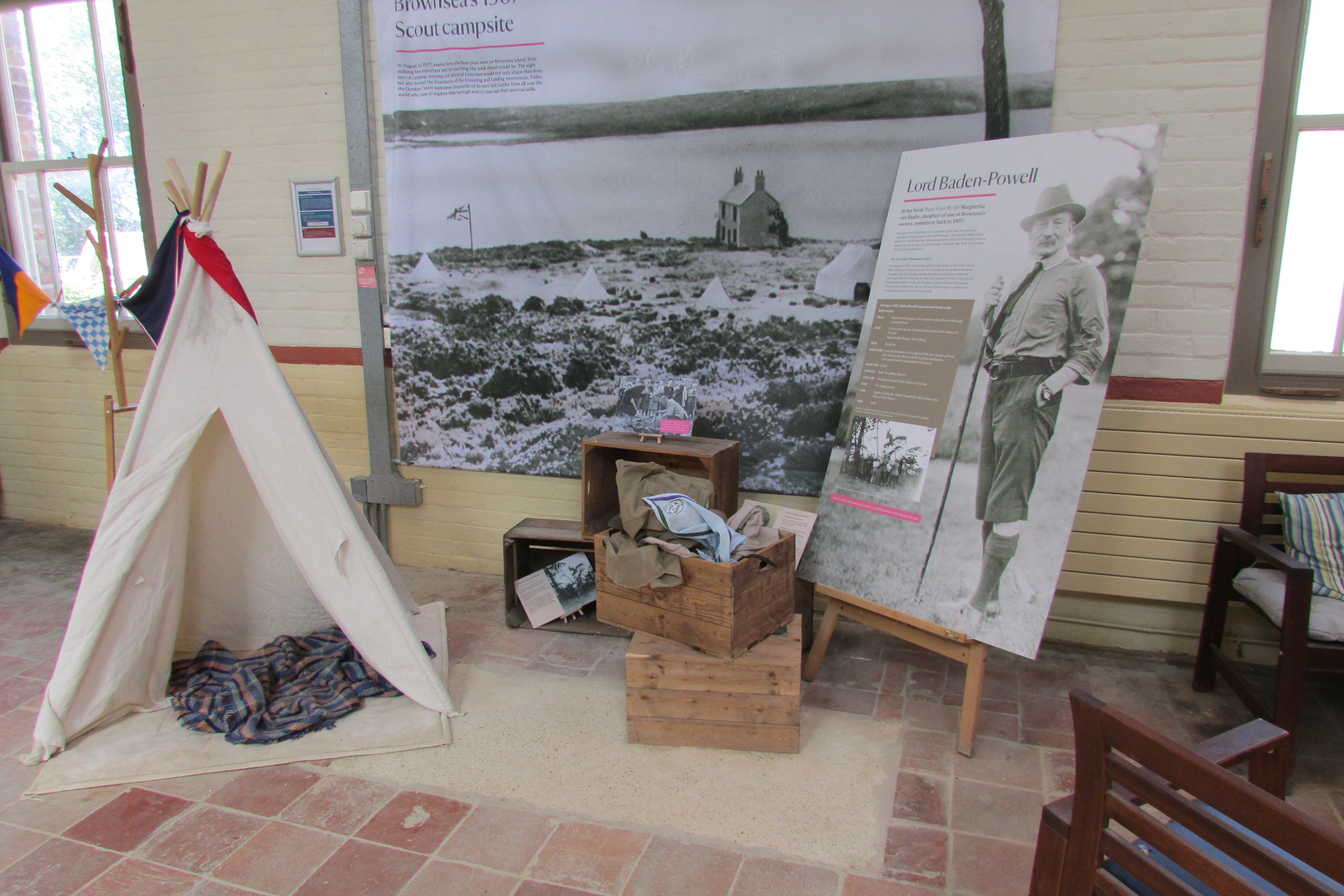
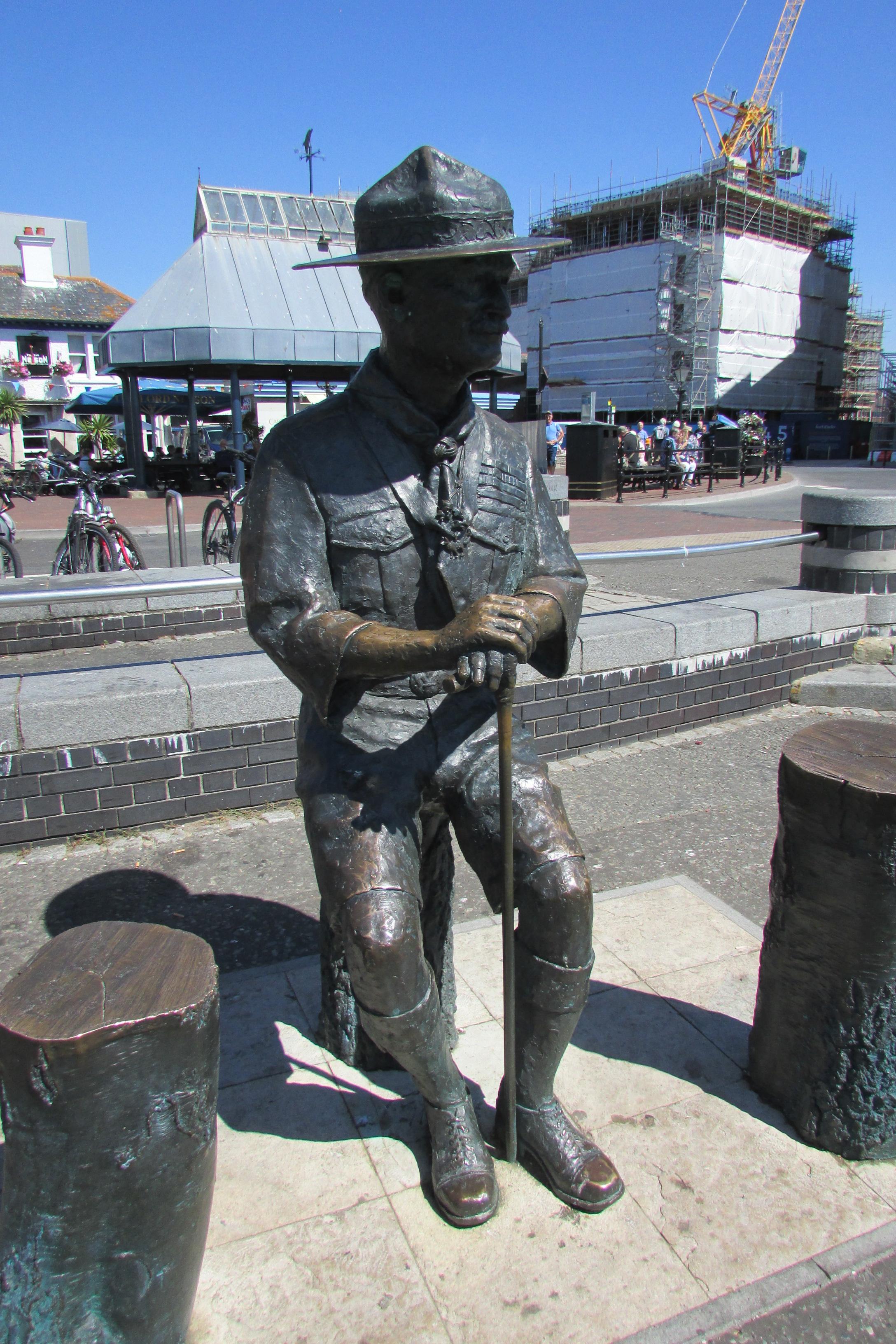
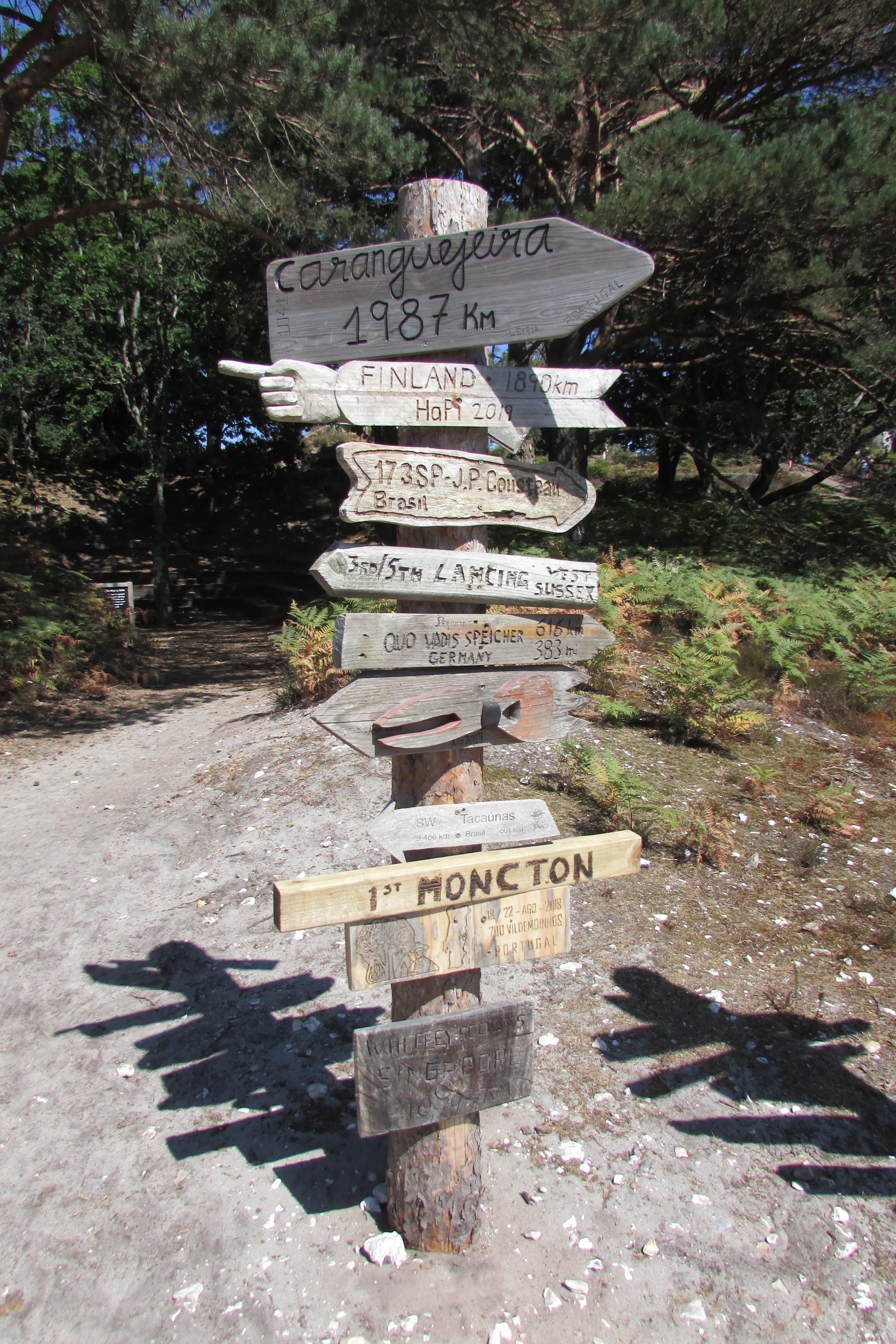
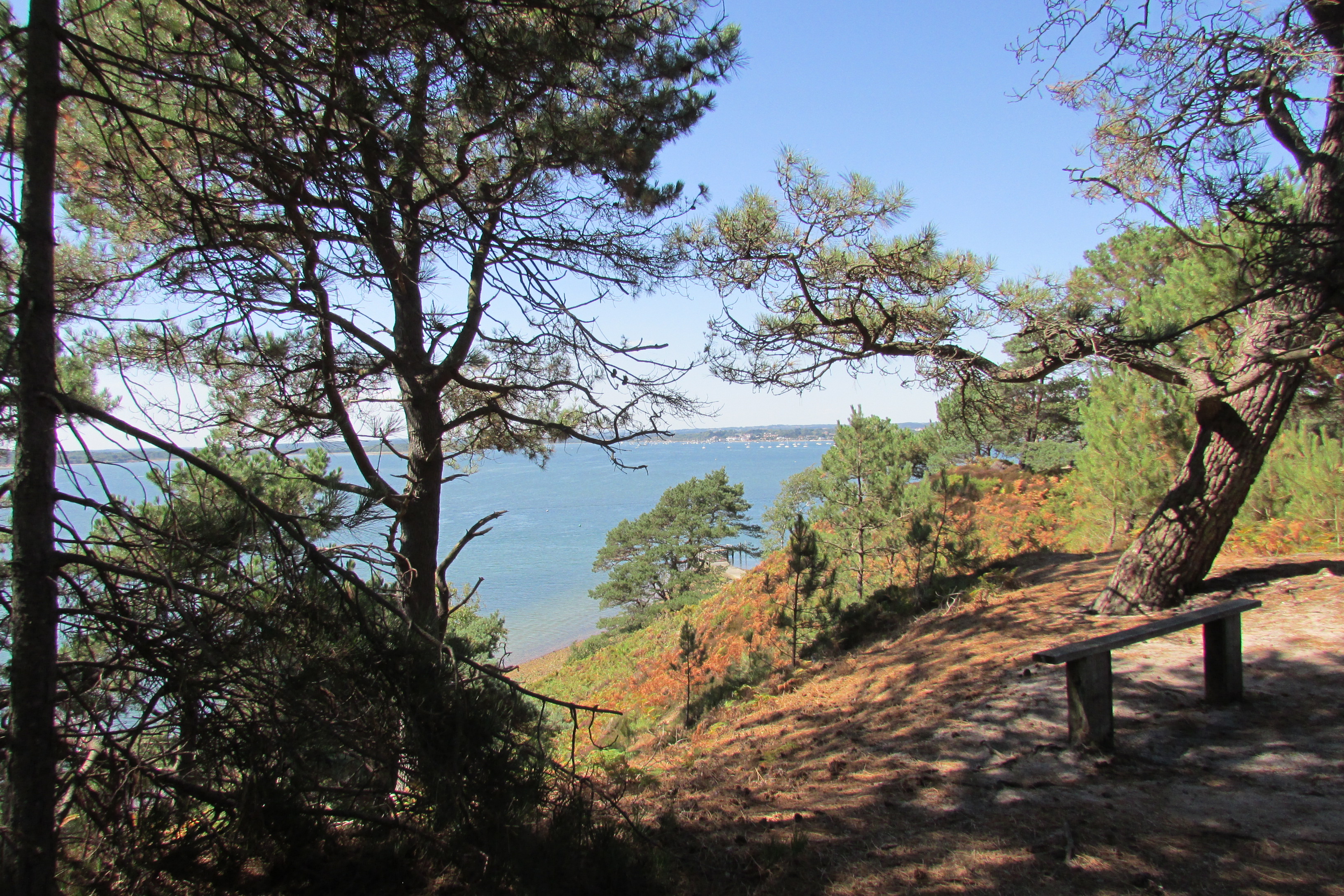
.
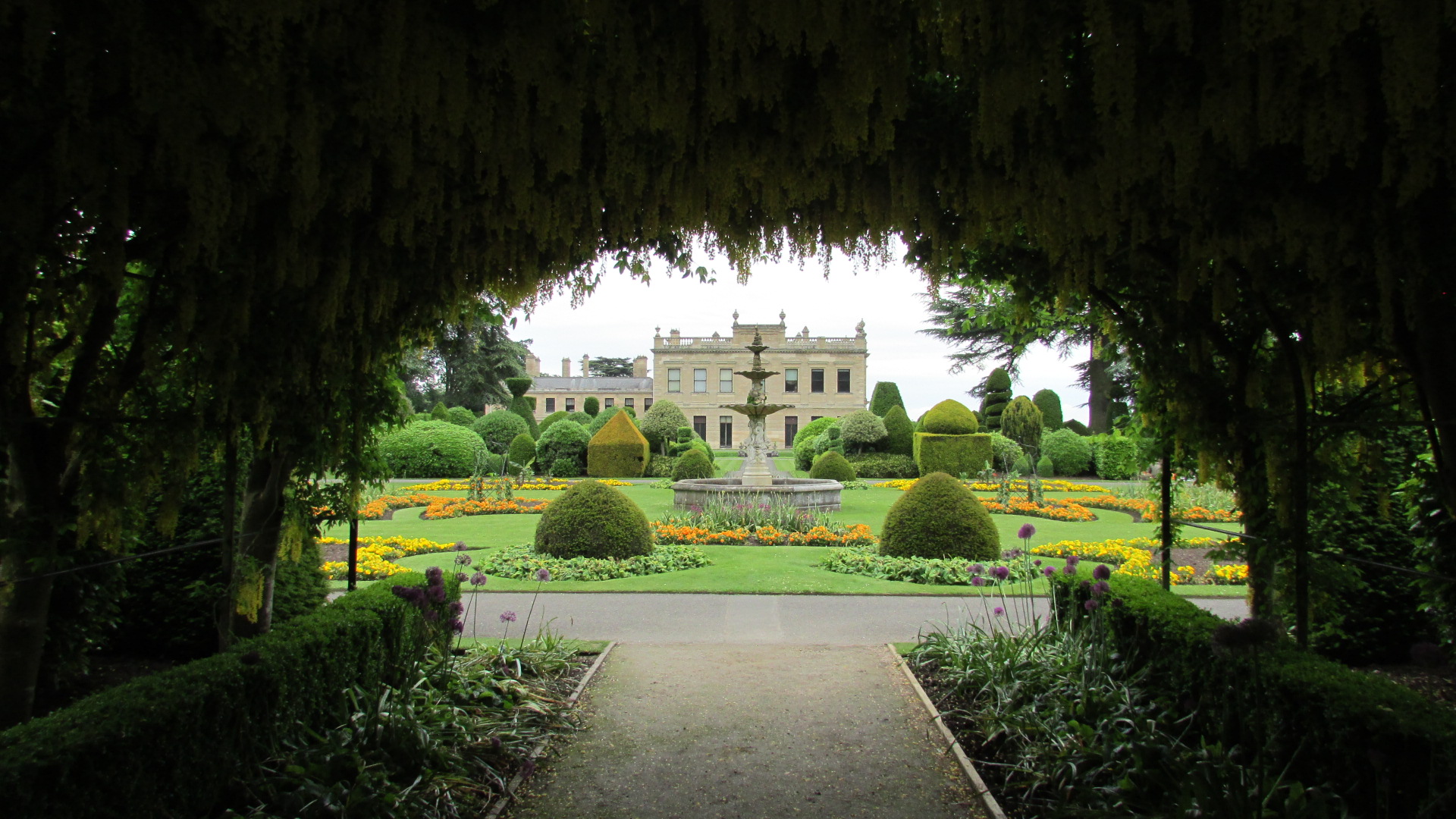
Brodsworth Hall and Gardens
Brodsworth
Doncaster
South Yorkshire
DN57XJ
Telephone 01302 722598
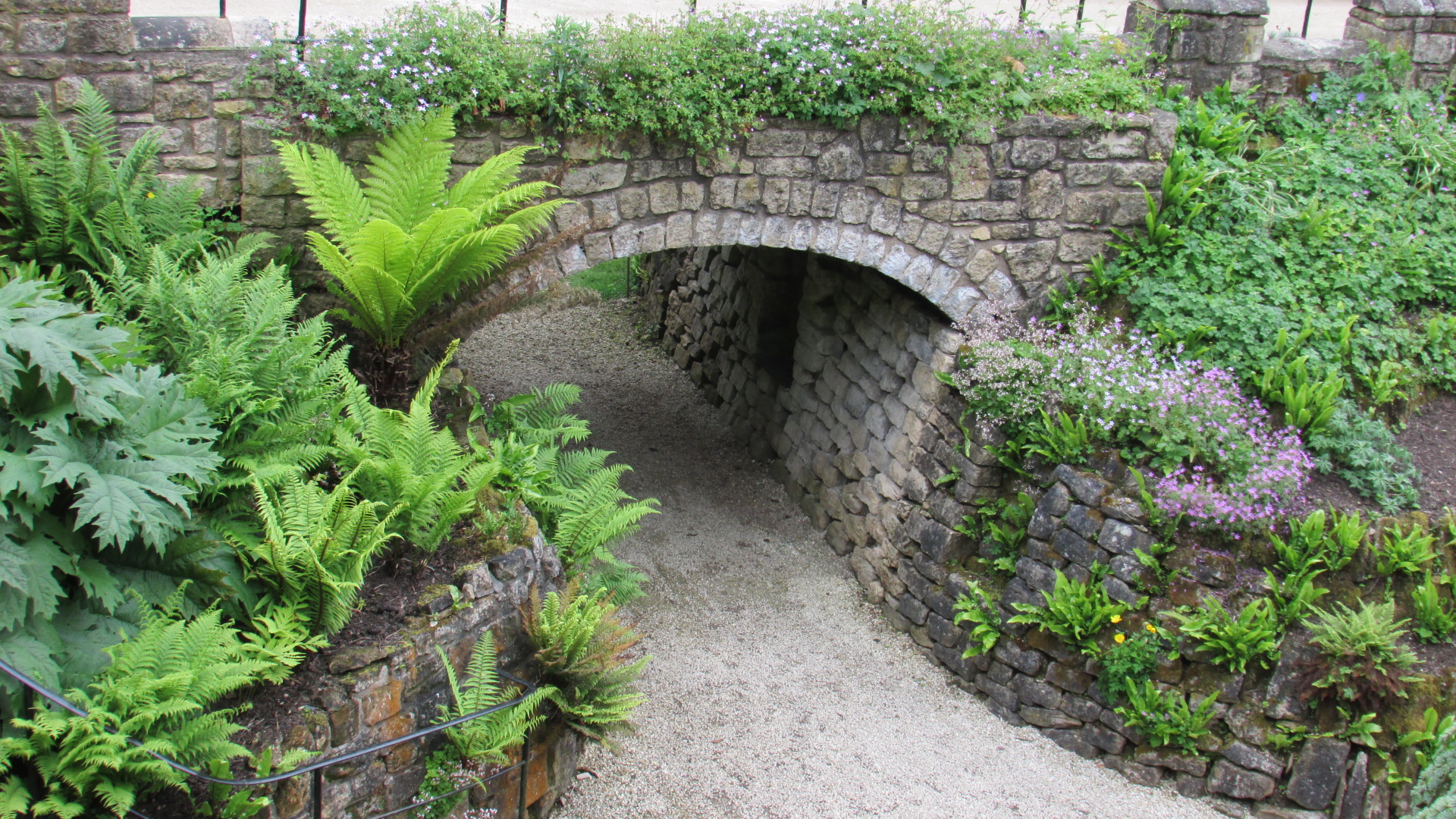
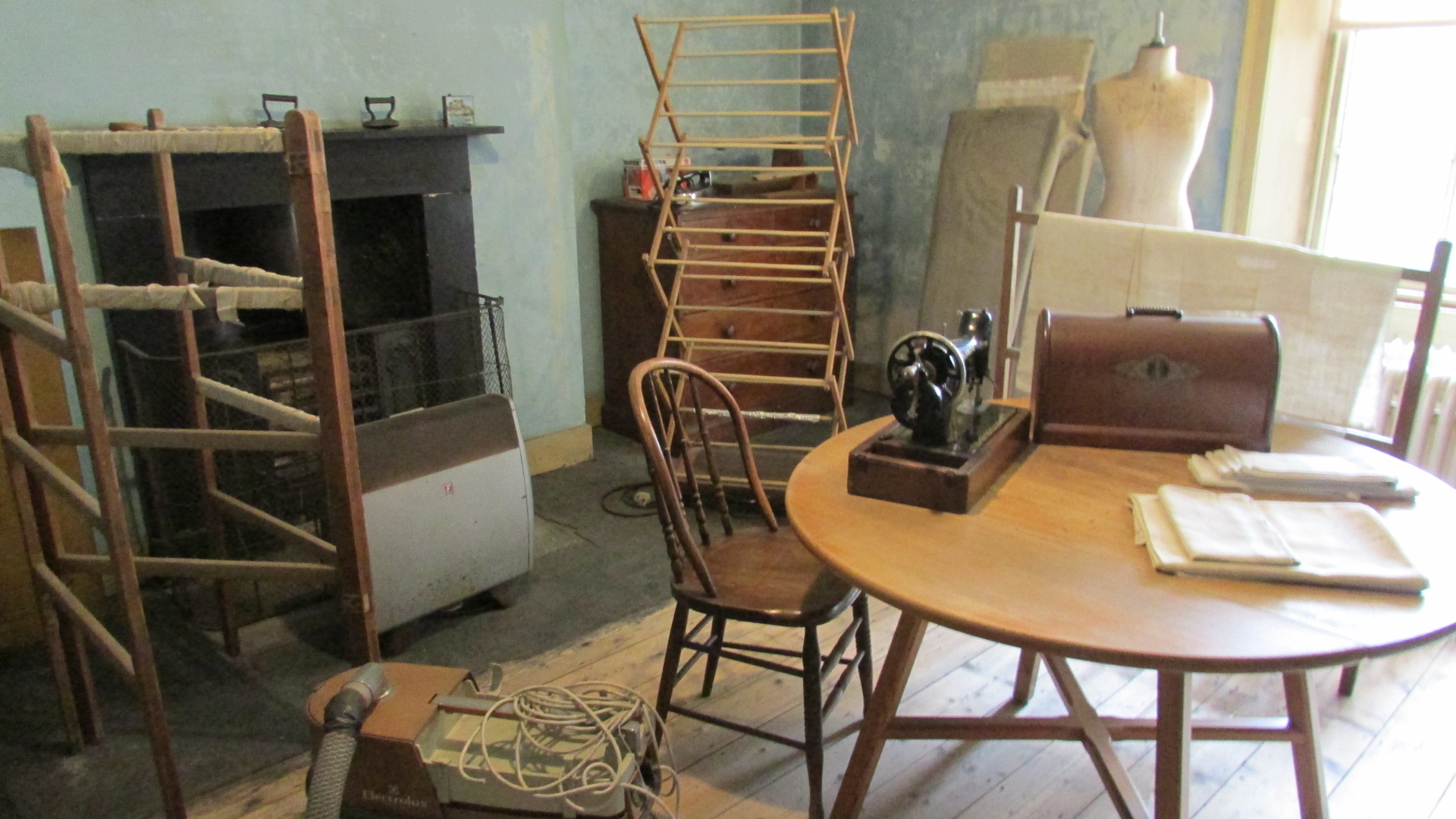
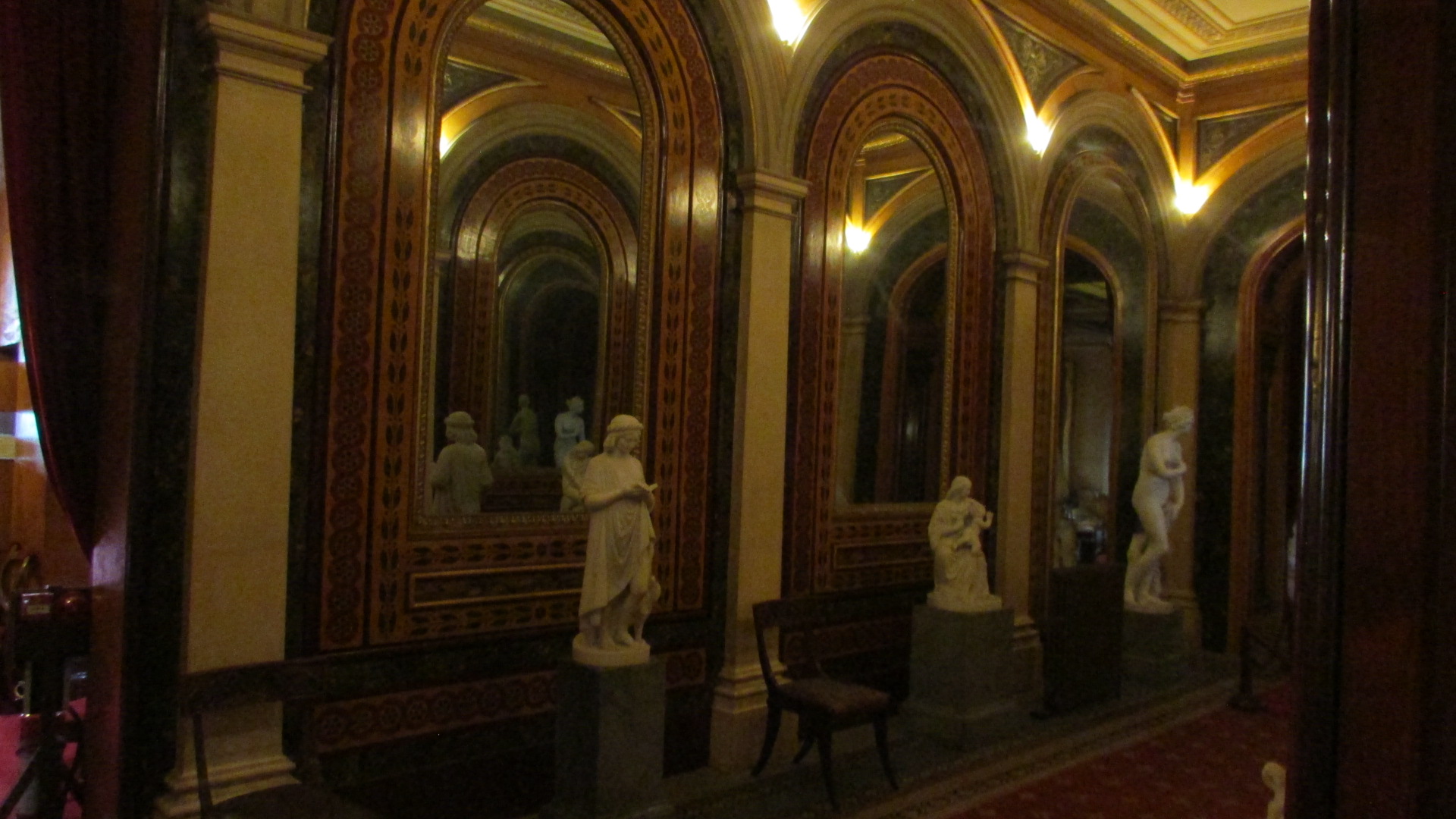
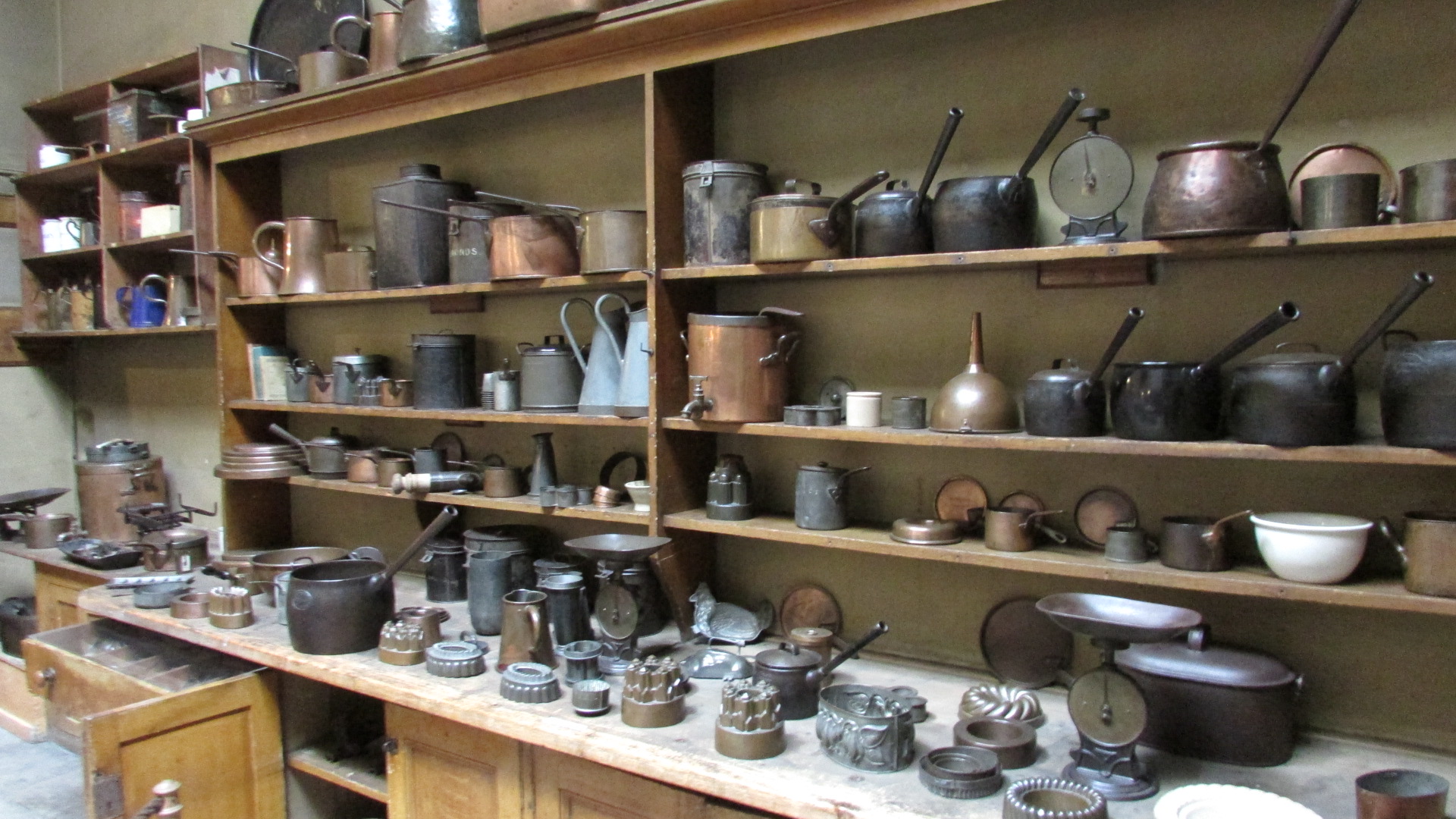
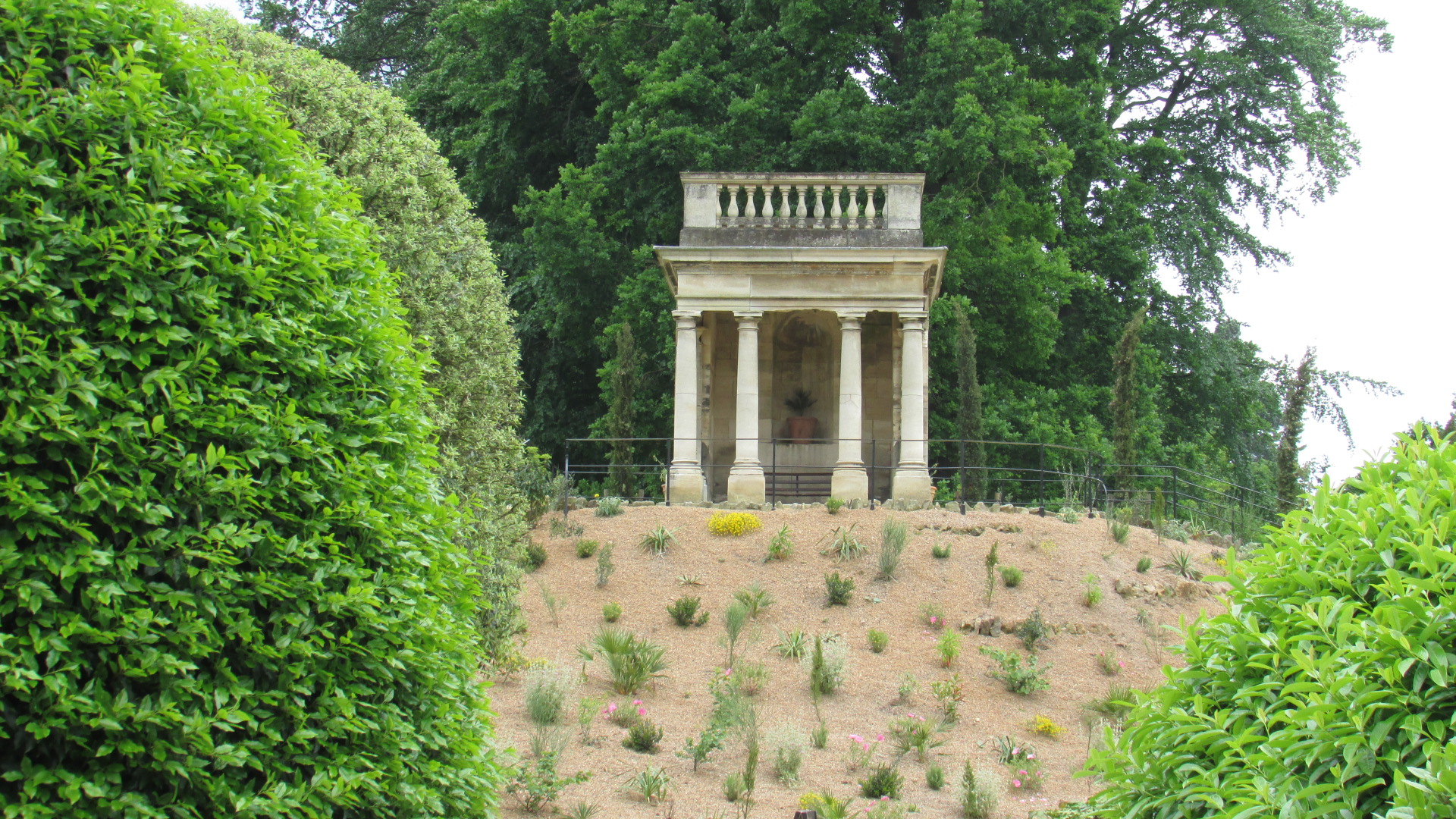
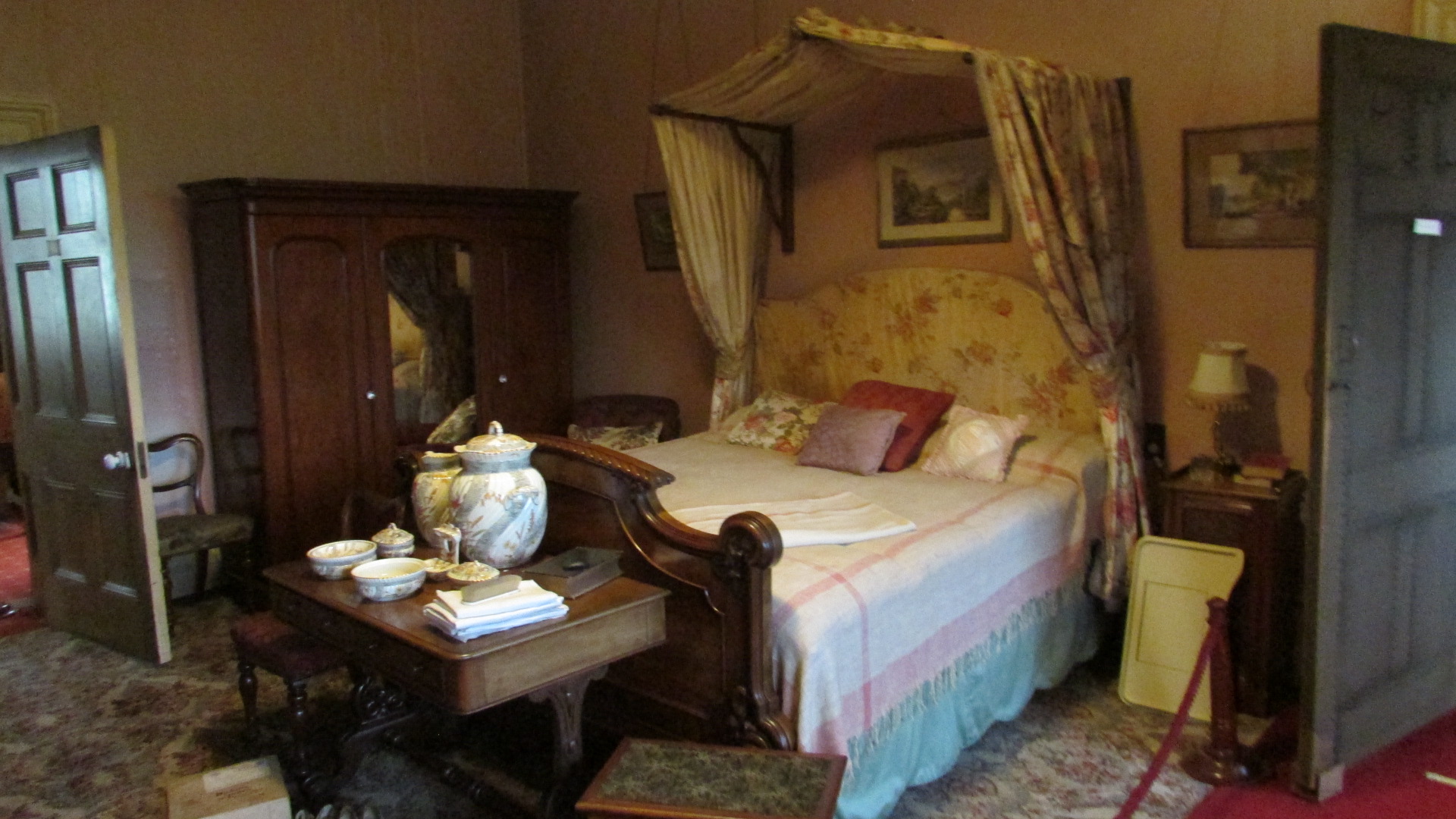
Buckler’s Hard Village and Maritime Museum
Brockenhurst
New Forest
Hampshire
SO42 7XB
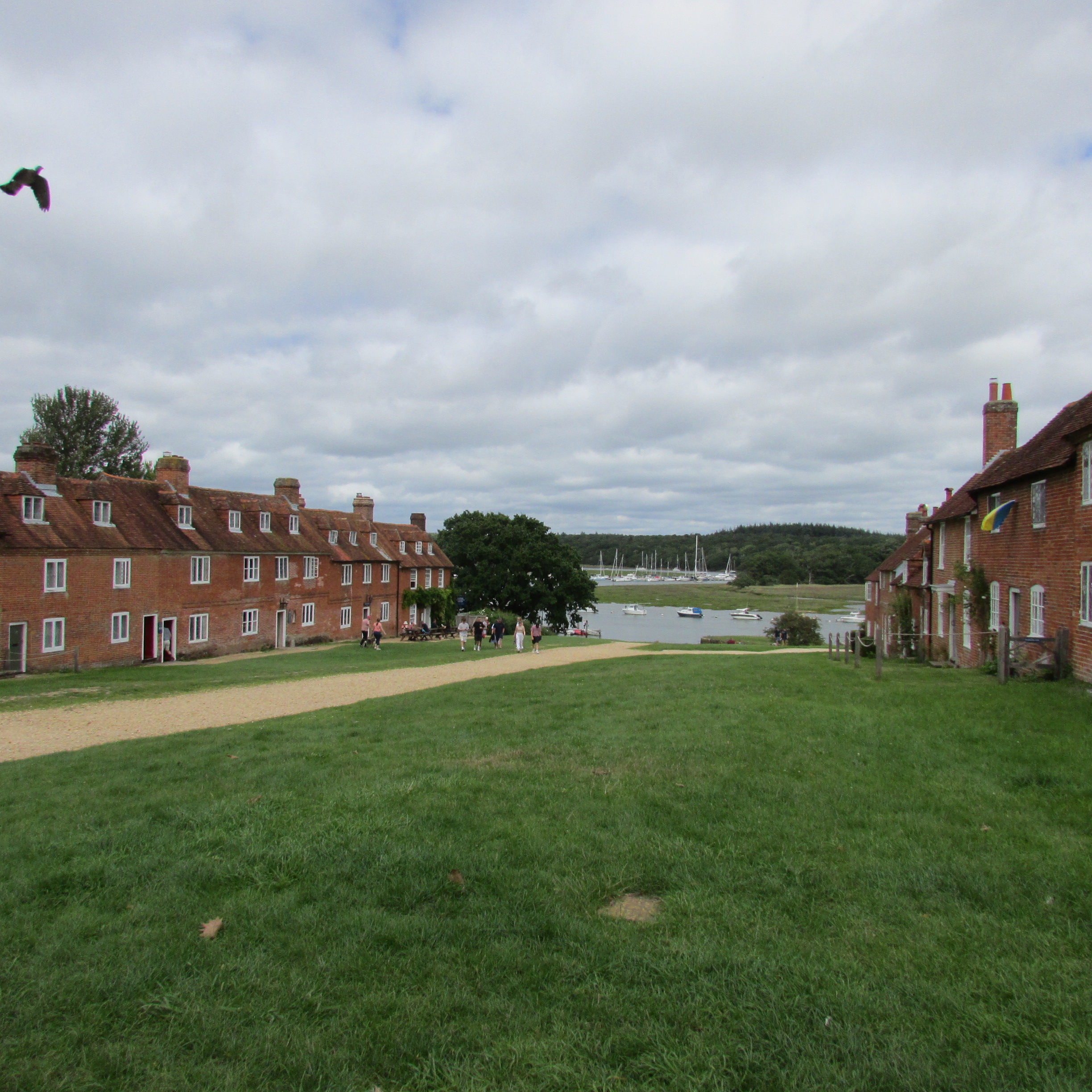
This is a fascinating little village that defies the passage
of time! A small hamlet set on the banks
of the Beaulieu River, it consists of a large open green and a row of Georgian
cottages that run down to the river. It is part of the 9000-acre Beaulieu
Estate and remains an unspoilt haven with a rich maritime history.
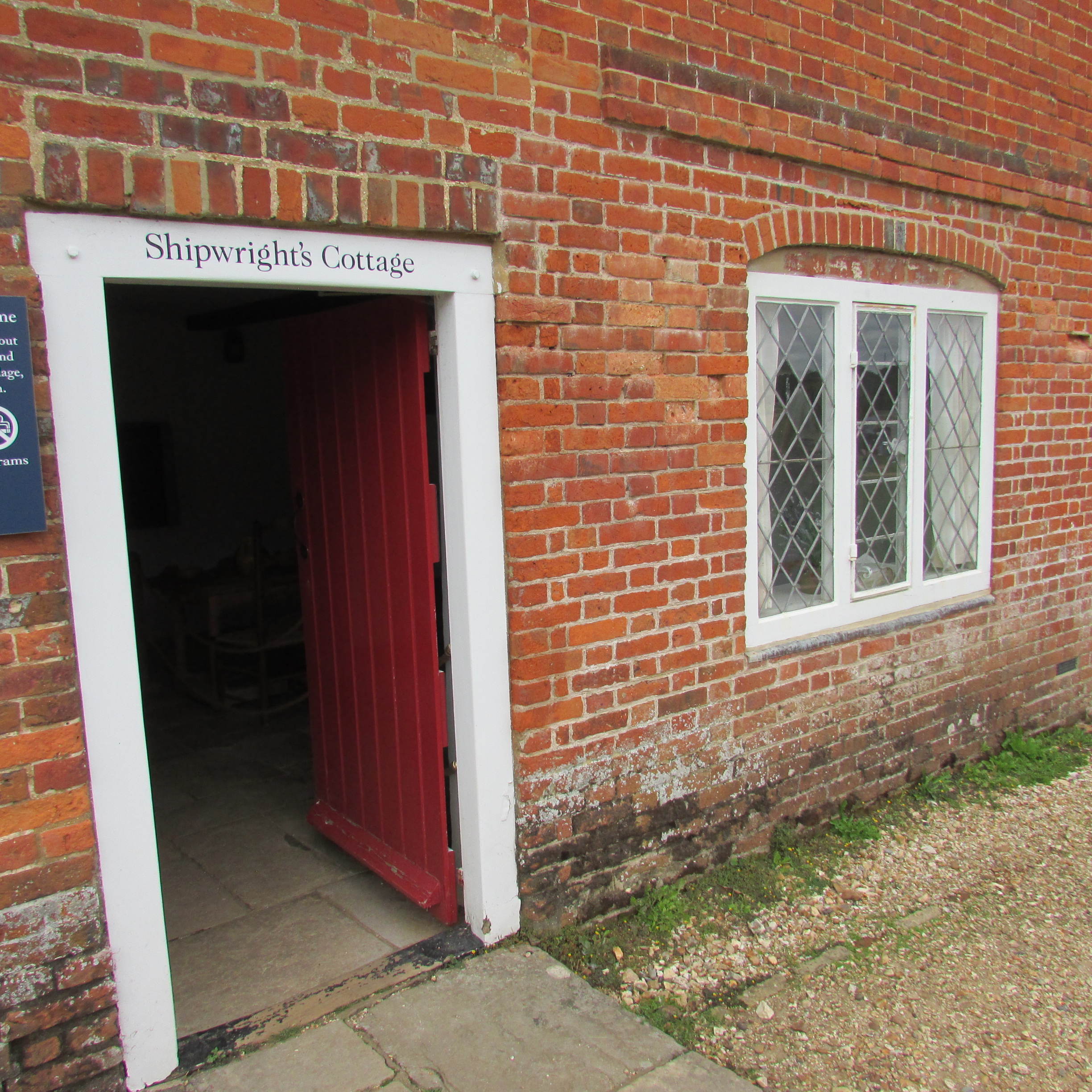
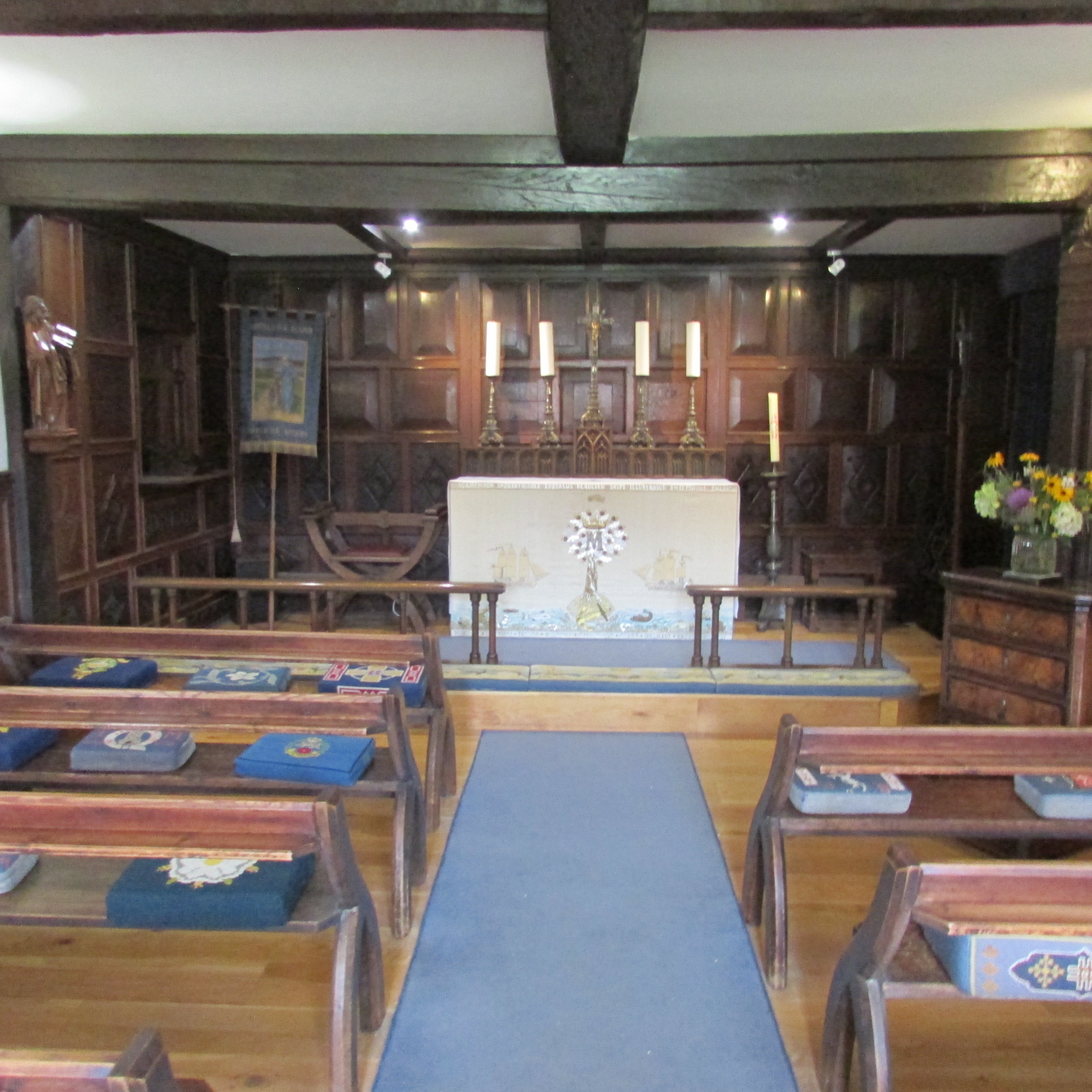
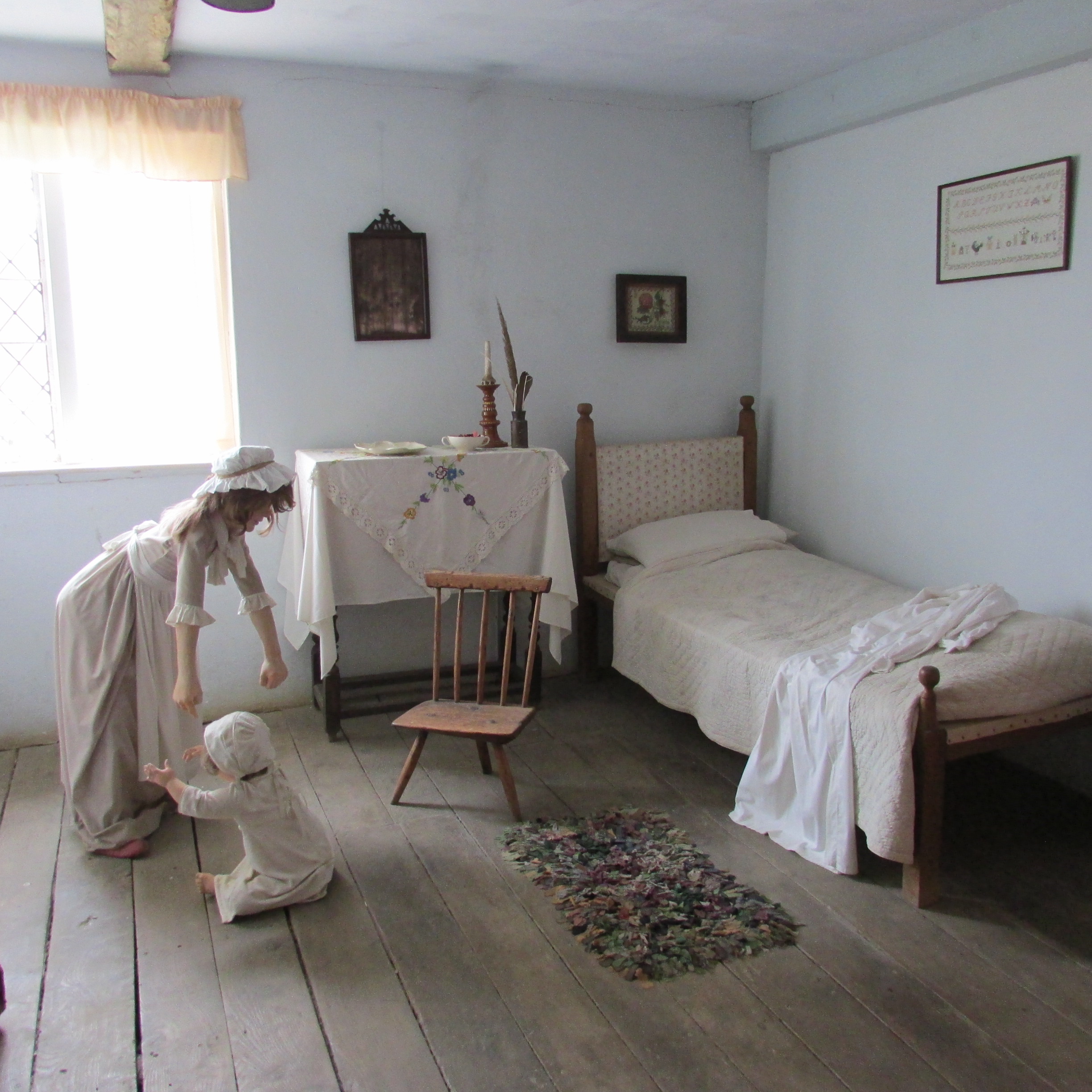
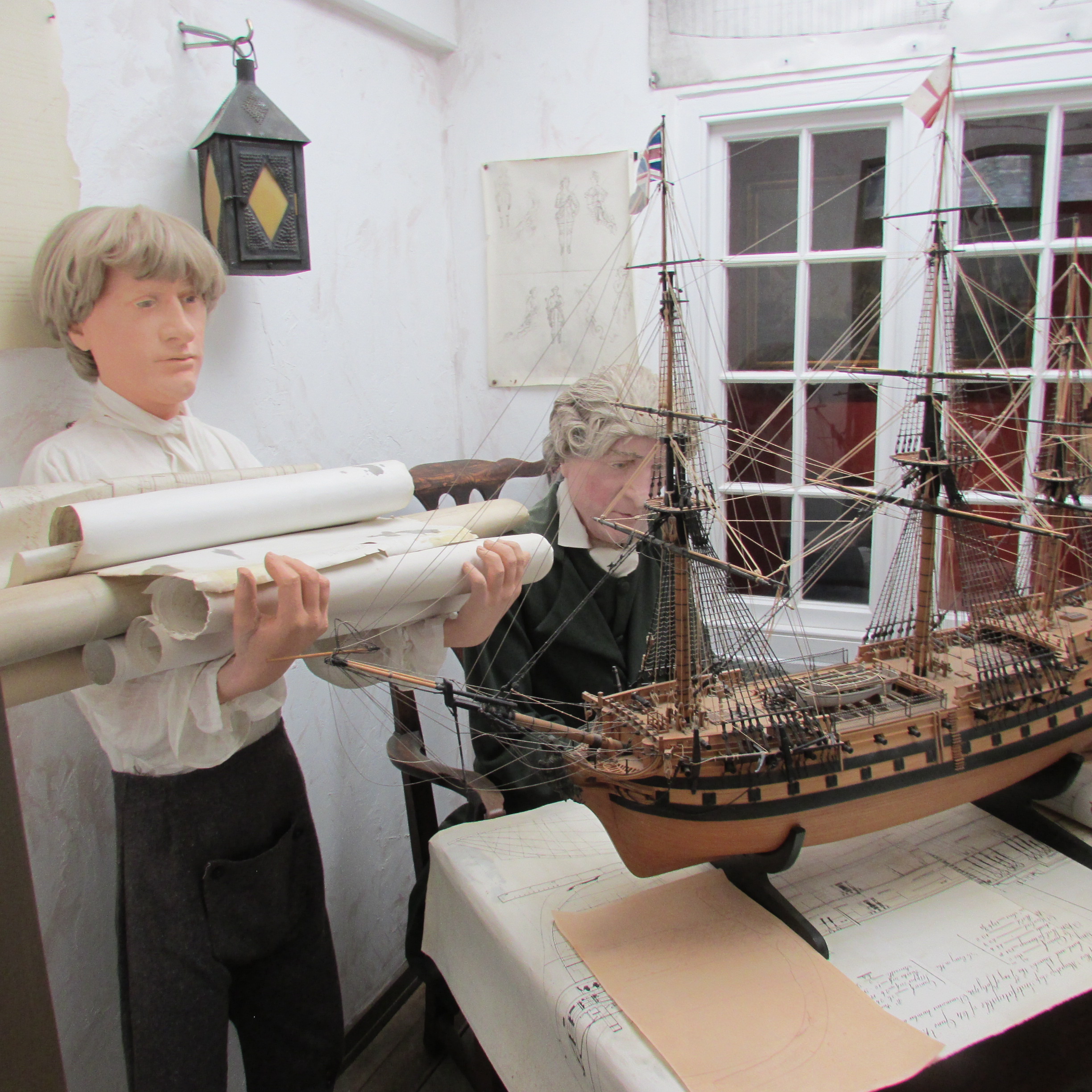
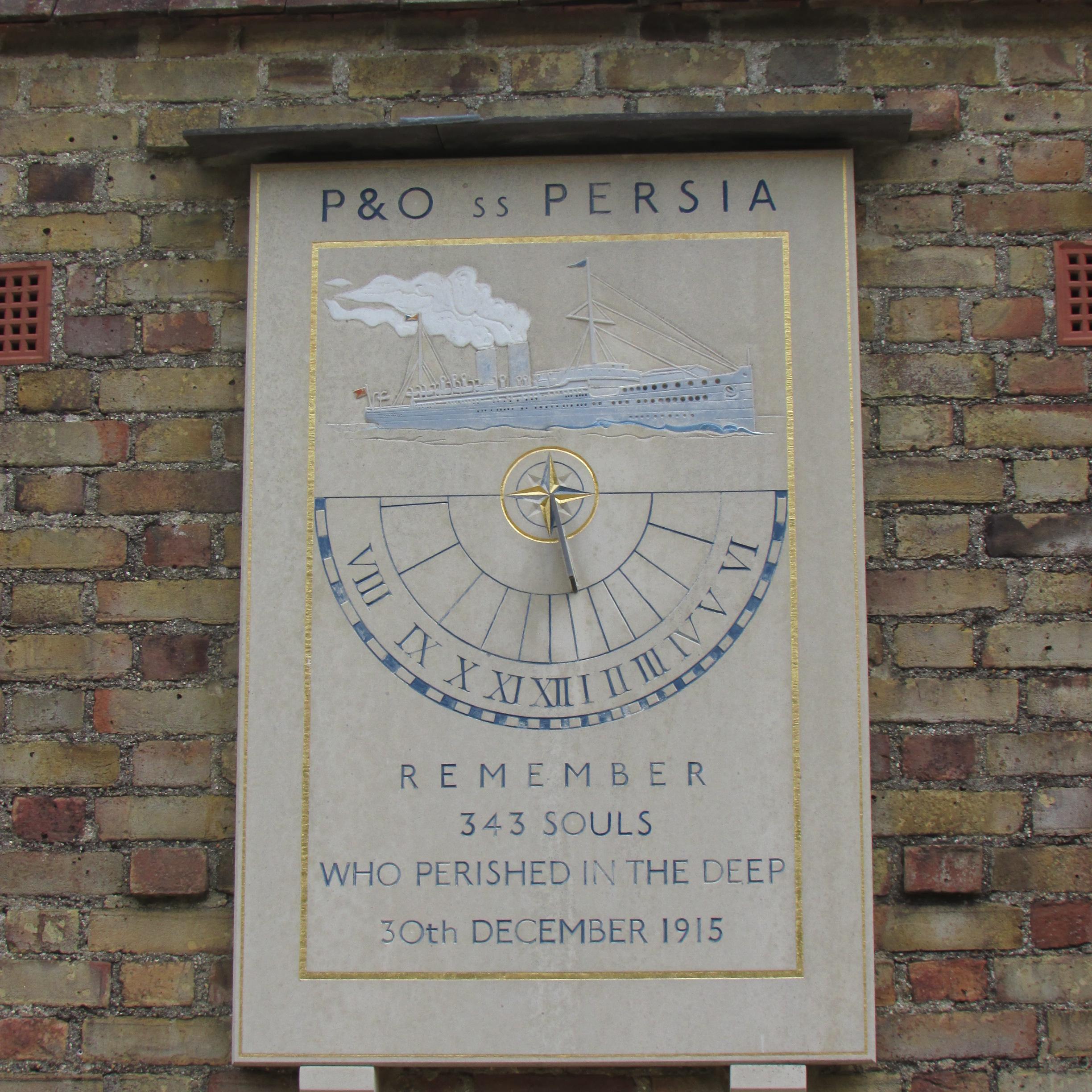
Beamish Open Air Museum
Beamish
County Durham
DH9 0RG
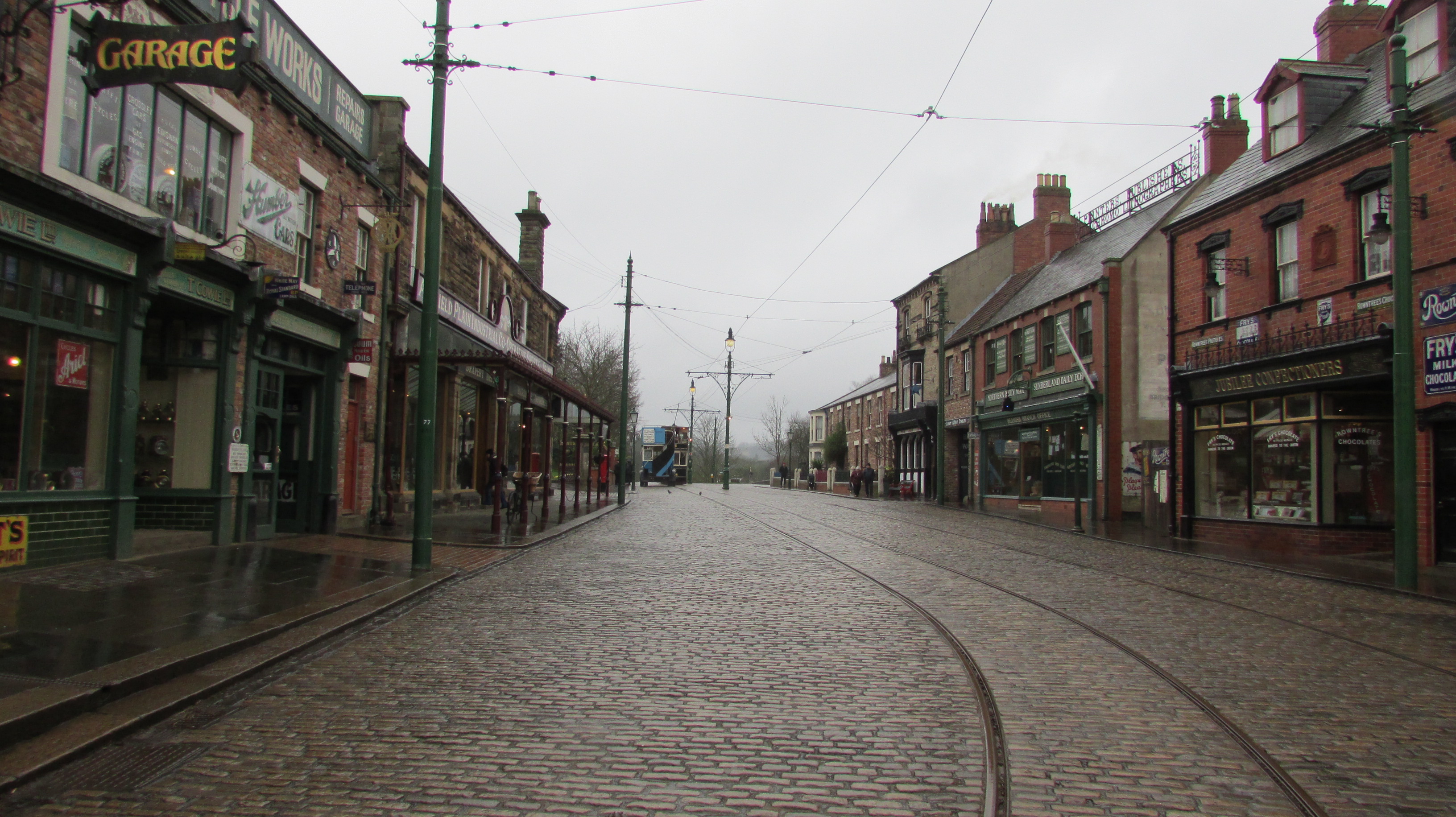
This has got to be one of my favourite places to visit. I
have been a number of times and I am already itching to go again! There is
always something new to see or a favourite place to rediscover and more than
enough to fill a full day. Indeed, if you want to have a really thorough look
at everything there is to see here, then multiple visits are necessary. Beamish
really has got something to interest everyone.
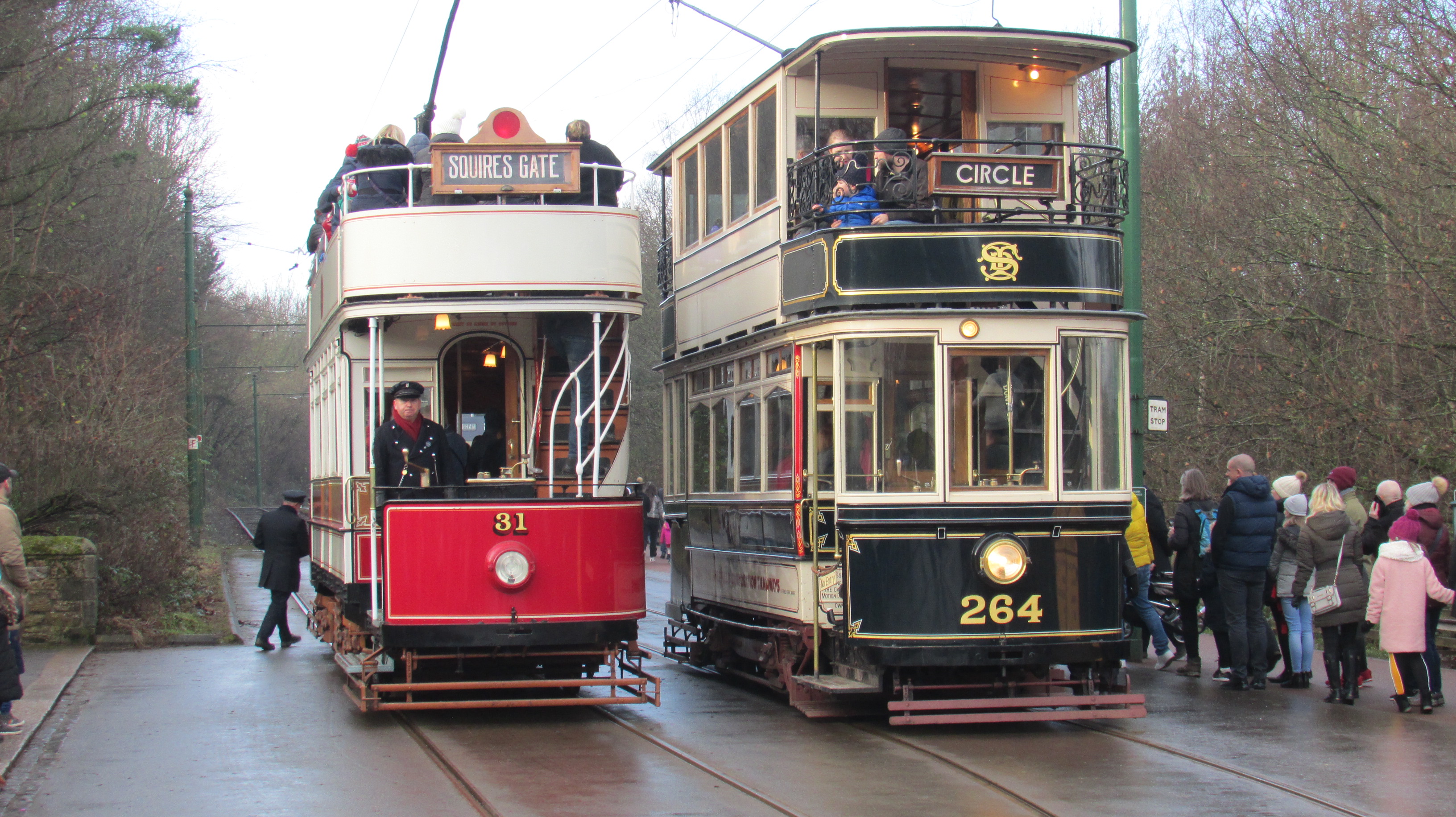
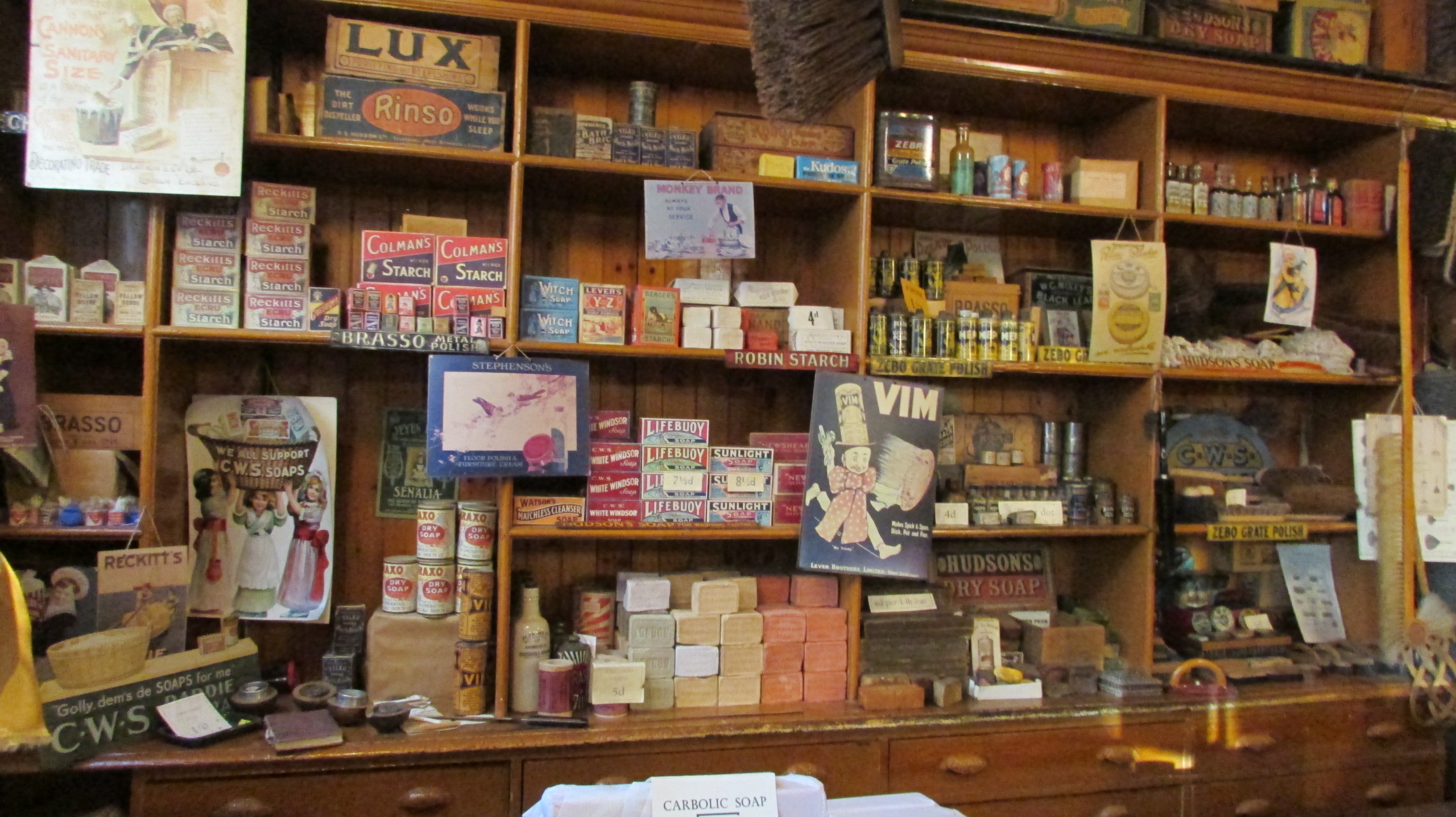
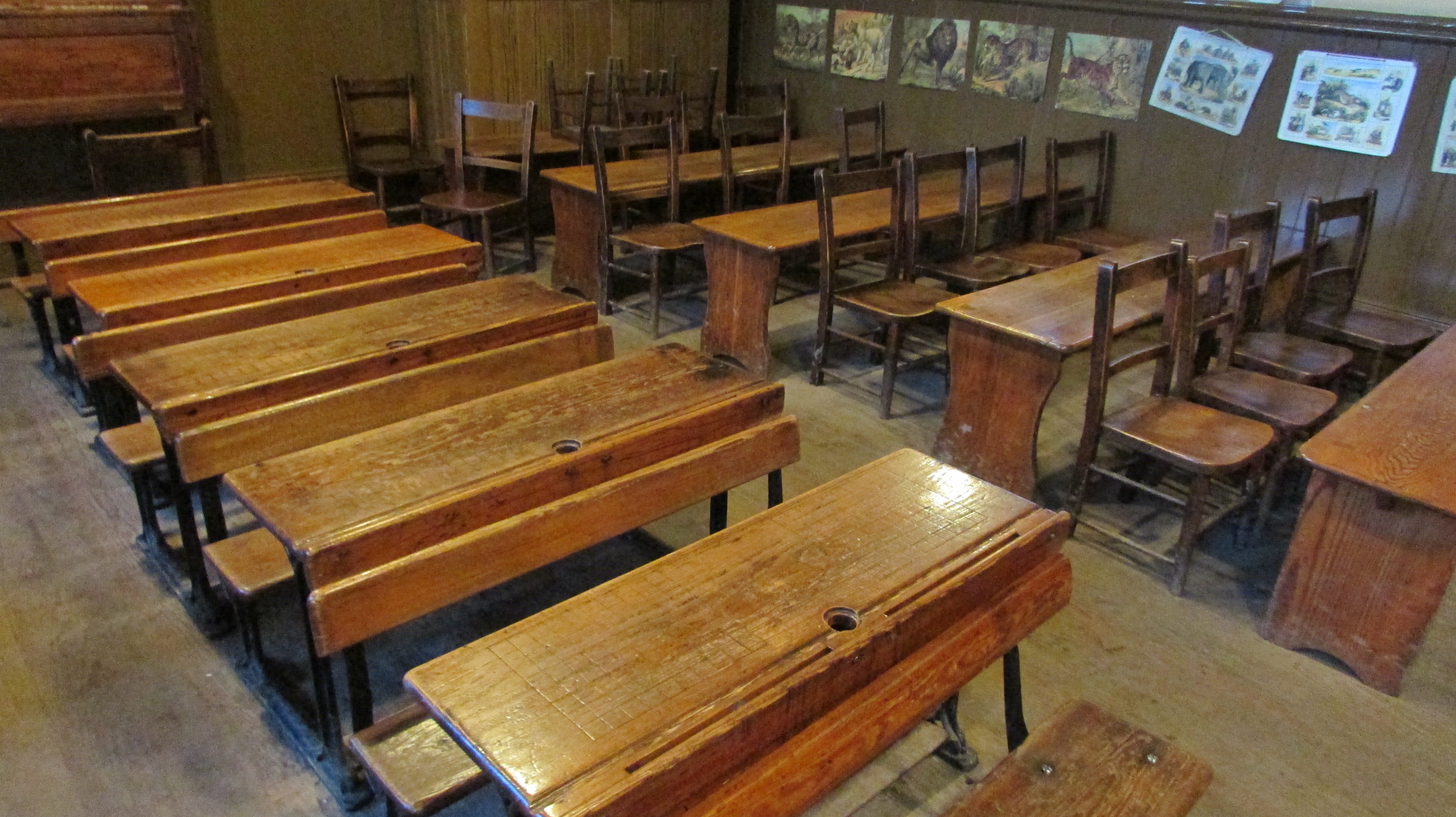
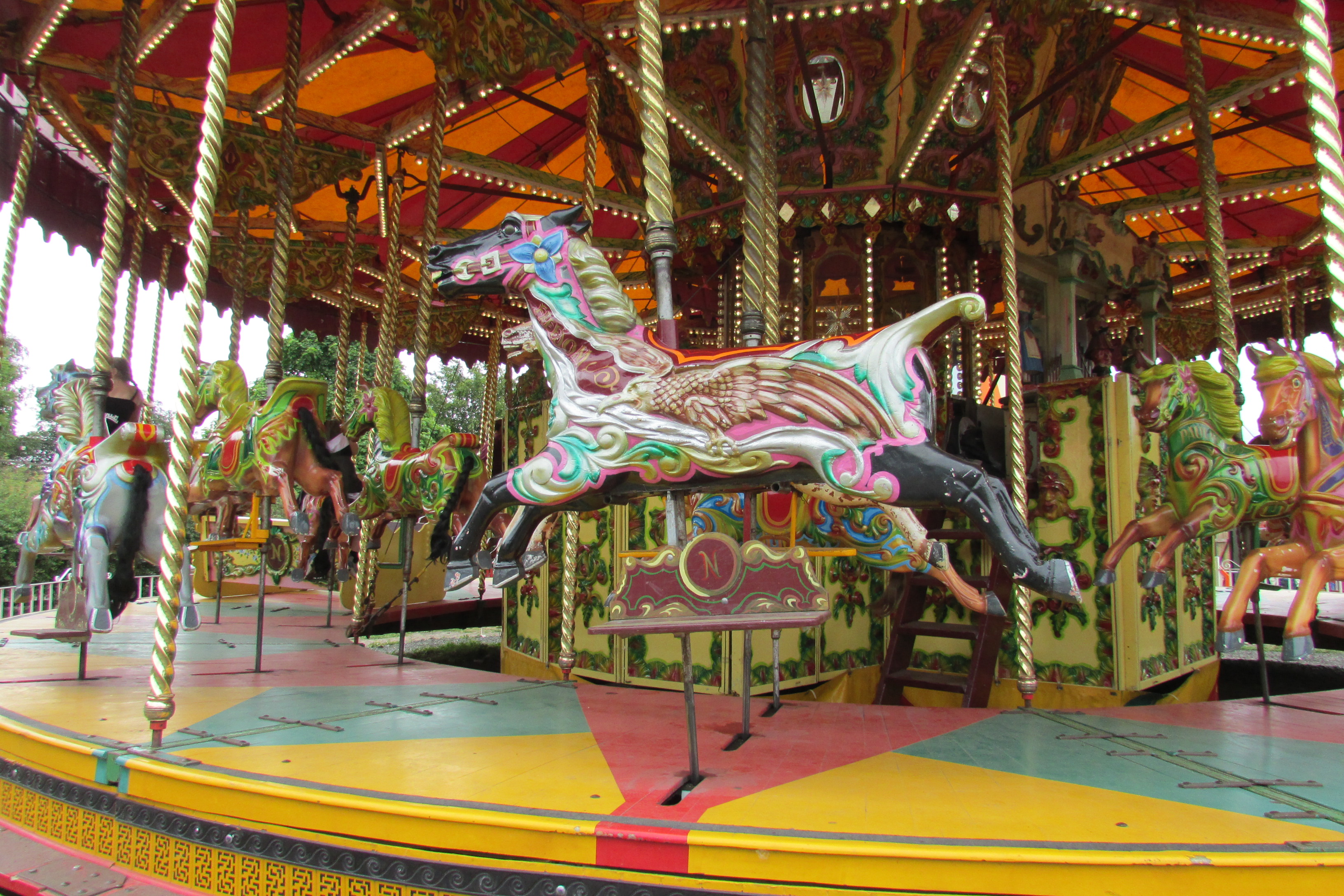
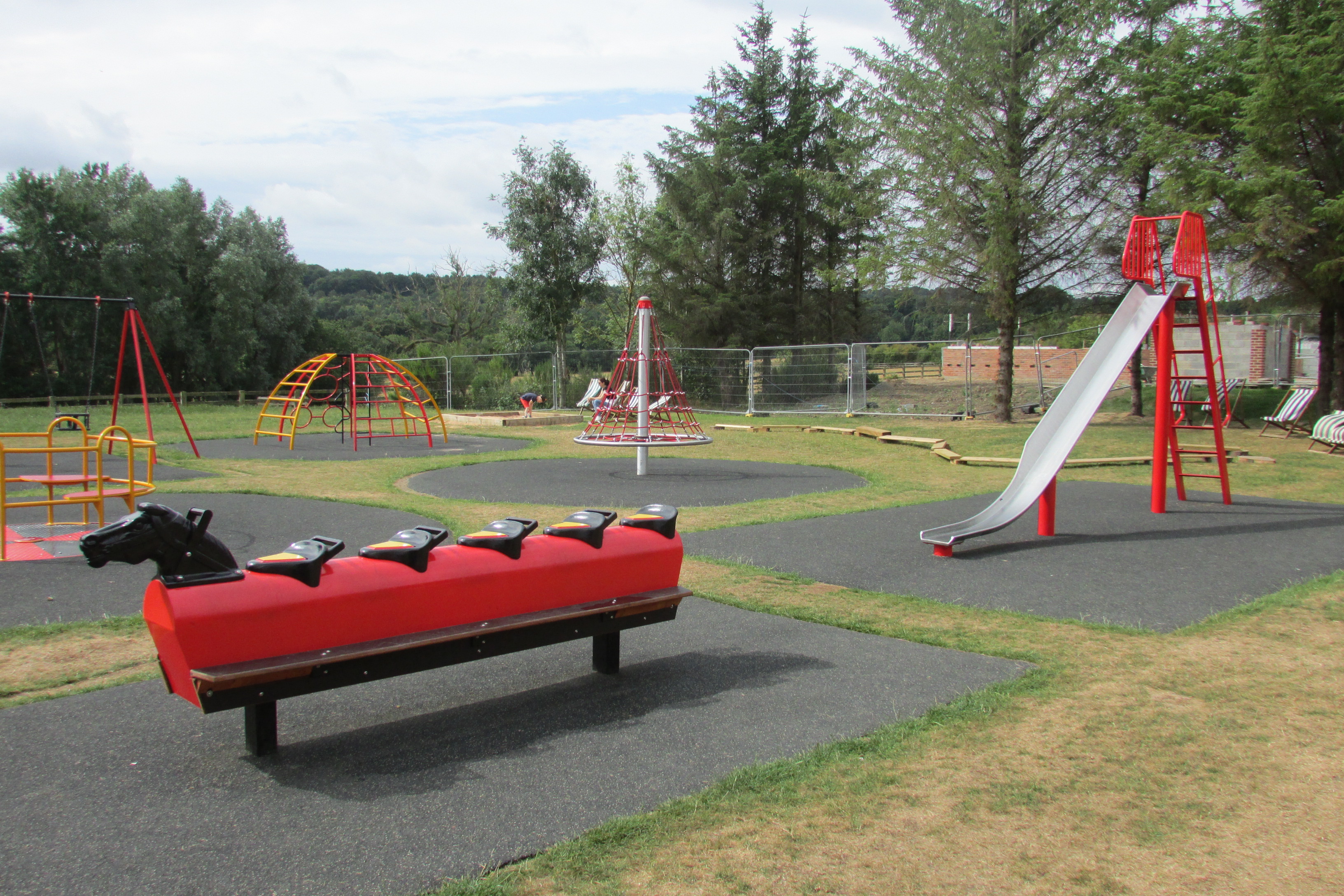
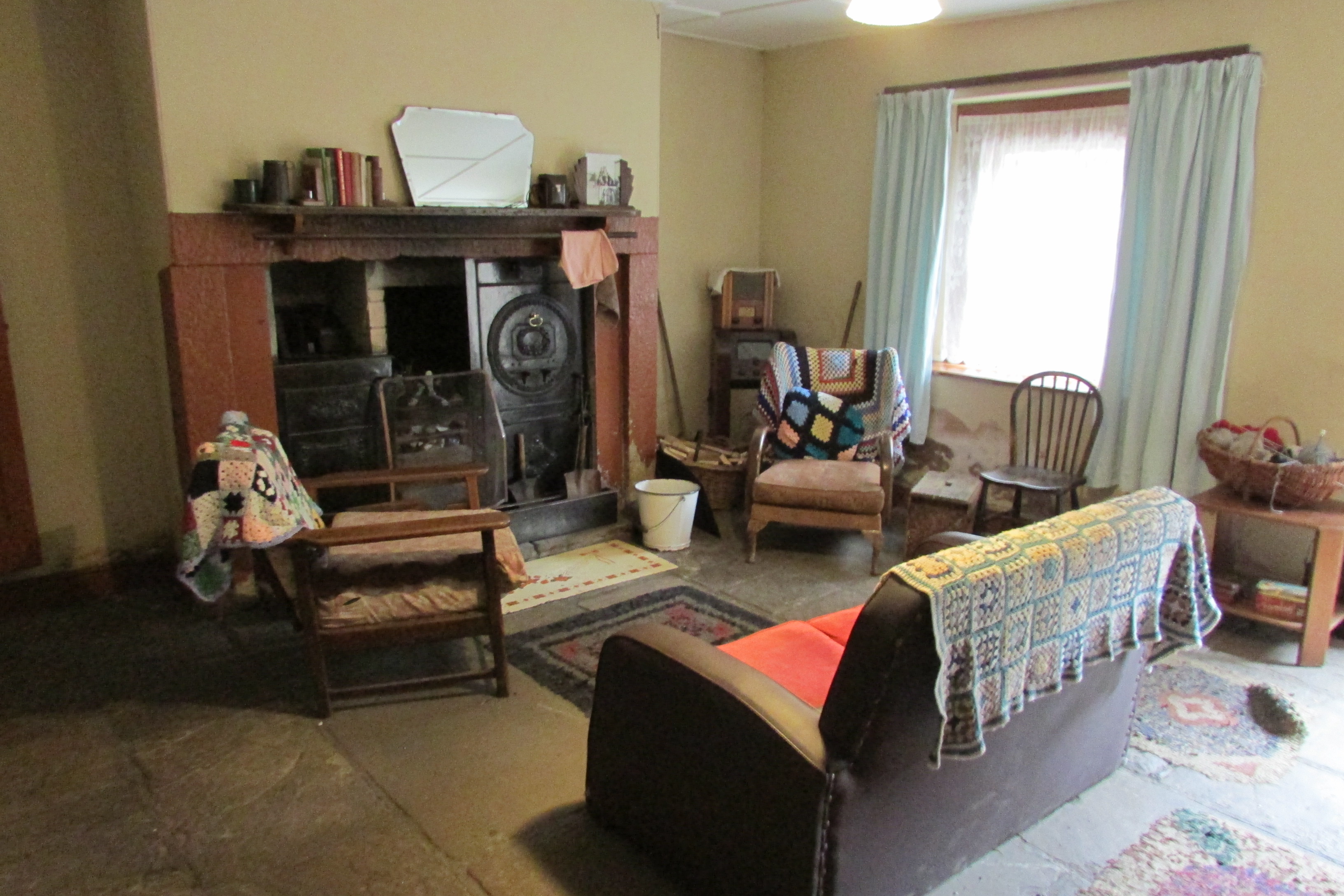
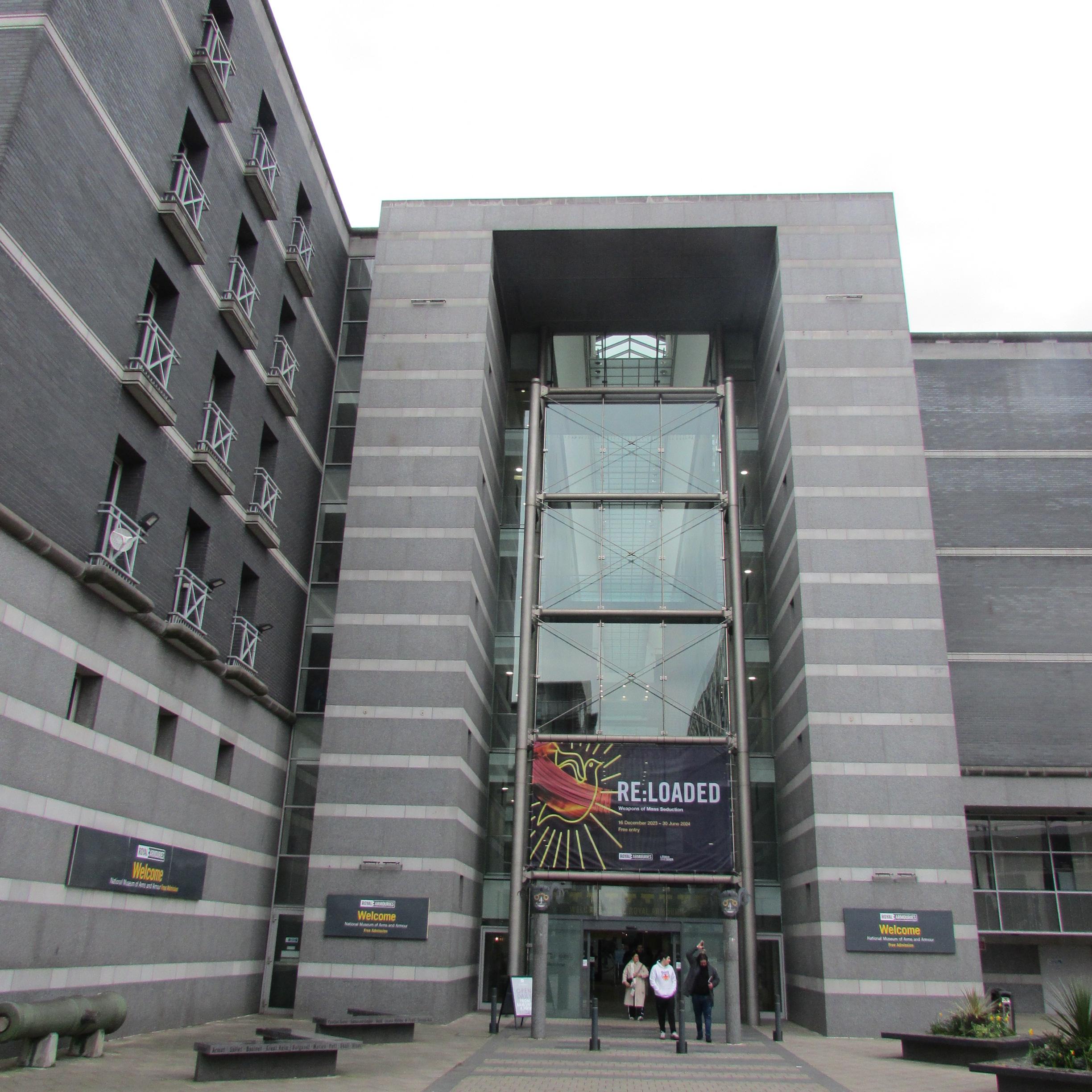
The Royal Armouries Museum
Armouries Drive
Leeds
LS10 1LT
www.royalarmouries.org
E mail: enquiries@armouries.org.uk
Tel: 01132201991

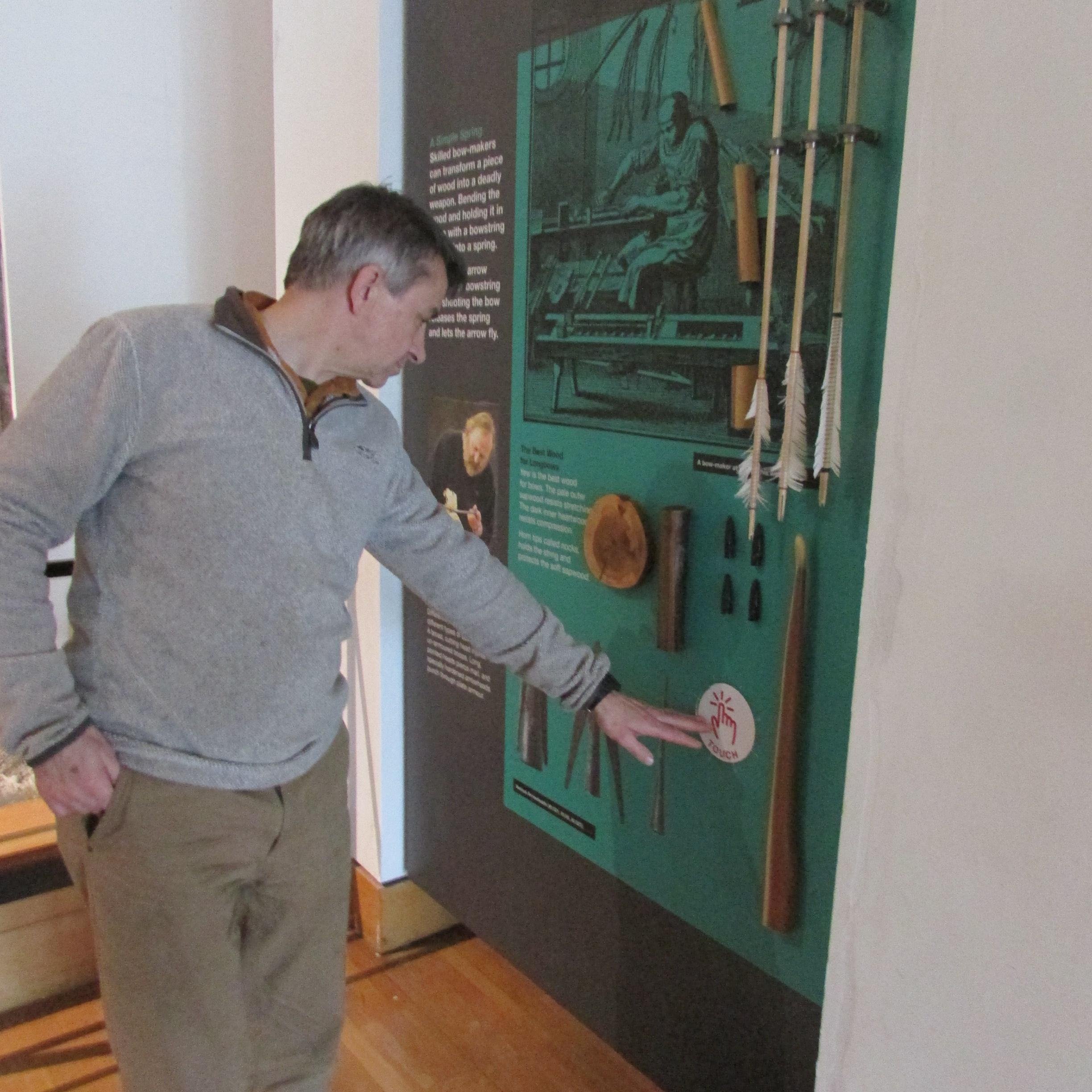
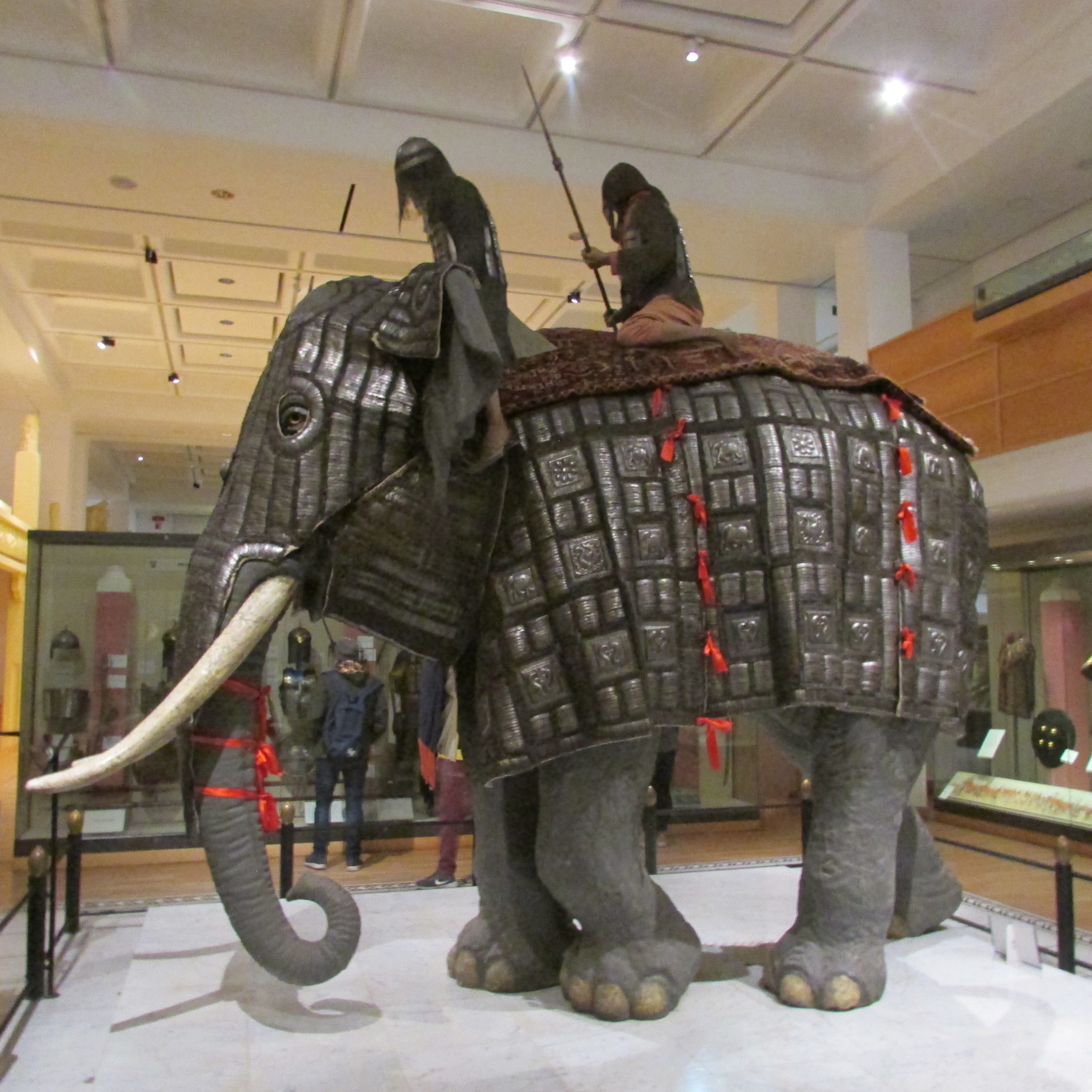
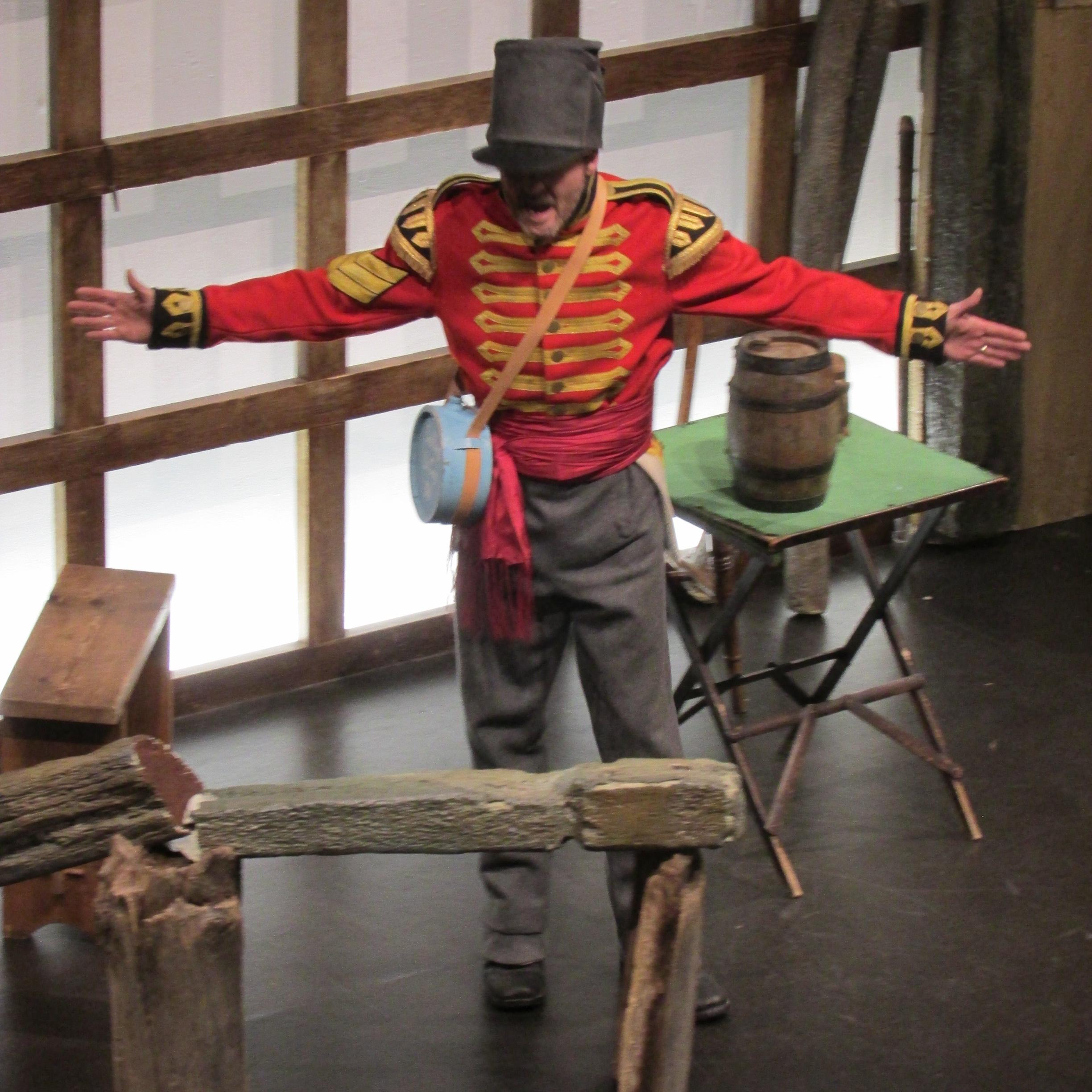
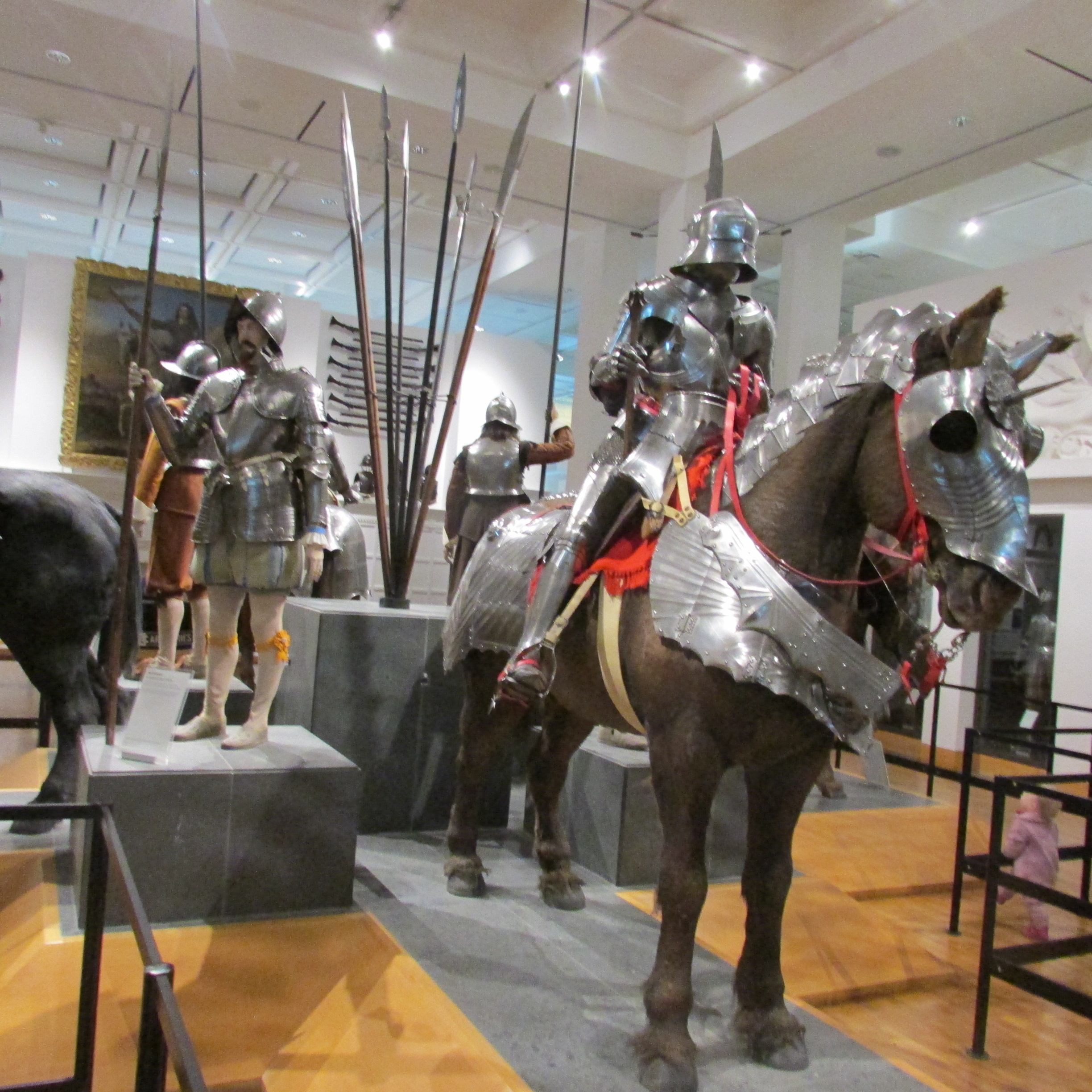
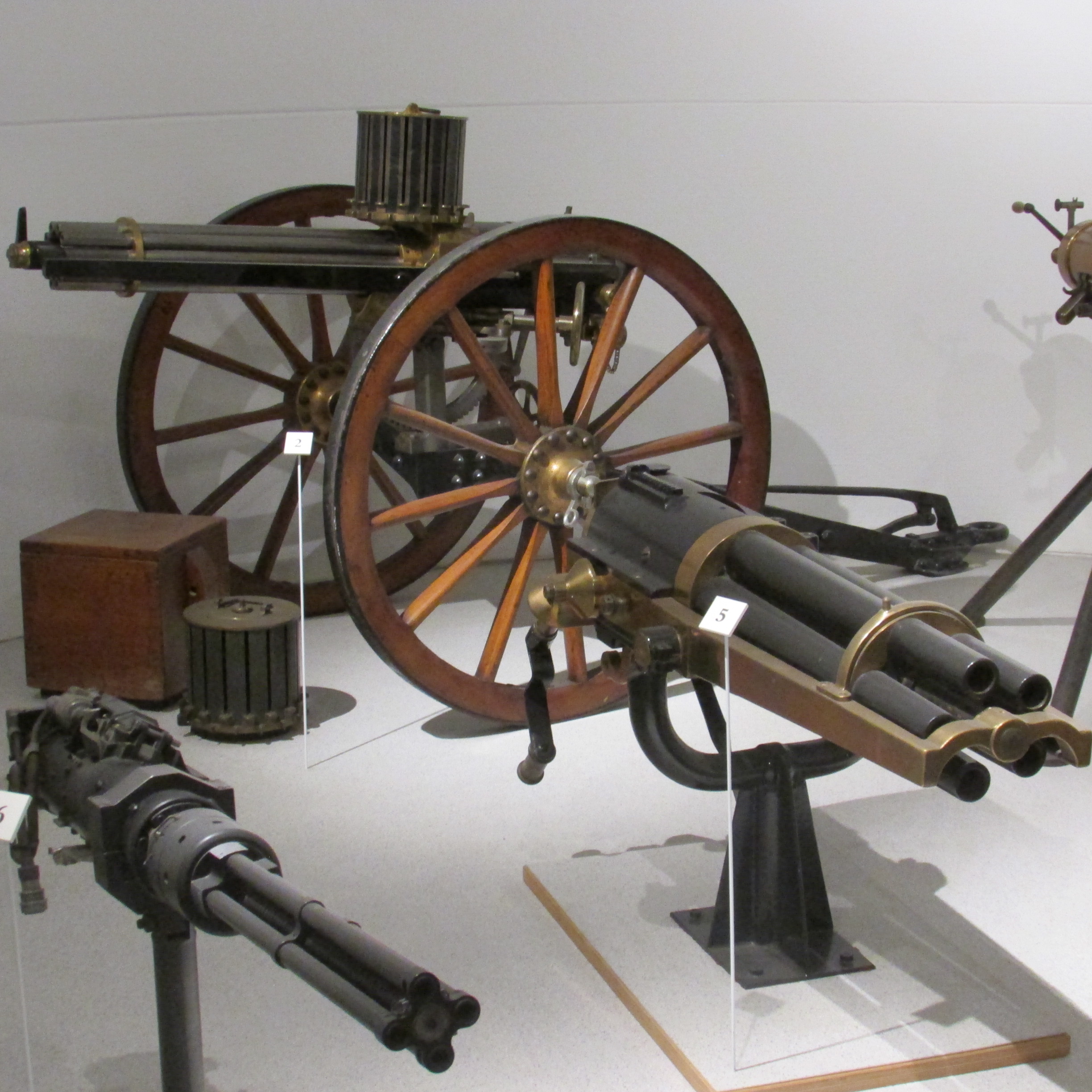
Nidderdale Museum
The Old Workhouse
King Street
Pateley Bridge
HG3 5LE
www.nidderdalemuseum.com
e mail: info@nidderdalemuseum.com
01423 711225
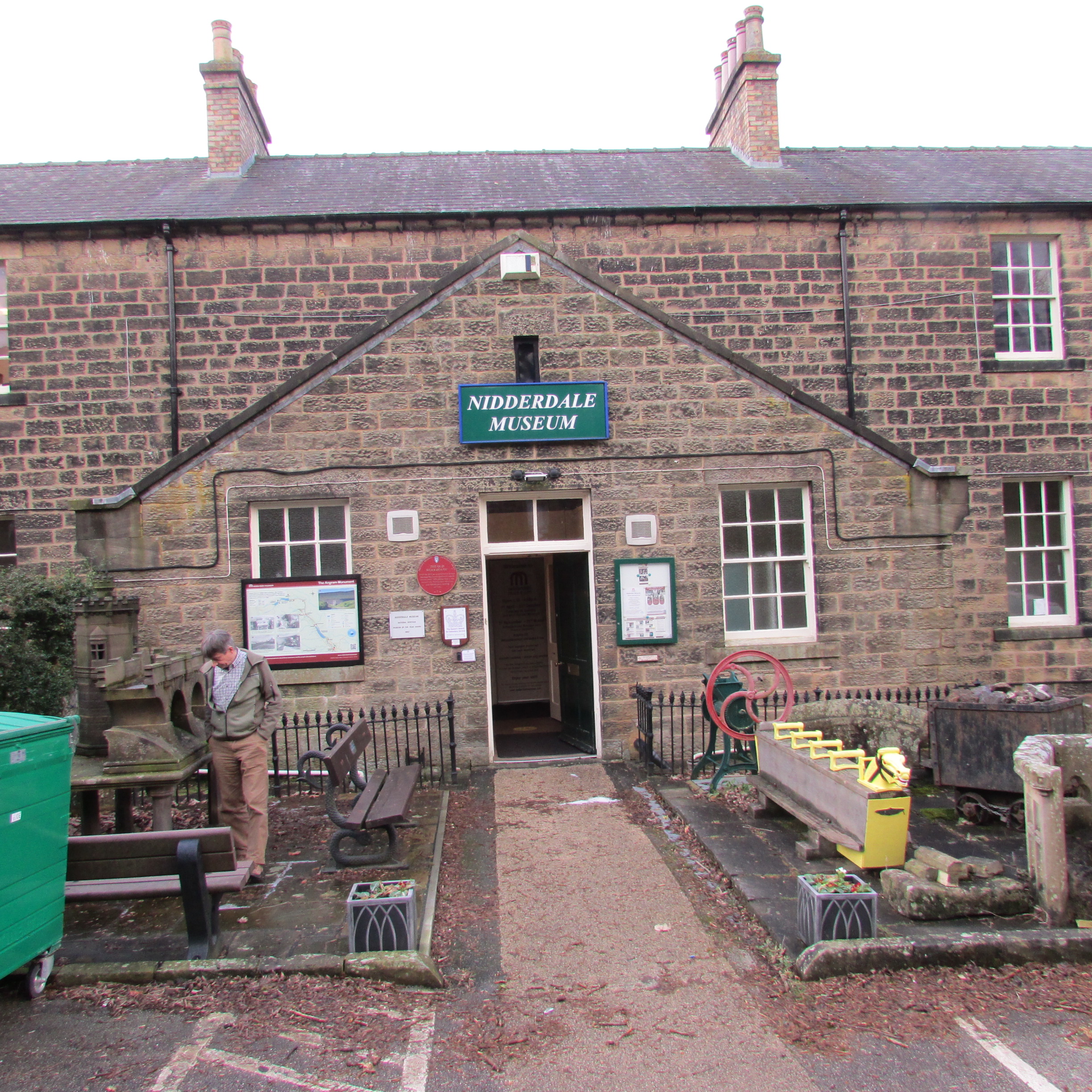
Tucked away in a little back street in Pateley Bridge, where the police station is, you will come
across the Nidderdale Museum. It is set in the old workhouse and is recognised
by a large playground rocking horse, one I remember vividly from the playparks
of my childhood, just outside the front door. Parking is free directly outside,
with a designated accessible parking bay, but there are other parking options
nearby.
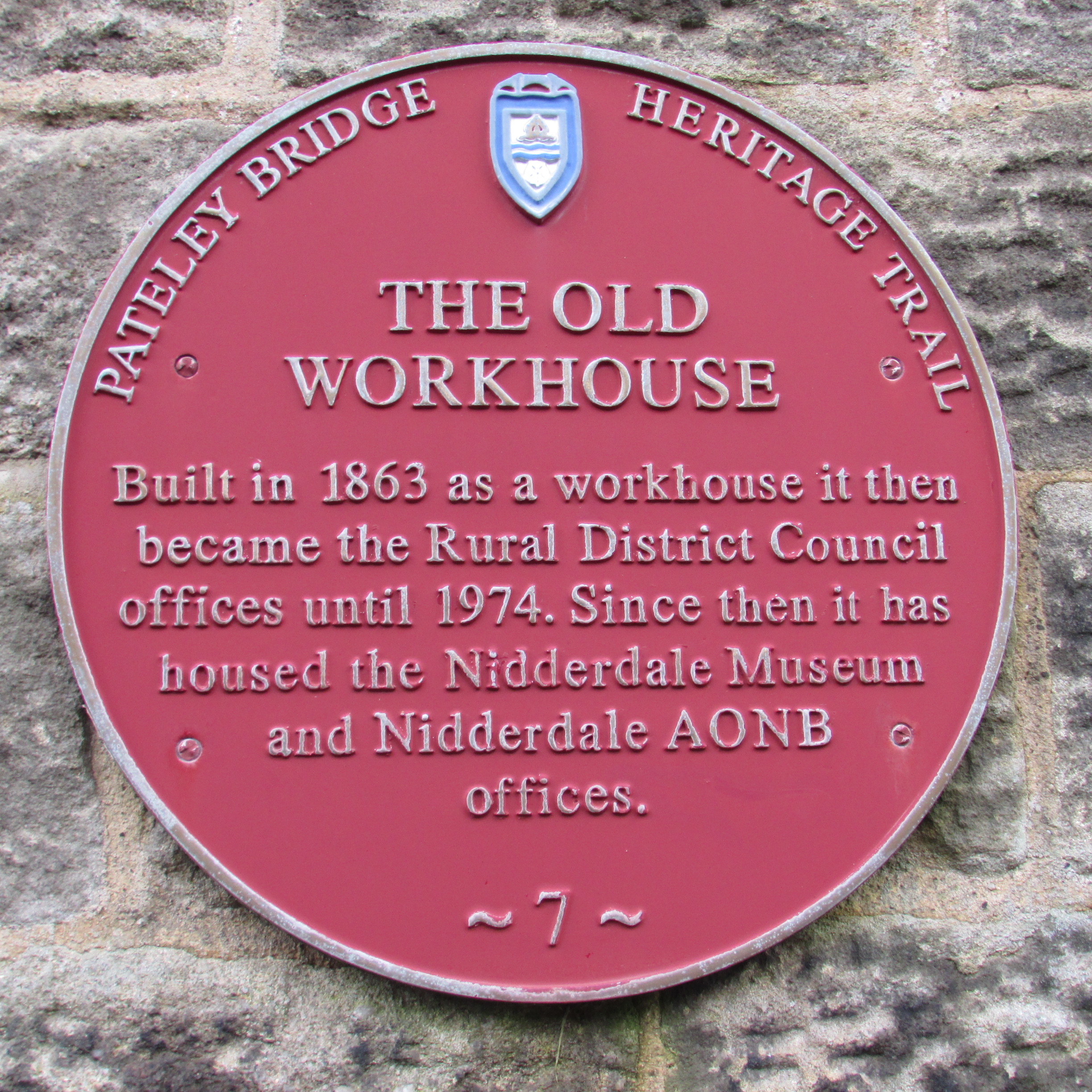
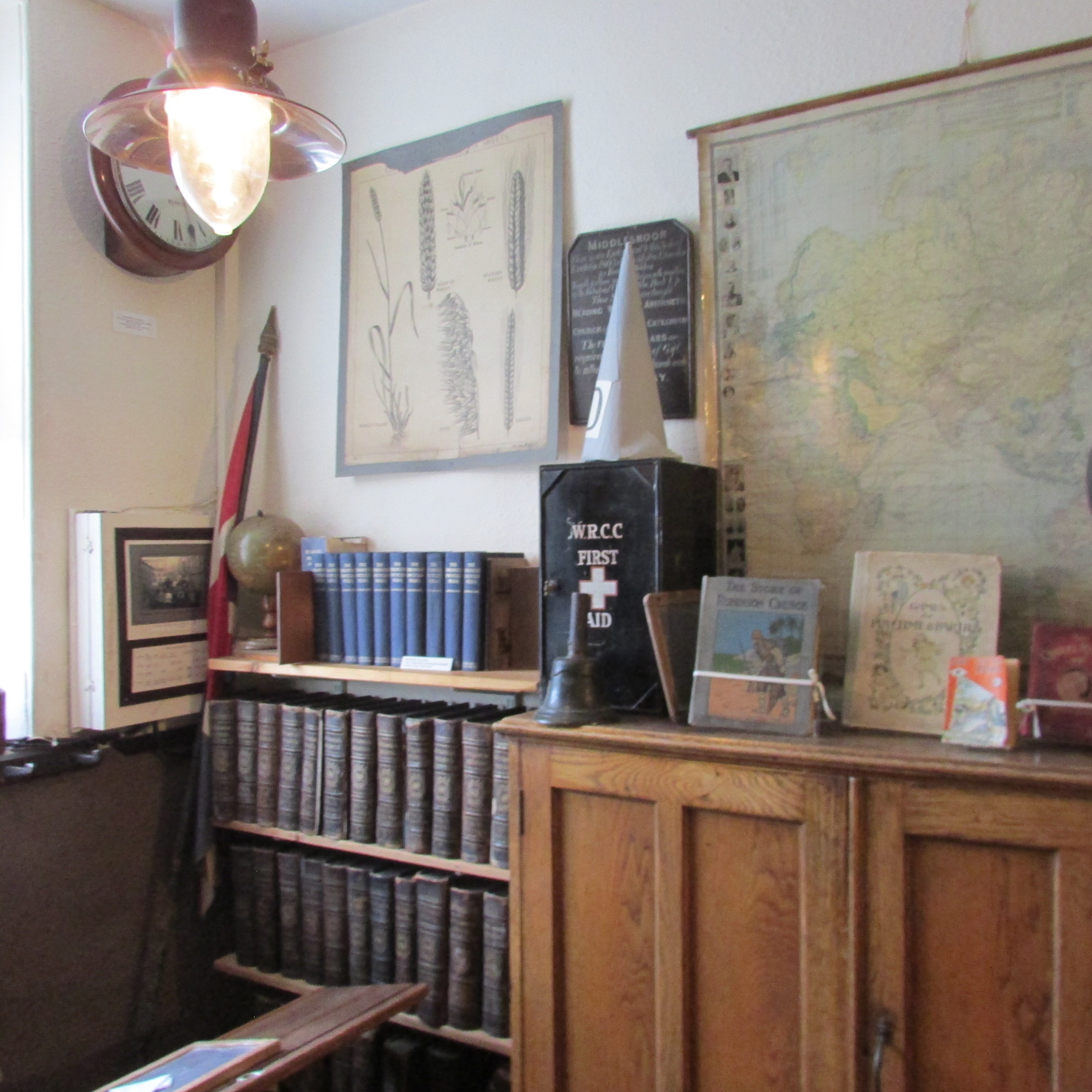
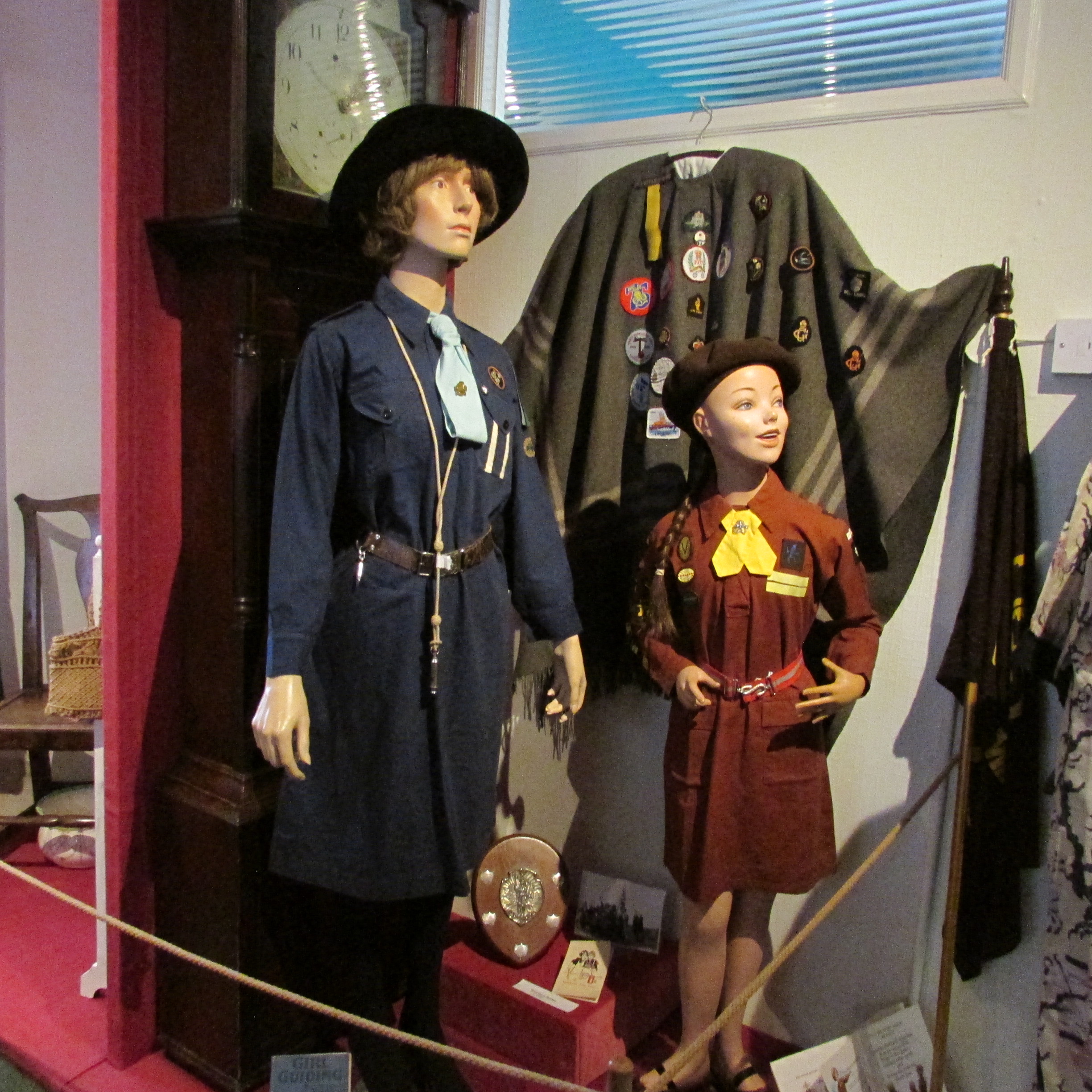
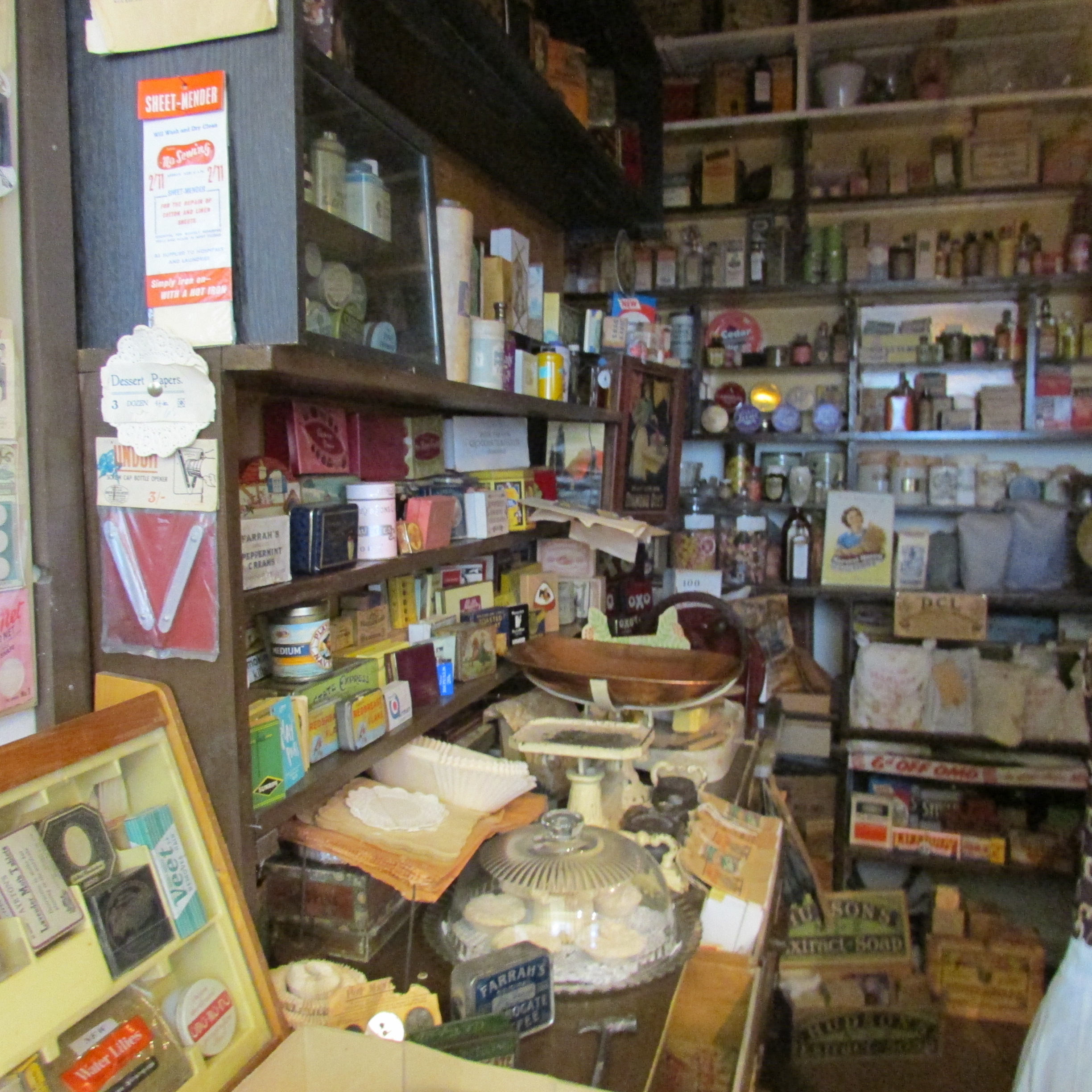
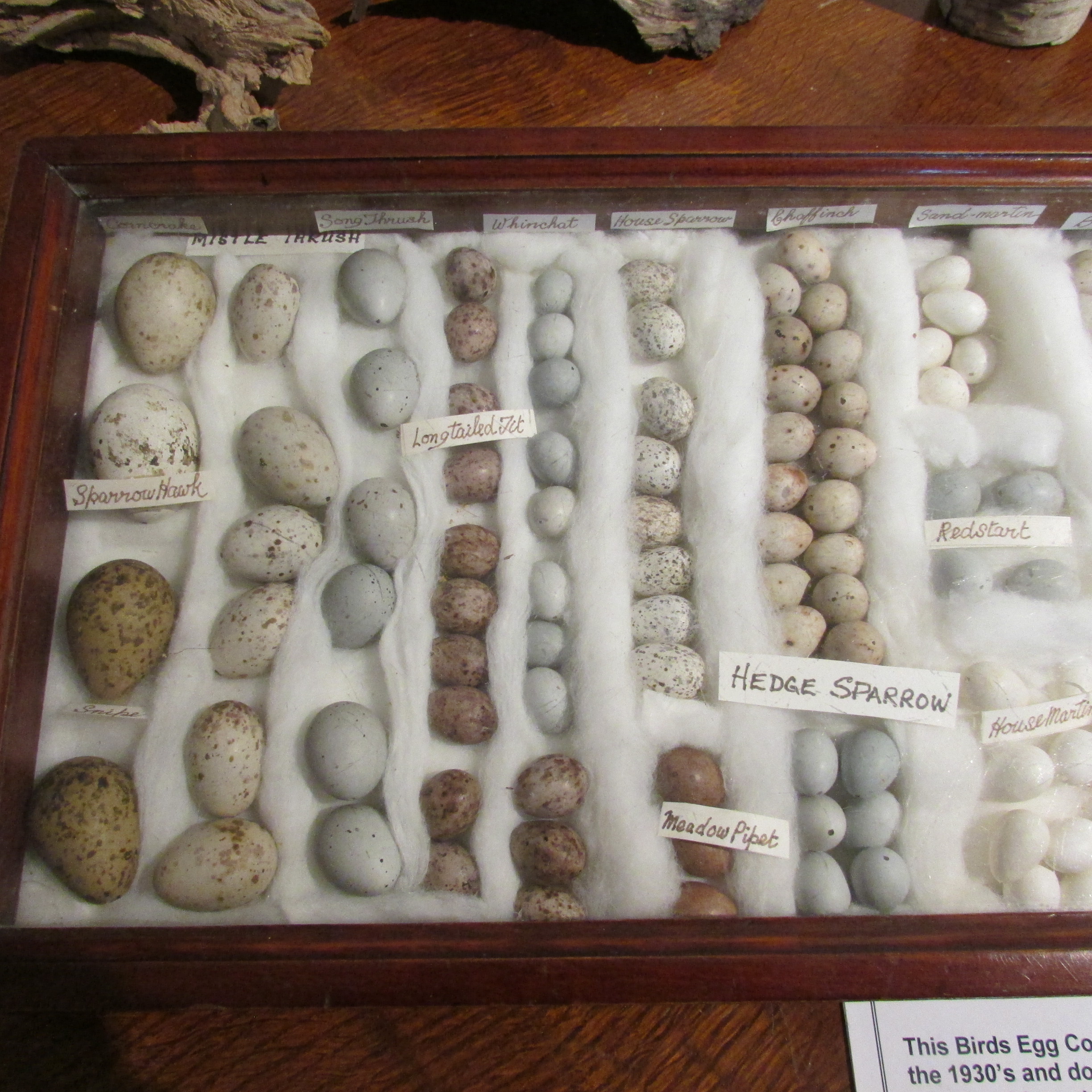
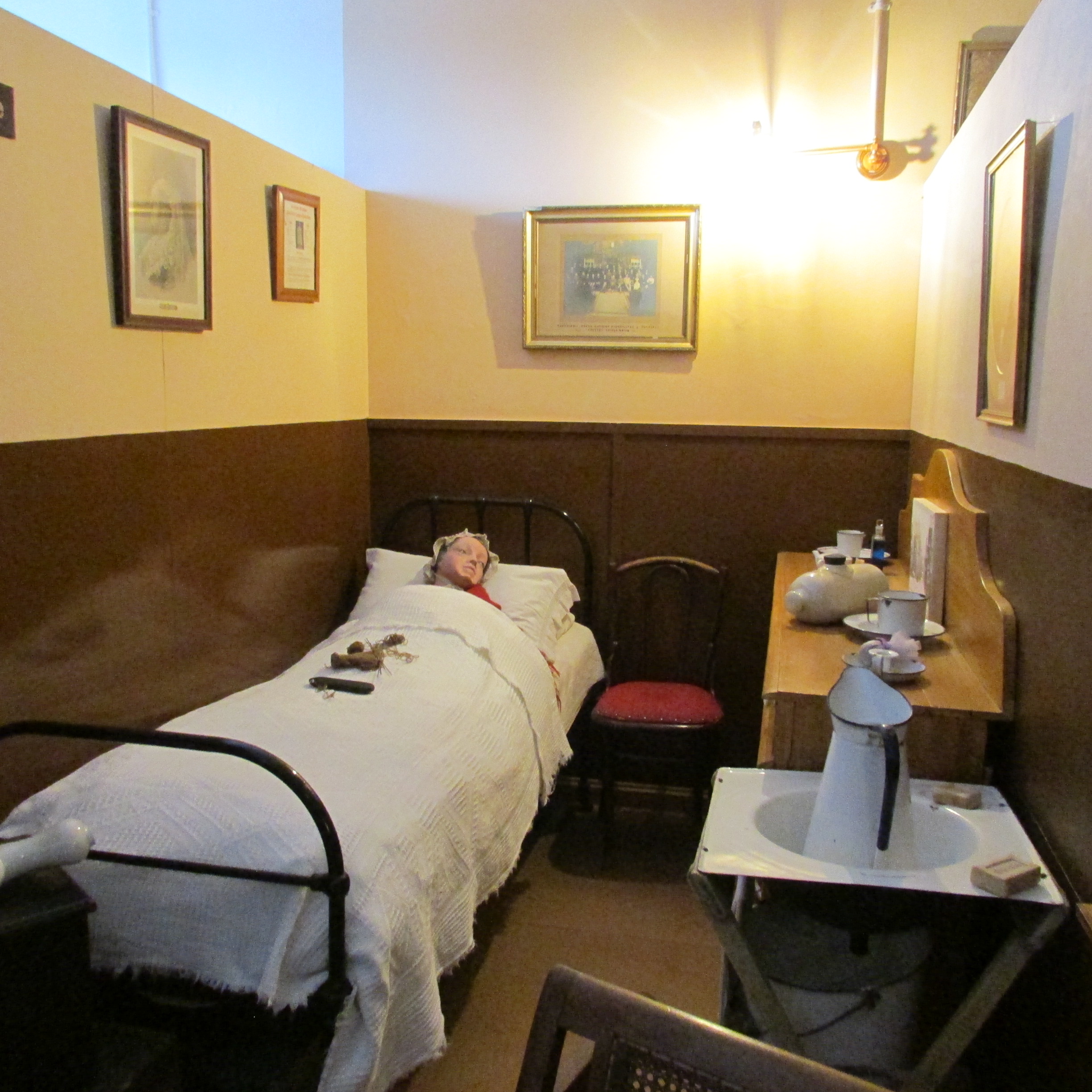
The World of James Herriot
23 Kirkgate
Thirsk
YO7 1PL
Telephone: 01845 524234
Email: mail@worldofjamesherriot.com
www.worldofjamesherriot.com
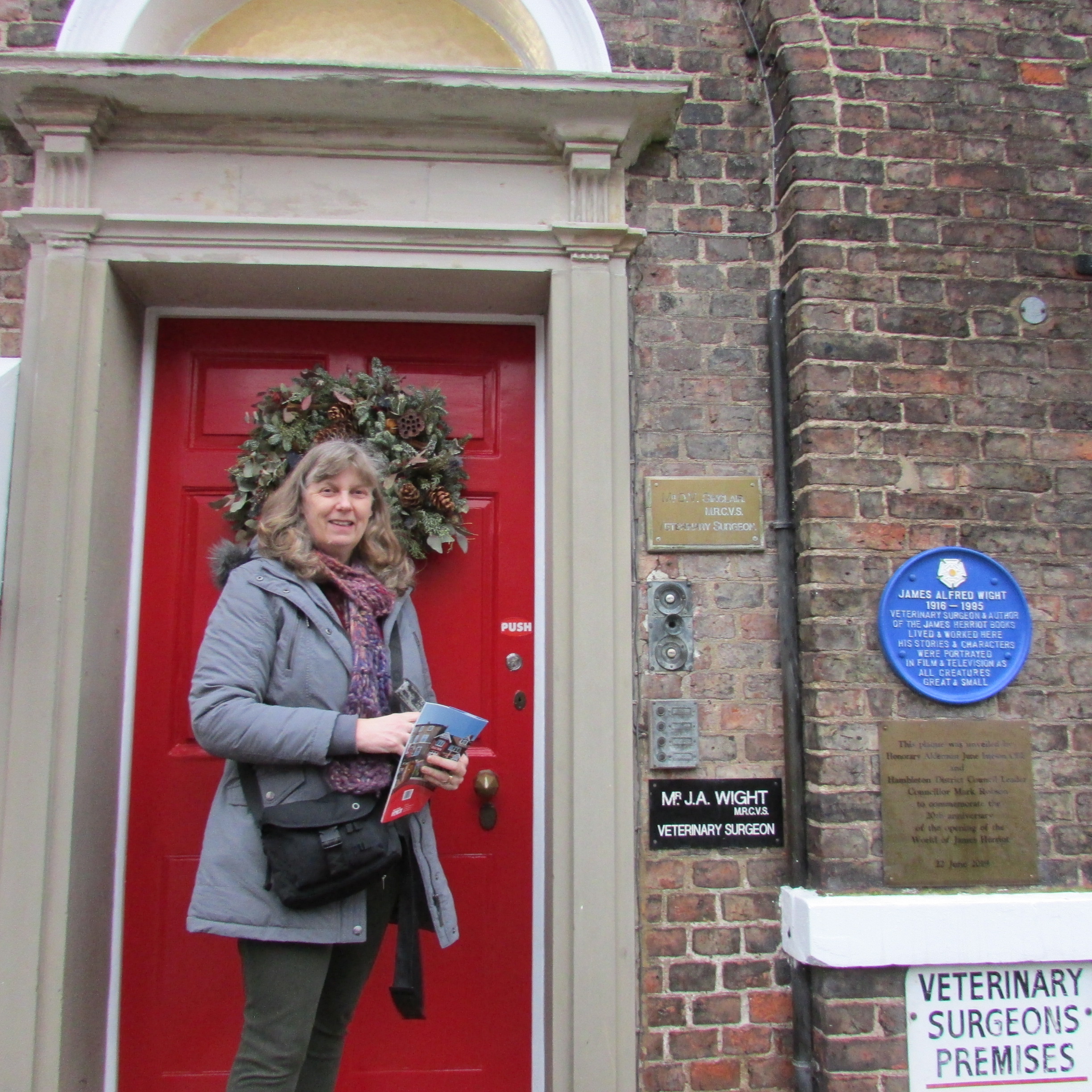
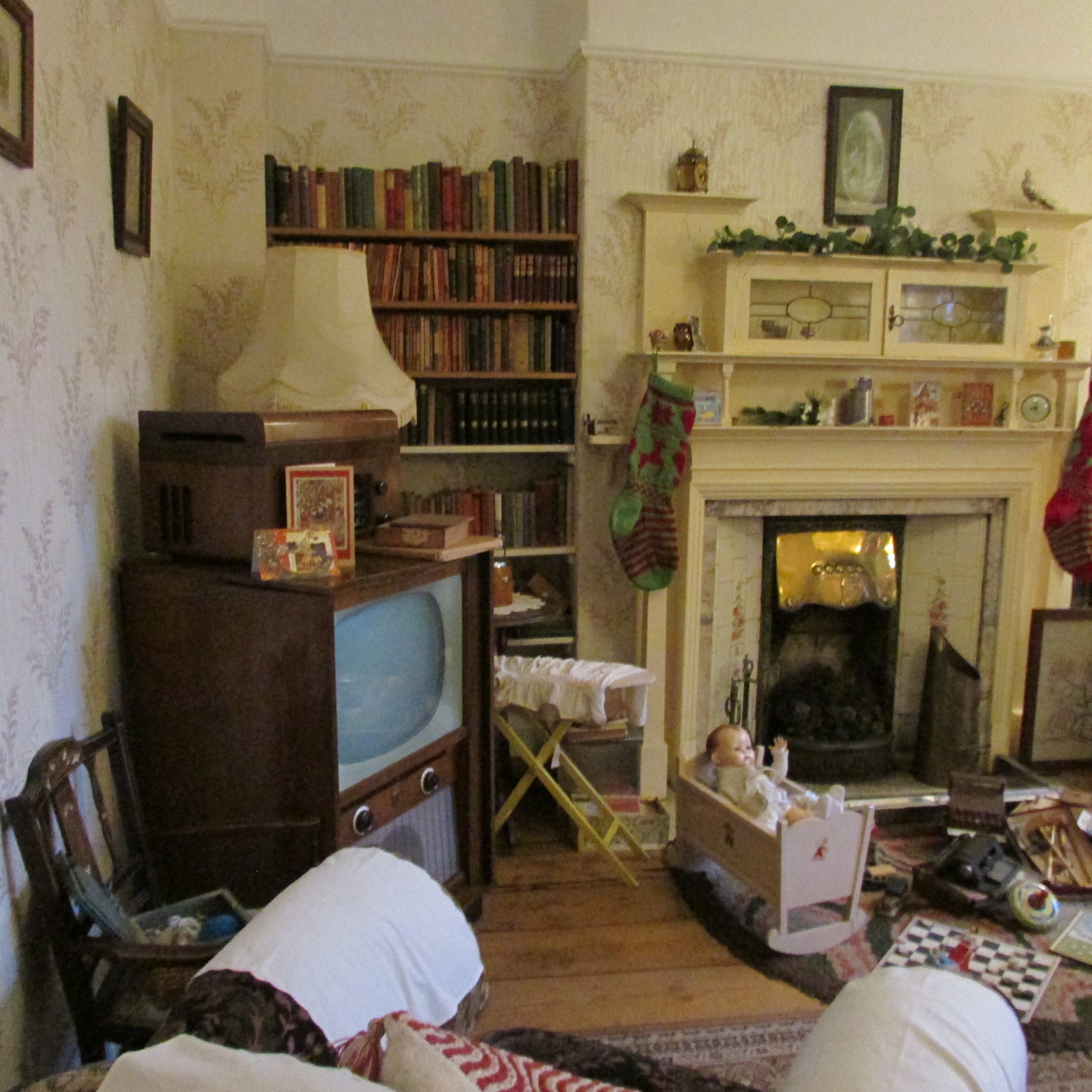
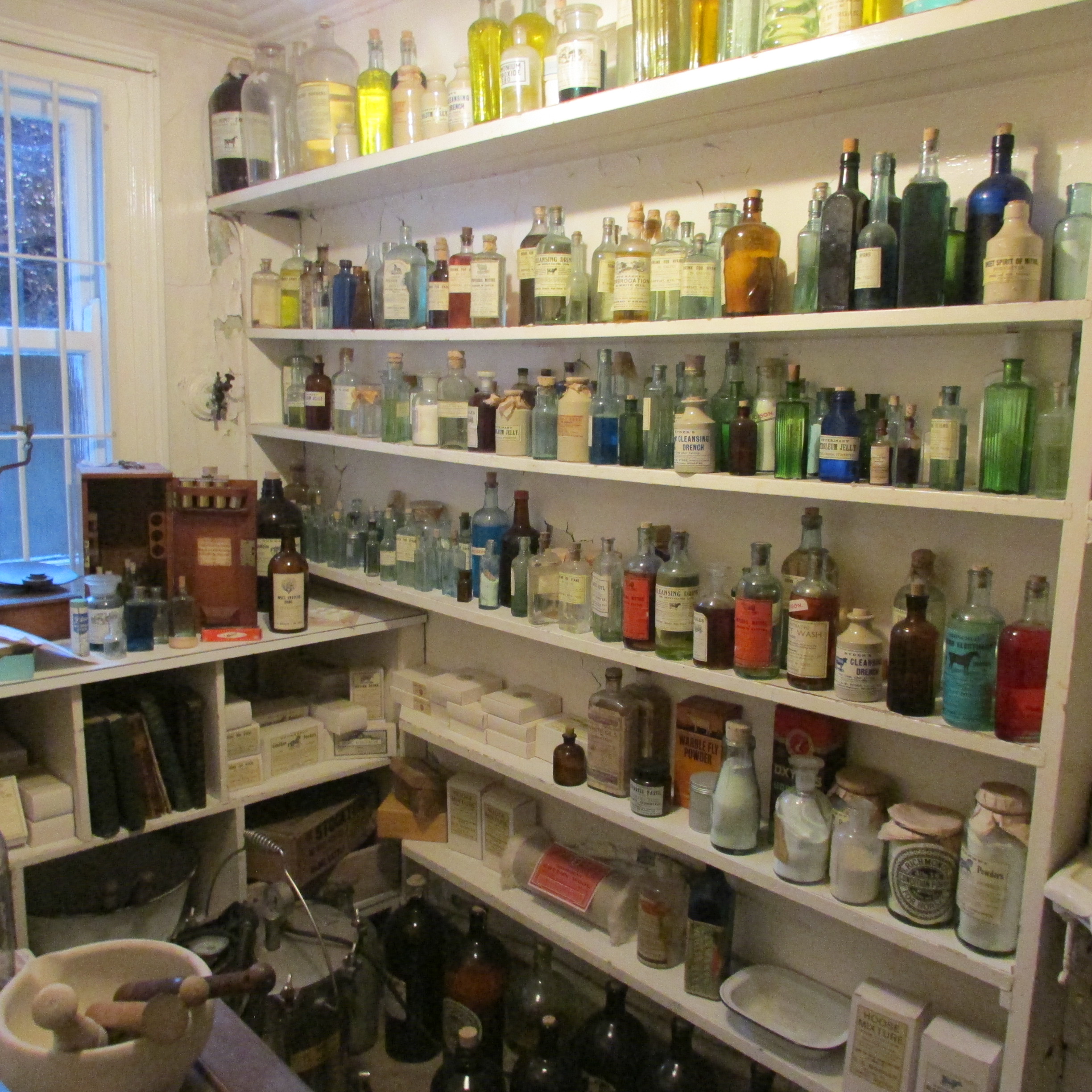
This fabulous museum is set in the original home and former
surgery of Alf Wight OBE, otherwise known as James Herriot, probably the most
famous vet in the world. For those who follow the series ‘All Creatures Great
and Small,’ a visit is a must!
